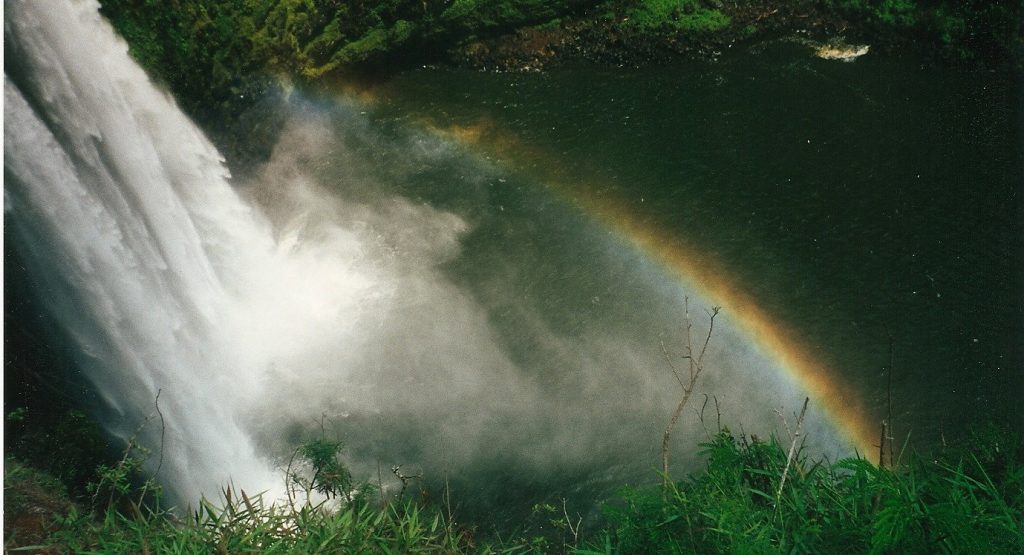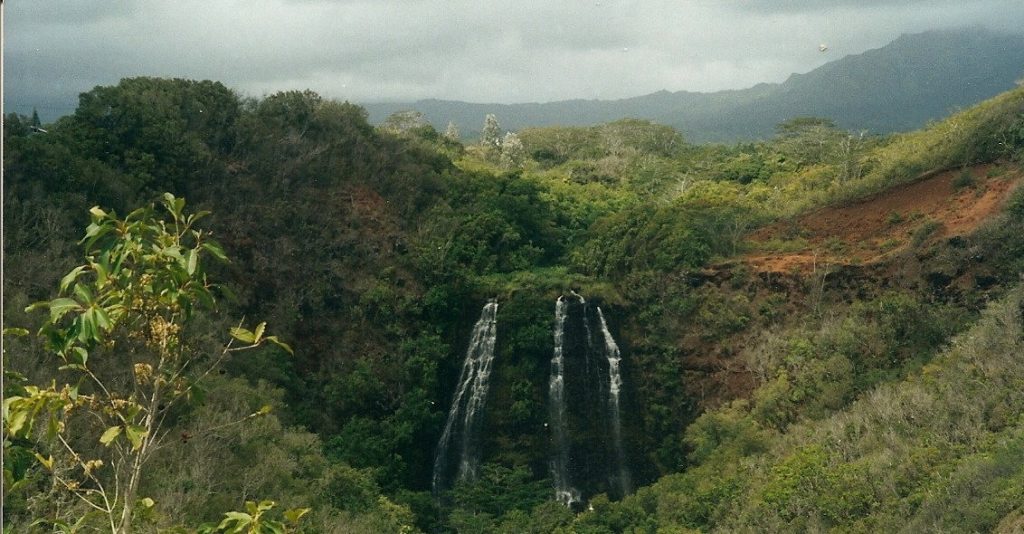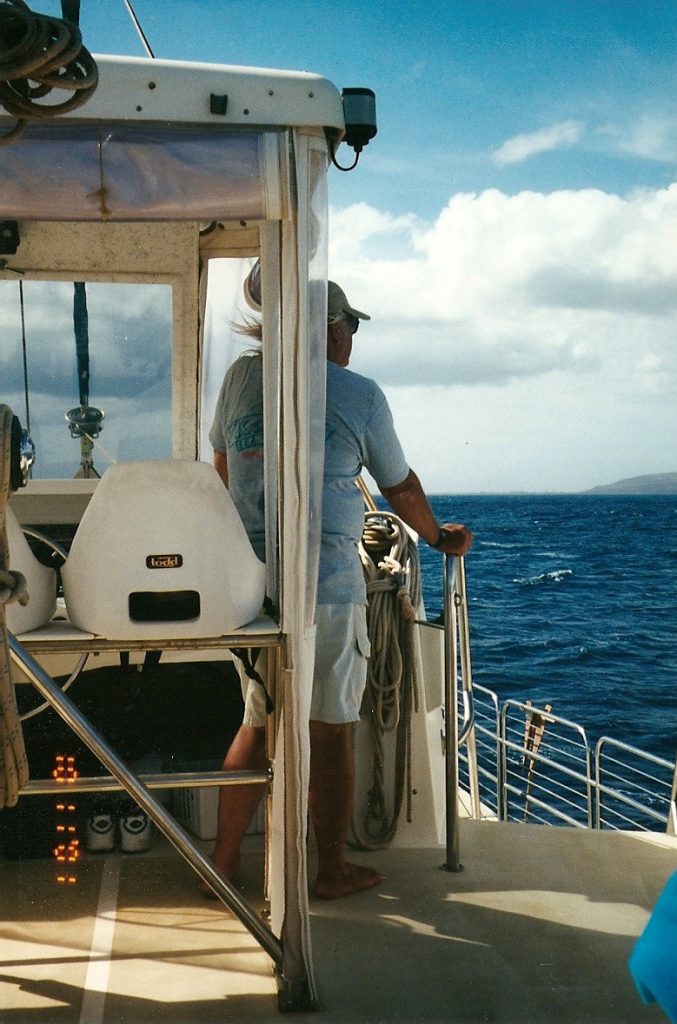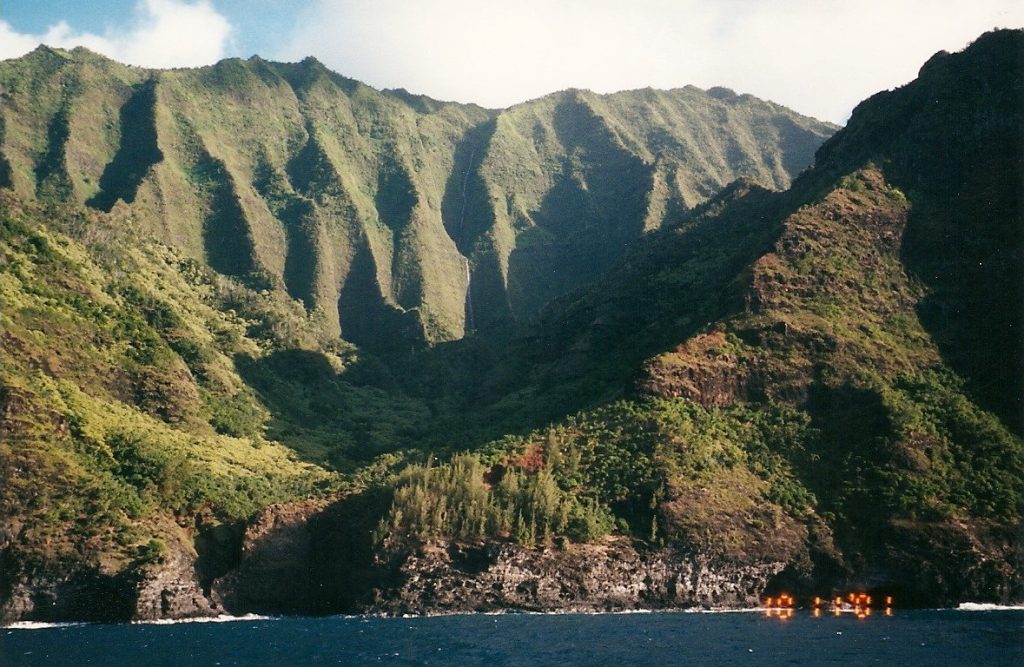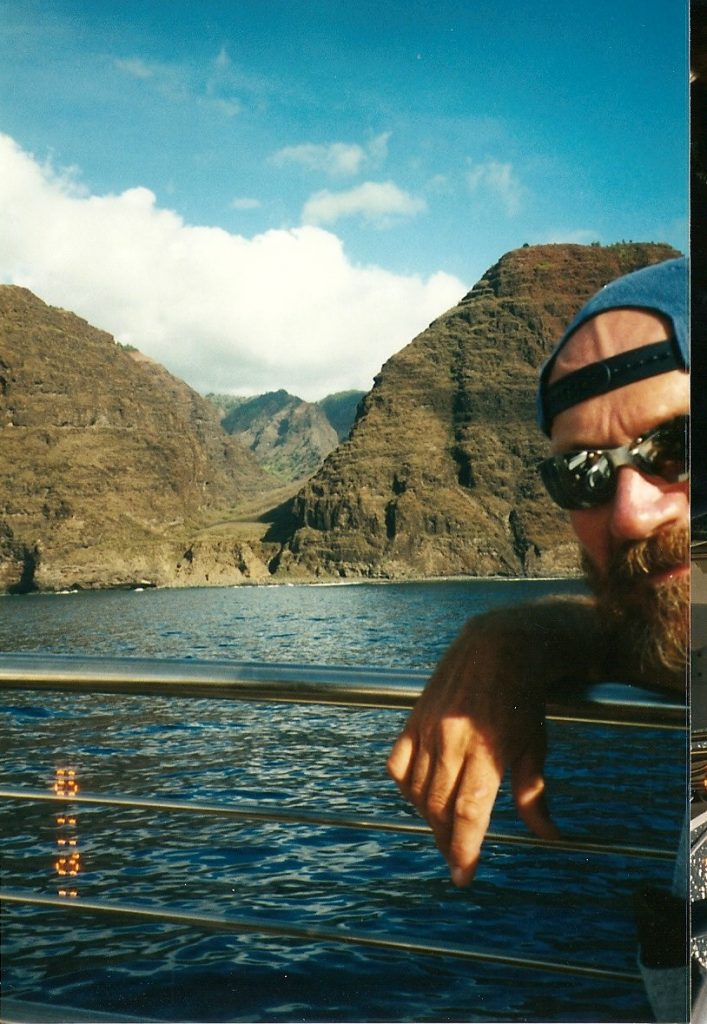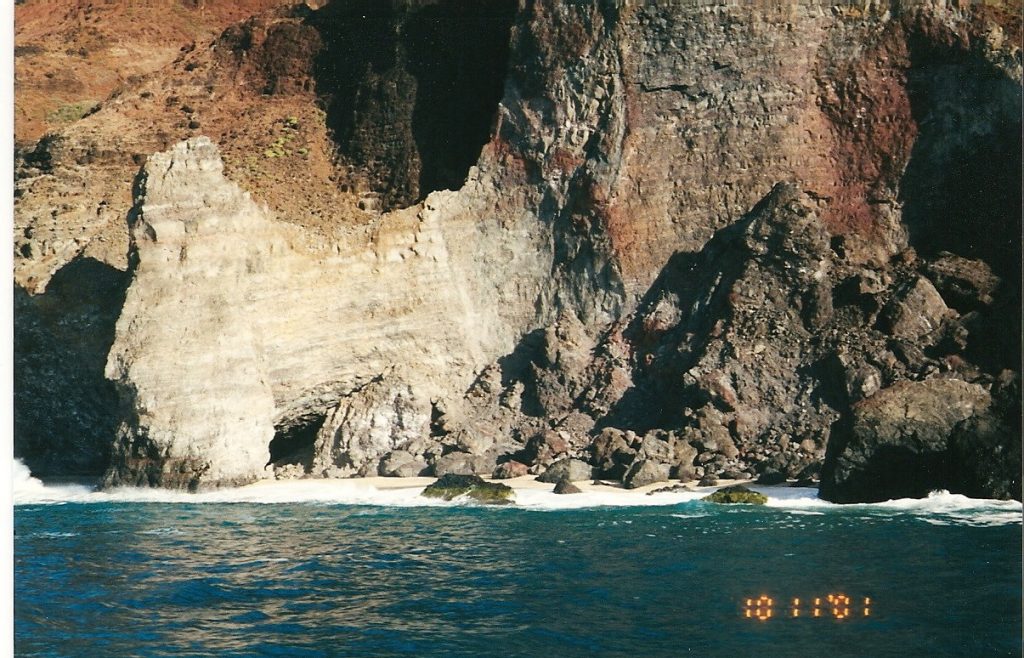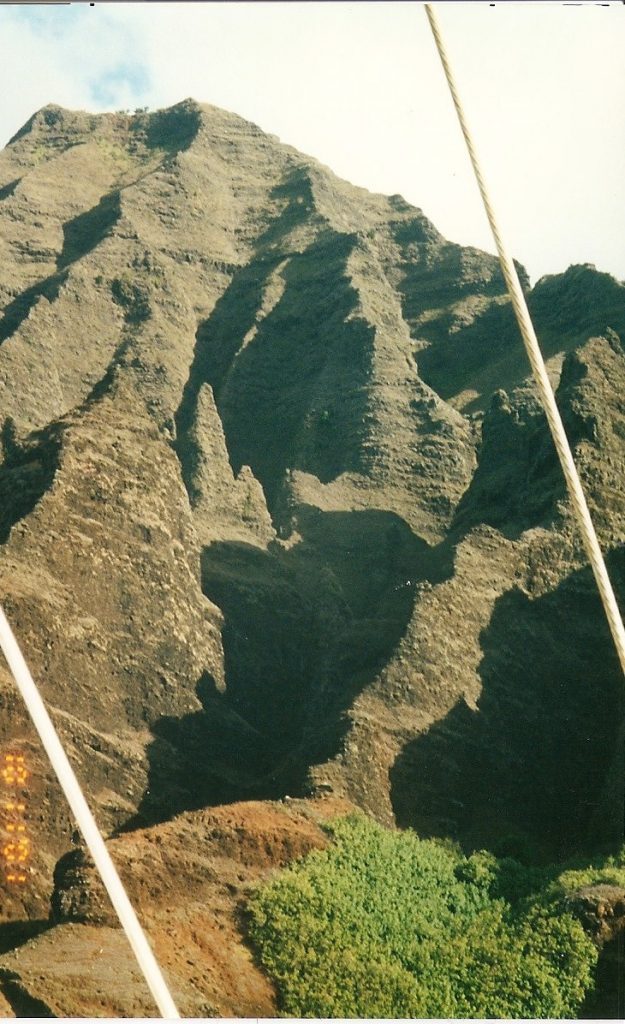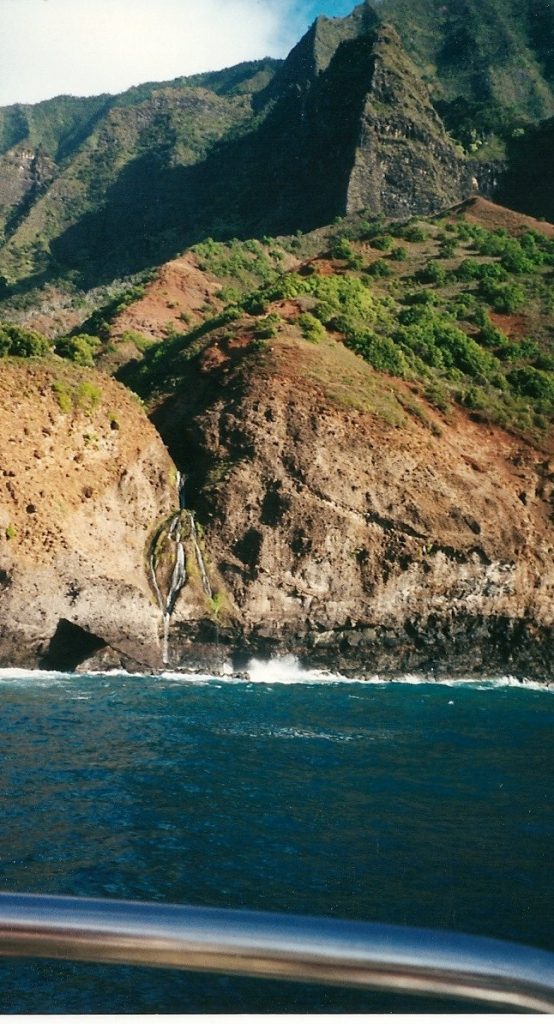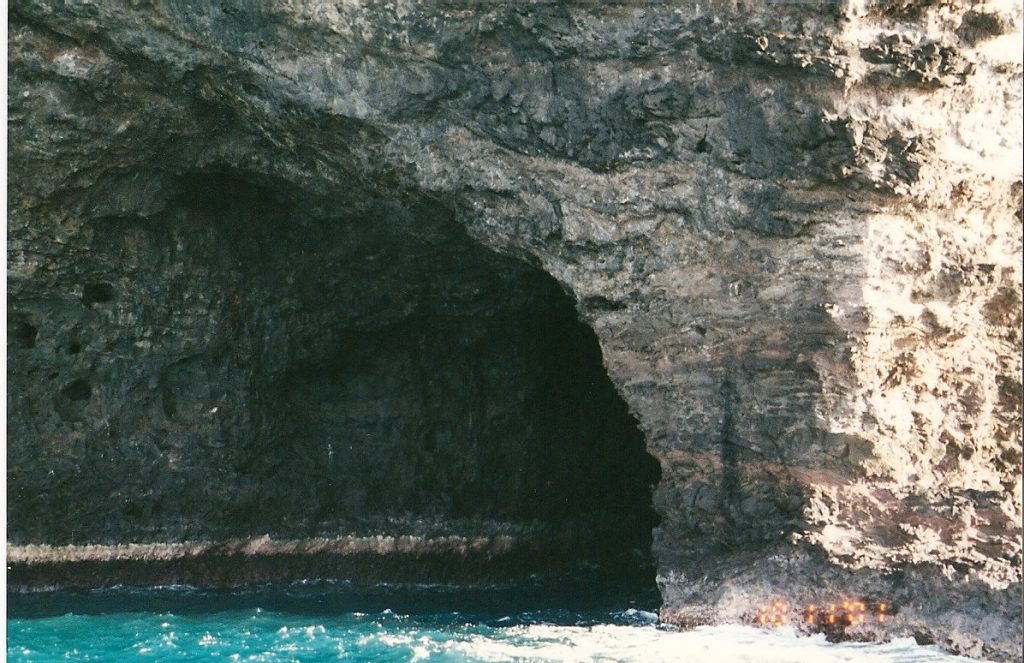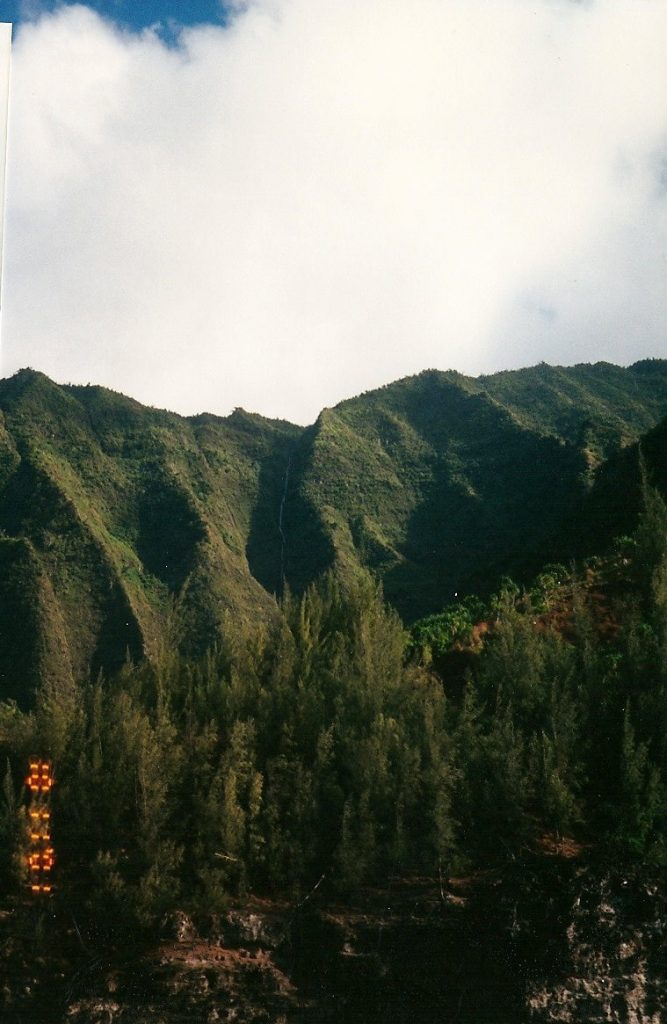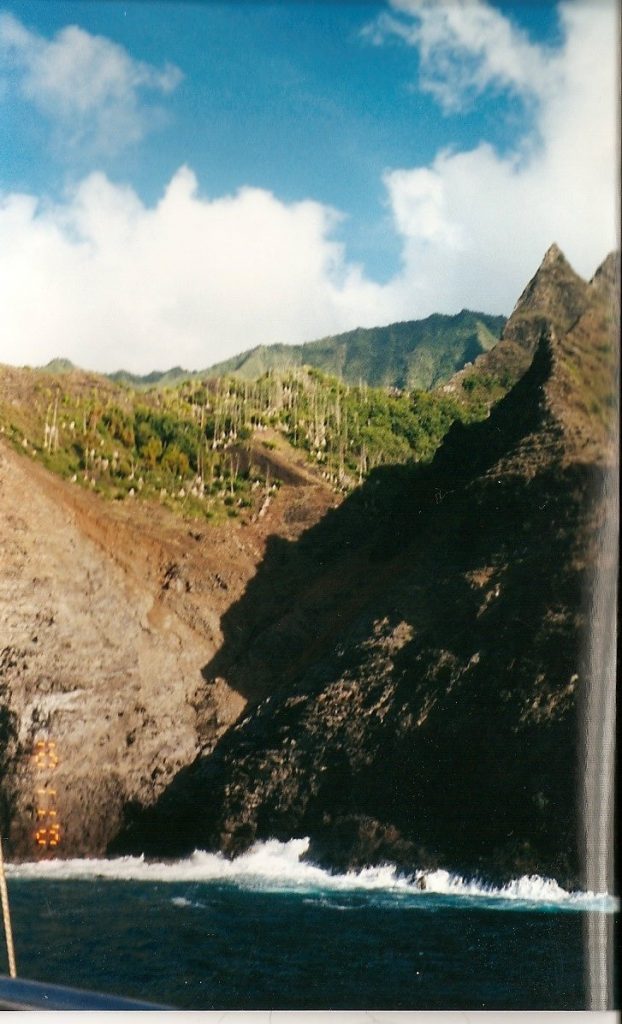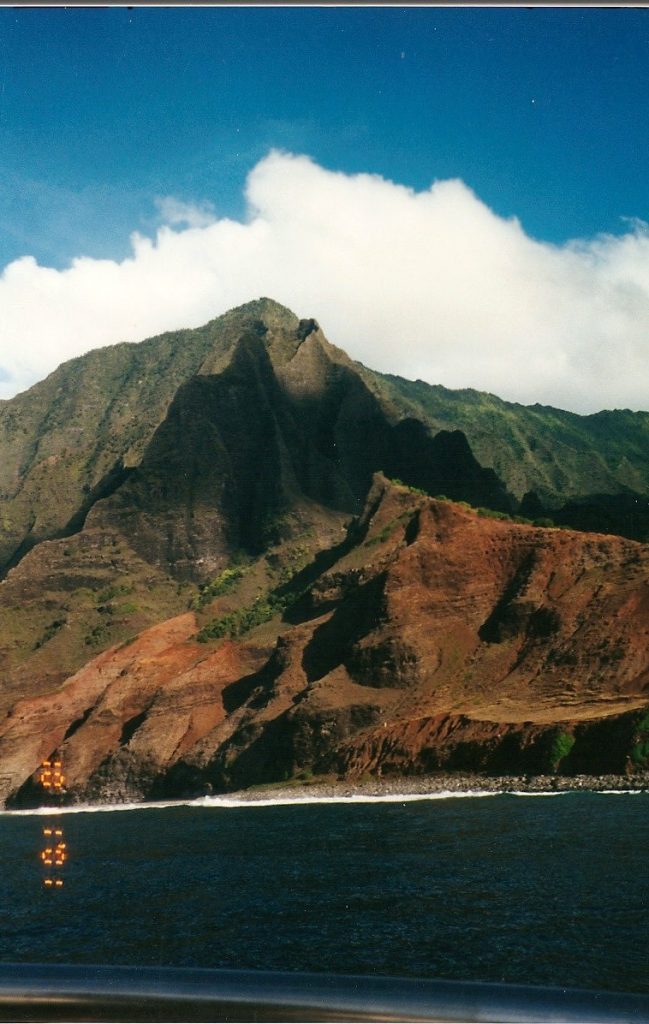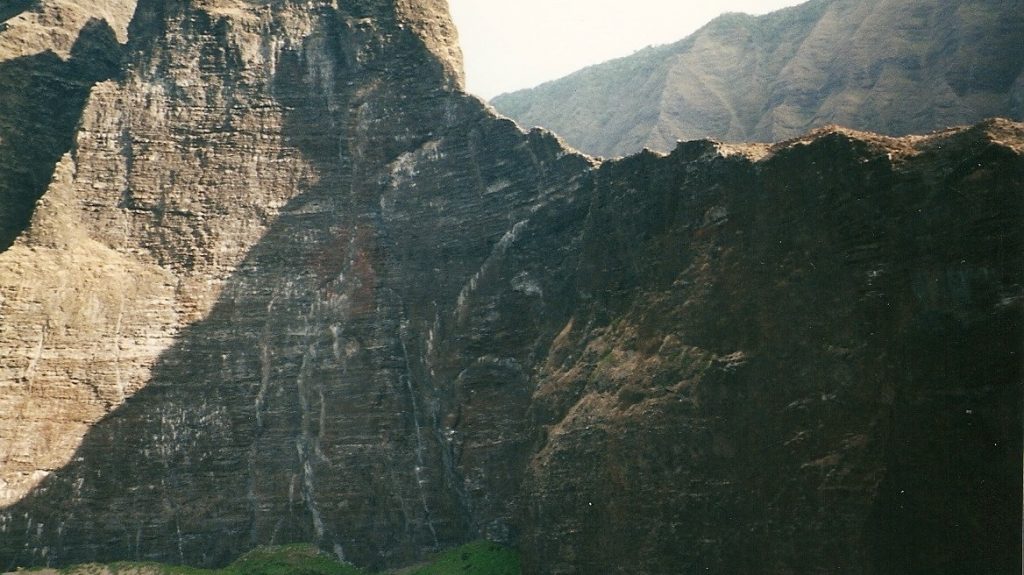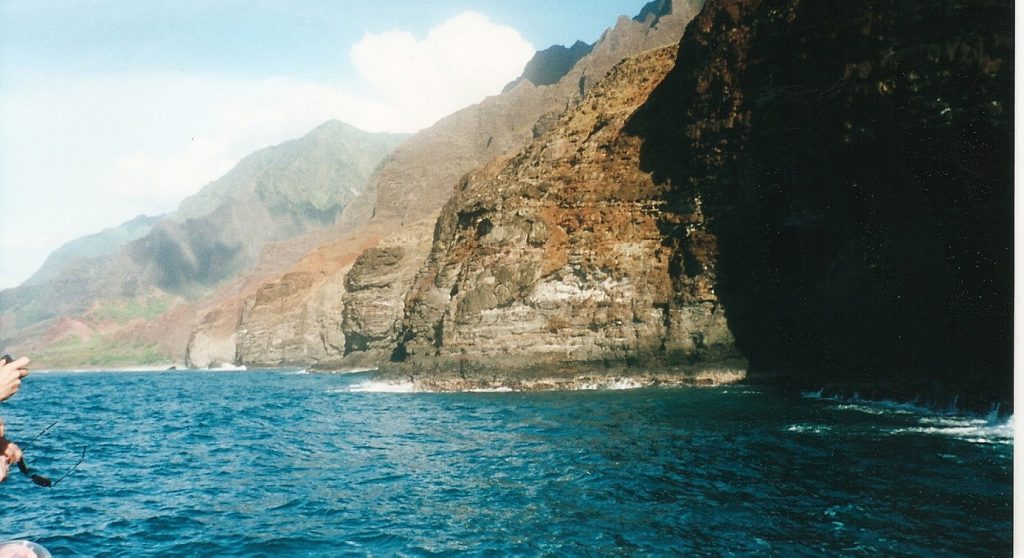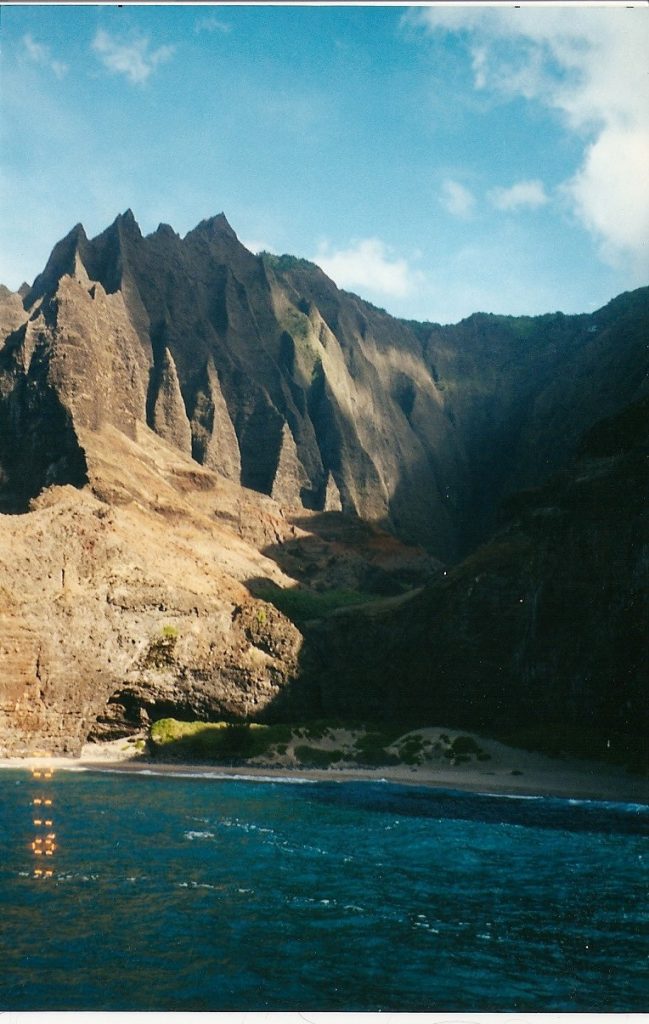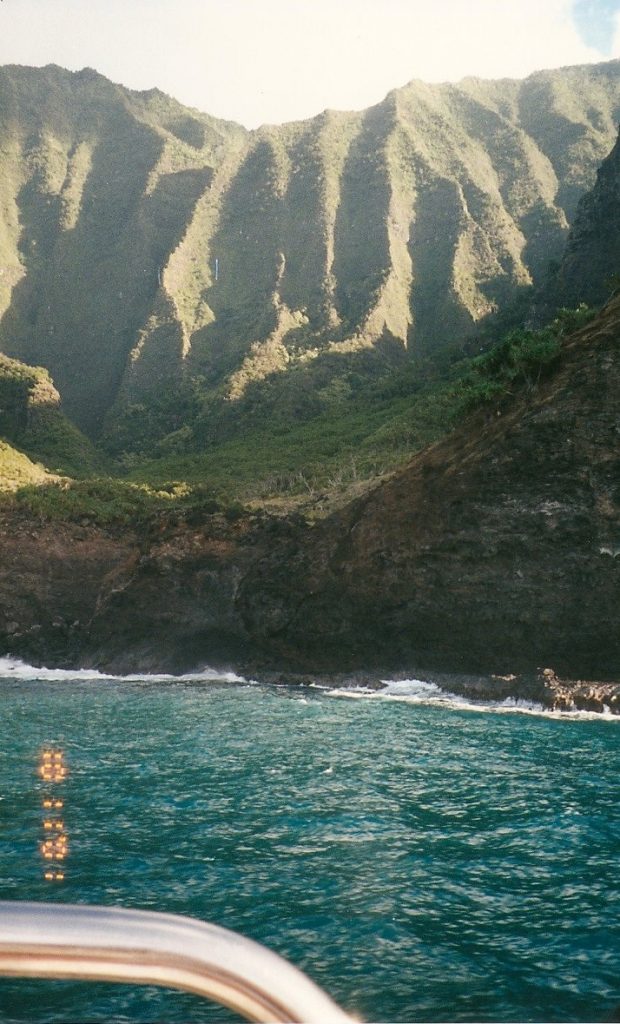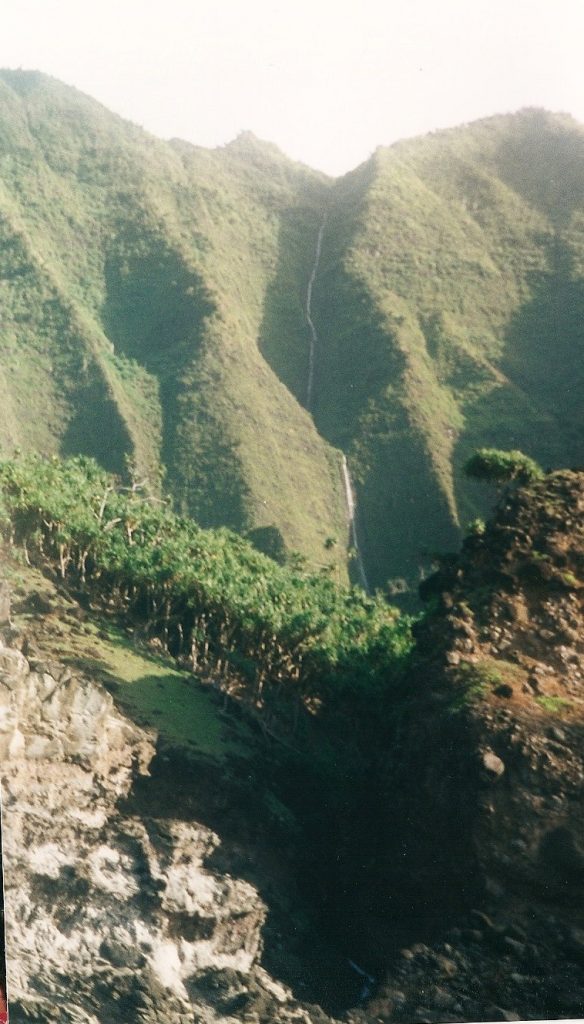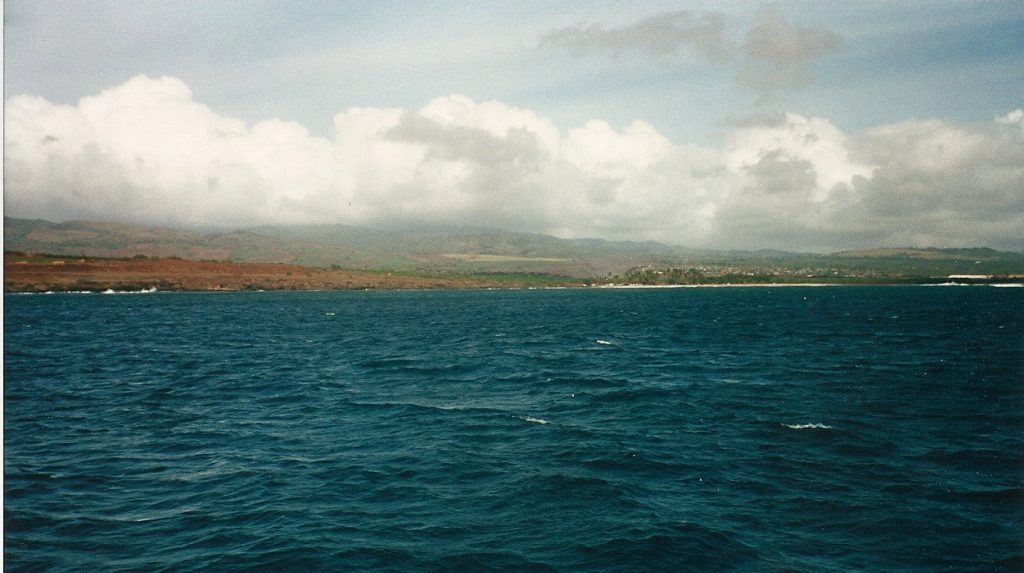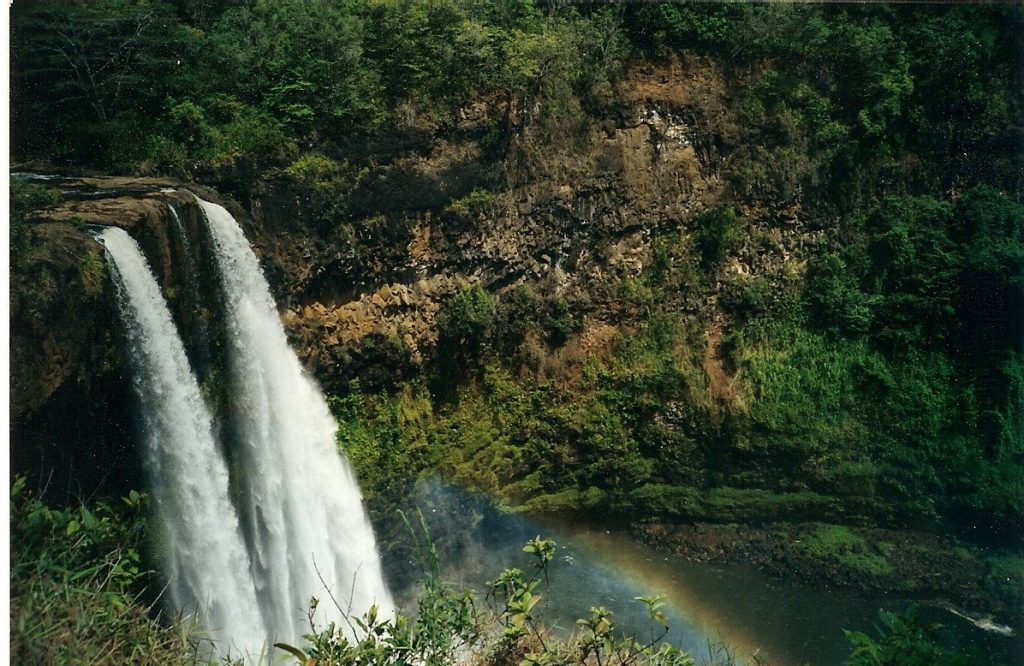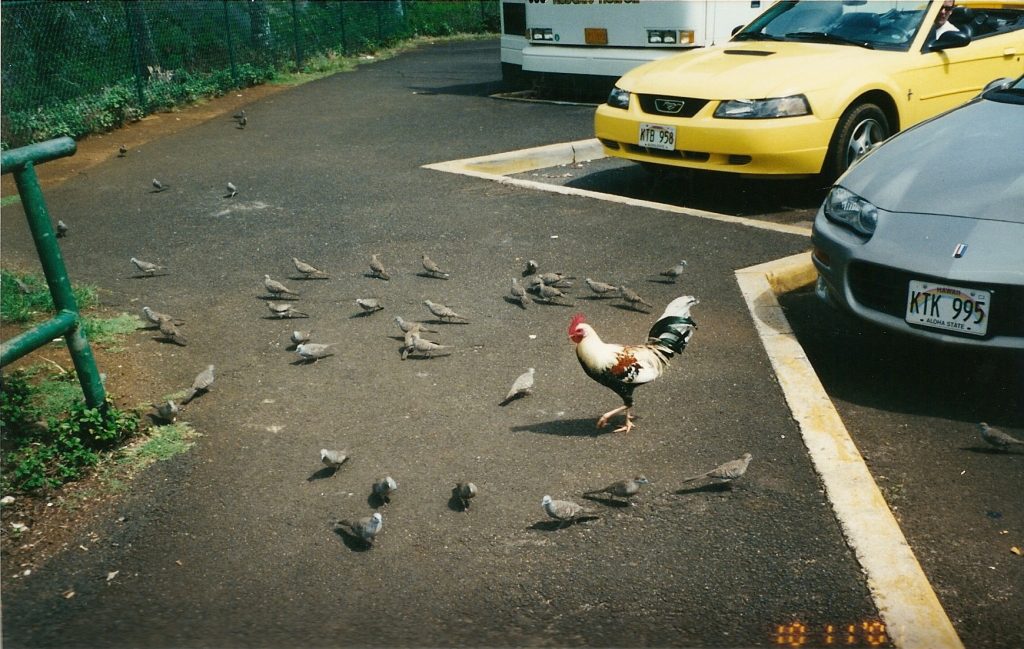We spent a couple of days hanging out on the beach, cooking fresh seafood and making daily trips to the grocery store. It was time for us to travel inland towards the Arenal Volcano, La Fortuna Waterfall and spend a night at Tabacon Hot Springs. Our route took us northwest up the coast where we would make a quick stop in Jaco before making the trek towards our first stop at the waterfall. We crossed the bridge saying goodbye to the alligators before stopping at the market for some road snacks then hopped on route 34 passing quaint little coastal towns along the way.
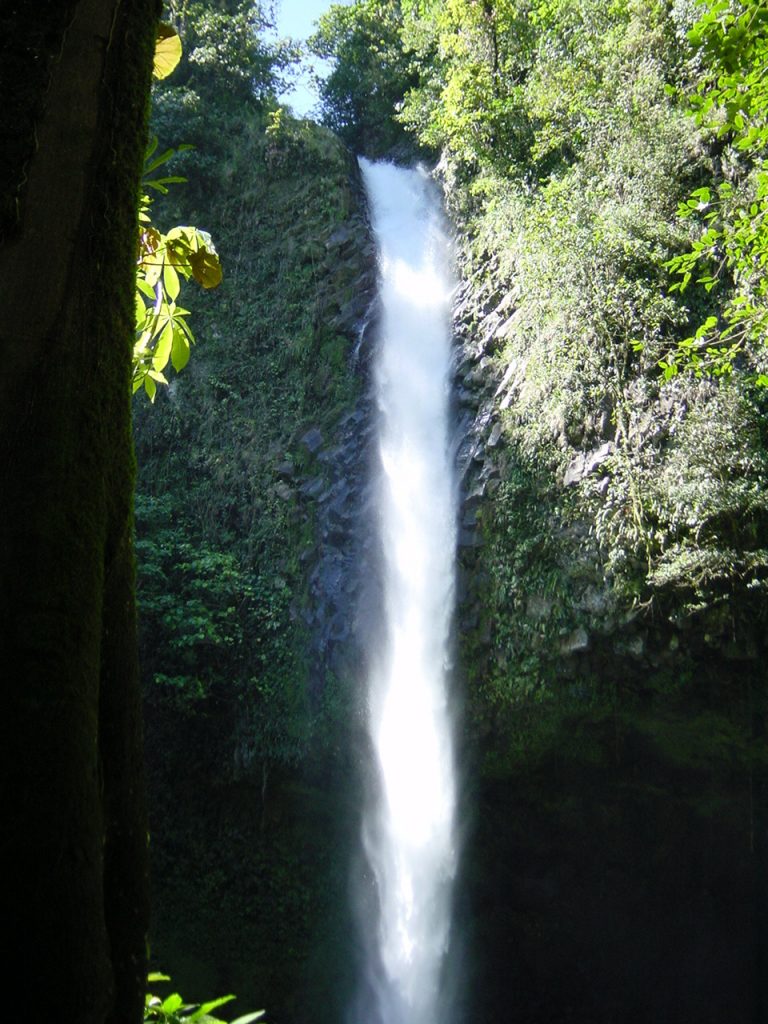
La Fortuna was an impressive 200 feet tall and we couldn’t wait to see one of Costa Rica’s most beautiful waterfalls. The roar of the falls could be heard before we reached this magnificent cascade. This spectacular force of nature is one of the most popular sites in Central America. It didn’t take us long to descend the steps to the rocky base but took note that somehow we would have to make our way back the way we came down.
We had packed a picnic, so we found a space to admire the waterfall and the incredible mist that called us to take a swim. I couldn’t help but test out the water, but even in the tropics, I was surprised the water was so cold and decided against jumping in.
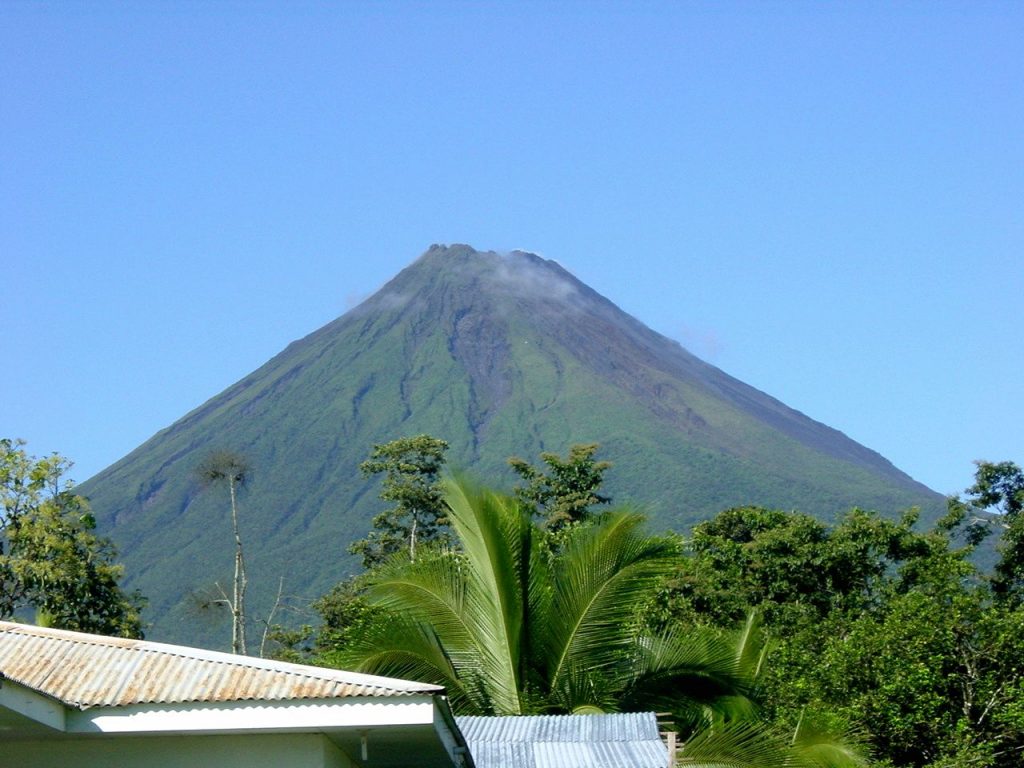
It was difficult to break away from this magical spot, but we wanted to hike up to the Arenal Volcano where we would find several viewpoints and scenic lookouts. The national park is the second most visited in the country and for so many reasons. This was once the most active volcano in Costa Rica, but it has remained dormant since 2010. The last time Arenal exploded was 1968 which destroyed the towns of Tabacon and Pueblo Nuevo. At the time of my visit in 2006, there were rumors that the top could blow off at any moment, but we decided not to let that stop us.
I was pleasantly surprised that there were only two trails and that they were so short with the maximum length measuring 2.1 miles. Hikers can pass through lava beds from blasts from the volcano’s past and capture scenic views of Lake Arenal.

While the hike in the park has a beautiful scenic area we decided to visit the Arenal Observatory for views of the volcano and lake. Both were stunning, impressive and worth the detour.
Lake Arenal is Costa Rica’s largest lake measuring 33 square miles. There are a wide range of activities that revolve around this large, man-made body of water such as boating, windsurfing, hiking, biking and of course spectacular fishing. Arenal is known for its guapote, a local fish with sharp teeth and aggressive attitude. I was surprised to learn that the ancient villages of Tronadora and Arenal are actually below the current lake, while newly built hotels around the volcano offer spectacular views and luxury accommodations.
![]()
It was getting late and we stopped at the Tabacon Hot Springs before checking into the Thermal Resort & Spa for the night. Sitting under the grandeur of Arenal Volcano, this gorgeous hideaway is the perfect location for exploring and experiencing the natural pools of Costa Rica. Visitors are not required to stay at the resort to enjoy a day of pampering and can book a day pass. While the Resort and Spa are family friendly, the Shangri-La Gardens is more private and accommodating for an adults-only experience.
The thermal spa was perfect for soothing our muscles after a long ride in the car and the luxurious bed was the perfect spot for an amazing night’s sleep, and what a restful night it was.
Have you visited Costa Rica? What was your favorite place and do you have any recommendations for where to spend my next stay in this beautiful country? I would love to hear from you if you would leave a message in the comments section below. Many thanks for reading about my journey through central Costa Rica and wishing you many Happy Travels!
What to See and What to Do:
La Fortuna Waterfall
Alajuela Province
La Fortuna, Costa Rica
Telephone: 506 2479 9515
- Admission Fee: 18 US dollars to enter
- Hours: All year around from 7AM to 5PM
- Amenities: third party tours provide more details; check Viator for more information
- Length of Visit: 1 – 2 hours
- Tips for Your Visit: Wear comfortable shoes for walking. The busiest time is midday and early afternoon, so it is suggested to arrive in the morning.
Arenal Volcano
Alajuela Province, Costa Rica
Lake Arenal
Arajuela Province, Costa Rica
Tabacon Thermal Resort & Spa
Noreste de Centro de la Fortuna de San Carlos 13 Km
Provincia de Alajuela, Nuevo Arenal, Costa Rica
Telephone: 877 277 8291
- Admission Fee: No charge to visit the hot springs at the resort.
- Hours: Check with the resort for hours of operation
- Length of Visit: 1 – 2 hours
- Tips for Your Visit: Wear comfortable shoes for walking and bathing suit for enjoying the hot springs.
Where to Stay:
Tabacon Thermal Resort & Spa
Noreste de Centro de la Fortuna de San Carlos 13 Km
Provincia de Alajuela, Nuevo Arenal, Costa Rica
Telephone: 877 277 8291
Where to Eat:
Jaco:
Los Mahi Tacos de Cholo
Centro Commercial Urena, Local 3
Avenida Pastor Diaz Diagonal a Calle El Bohio
Jaco Central, Jaco, Garabito Municipality
61101 Costa Rica
Telephone: 506 8741 0562
La Fortuna:
Spectacolar Cantina
Meters west from La Fortuna Church 125
Arenal Volcano National Park
La Fortuna de San Carlos 21007 Costa Rica
Telephone: 506 8569 7676
What to Eat:
- Arroz con Leche is translated to rice with milk and is a popular dessert in Costa Rica. Additional ingredients include milk, cinnamon, salt and lemon zest, making this a delicious end to your meal.
- Casado, which means marriage which is an interesting combination of meat such as beef, pork, chicken and fish as well as rice, beans, tortillas, fried platano maduro and salad. In addition, the dish also includes a fruit juice.
- Gallo Pinto is a mixture of rice and beans with red bell peppers, onions, cilantro and other spices. The secret ingredient is the Salsa Lizano. It is a popular breakfast dish.
- Sopra Negra is translated to black soup, which is the base of this delicious soup. Included with the black beans, there are onions, peppers, tomatoes, soft boiled eggs and spicy spices.
- Tamales are similar to their Mexican cousin, but there are some differences, one of which is the wrapping. In Costa Rica, tamales are wrapped in banana leaves rather than corn husks.
What to Read:
- It’s Every Monkey for Themselves: A True Story of Sex, Love and Lies in the Jungle by Vanessa Woods
- Oro by Cizia Zyke
- Green Phoenix: Restoring the Tropical Forests of Guanacaste, by William Allen
- Monkeys are Made of Chocolate: Exotic and Unseen Costa Rica, by Jack Ewing
- Costa Rica: A Traveler’s Literary Companion by Barbara Ras, Oscar Arias
- The Year of Fog, by Michelle Richmond
Photo Guide for Costa Rica:
- Manuel Antonio National Park for wild animals such as sloths and monkeys
- Tortuguero National Park for amazing loggerheads and hawksbill
- Poas Volcano National Park for its impressive view of the interior of the volcano
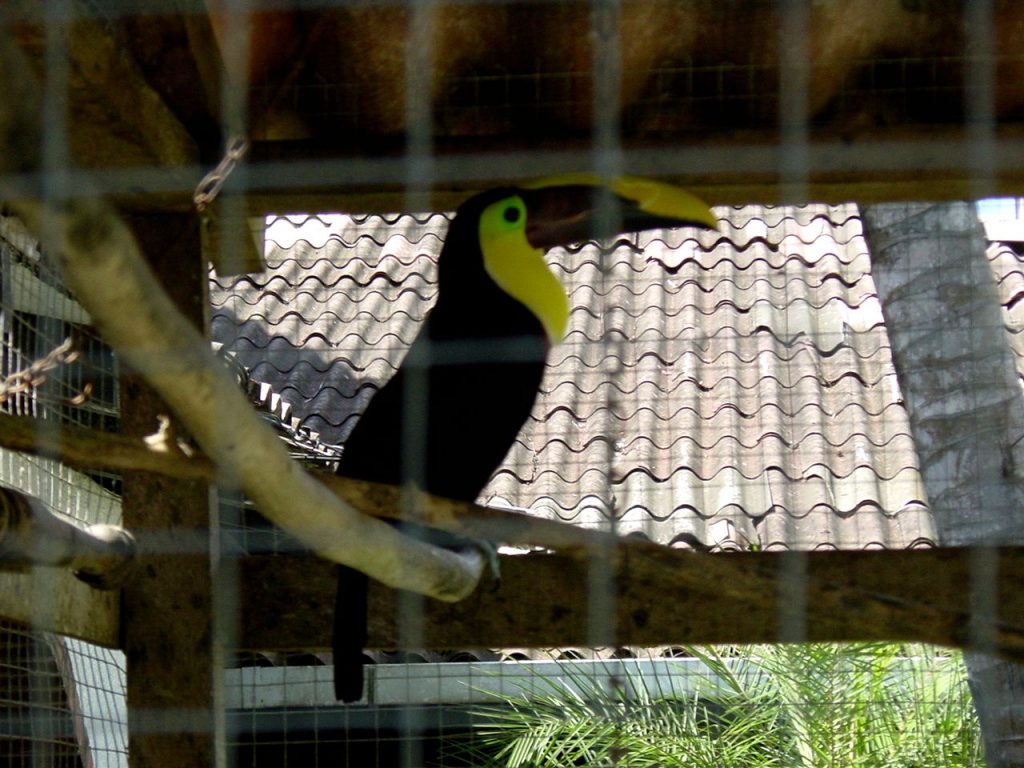
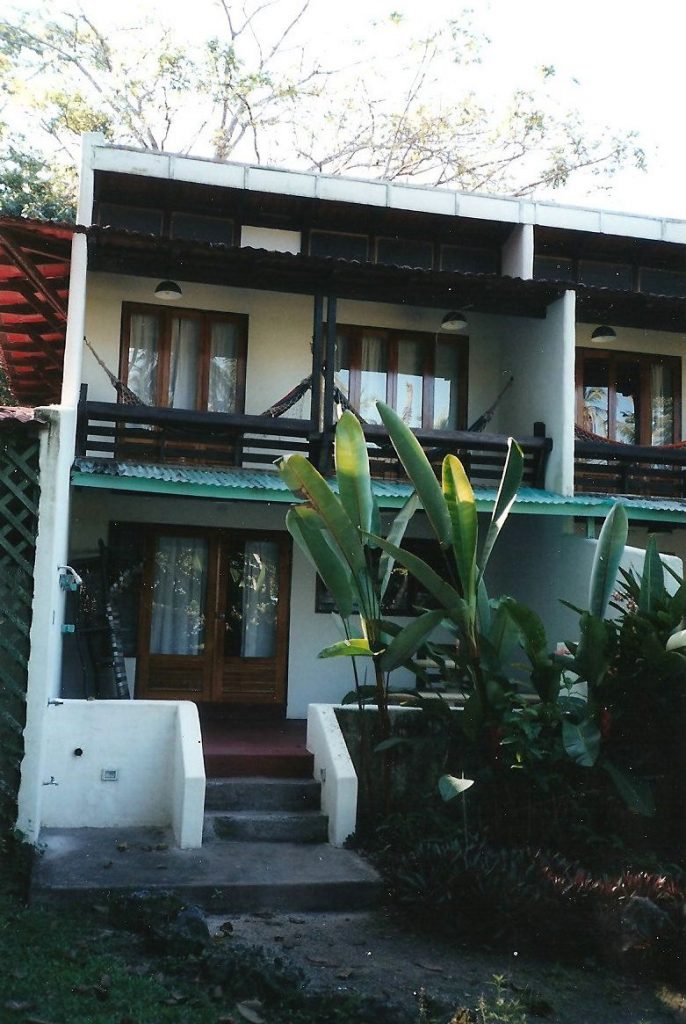
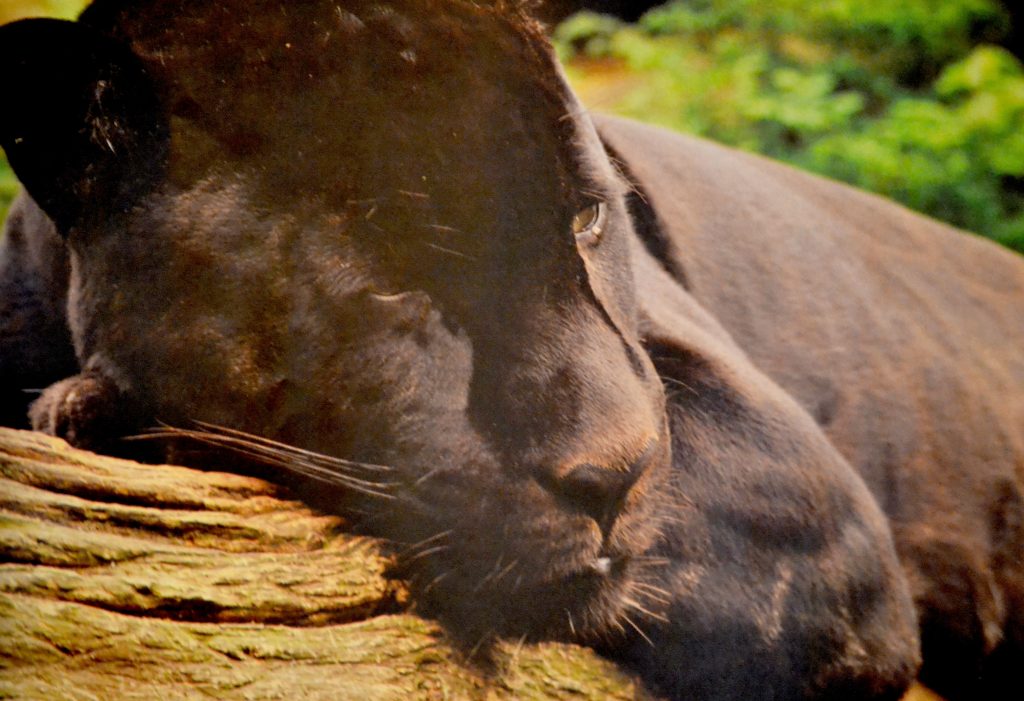
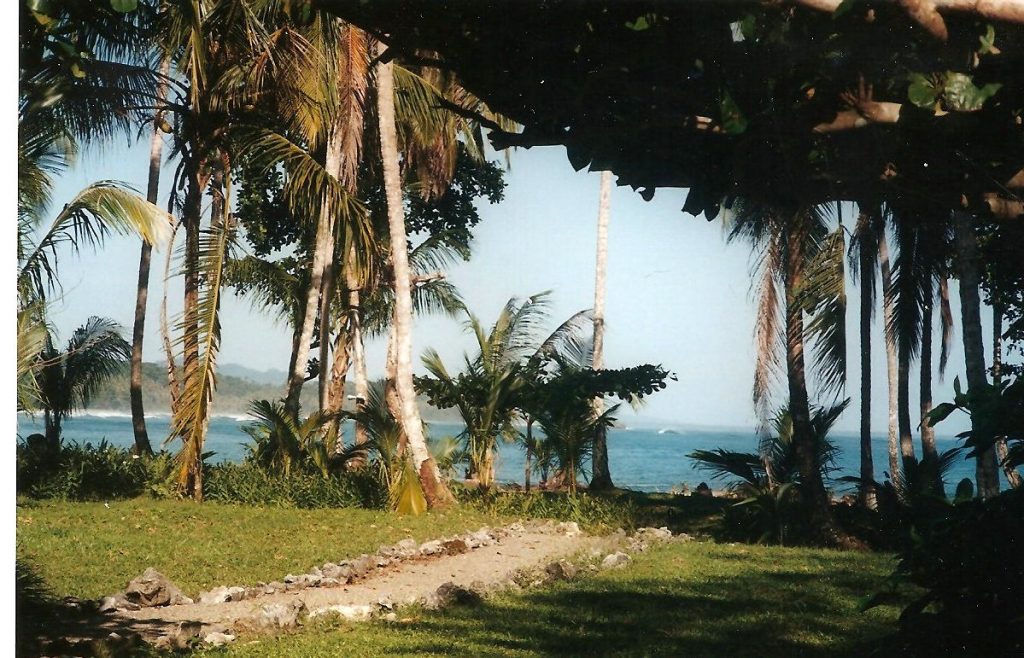
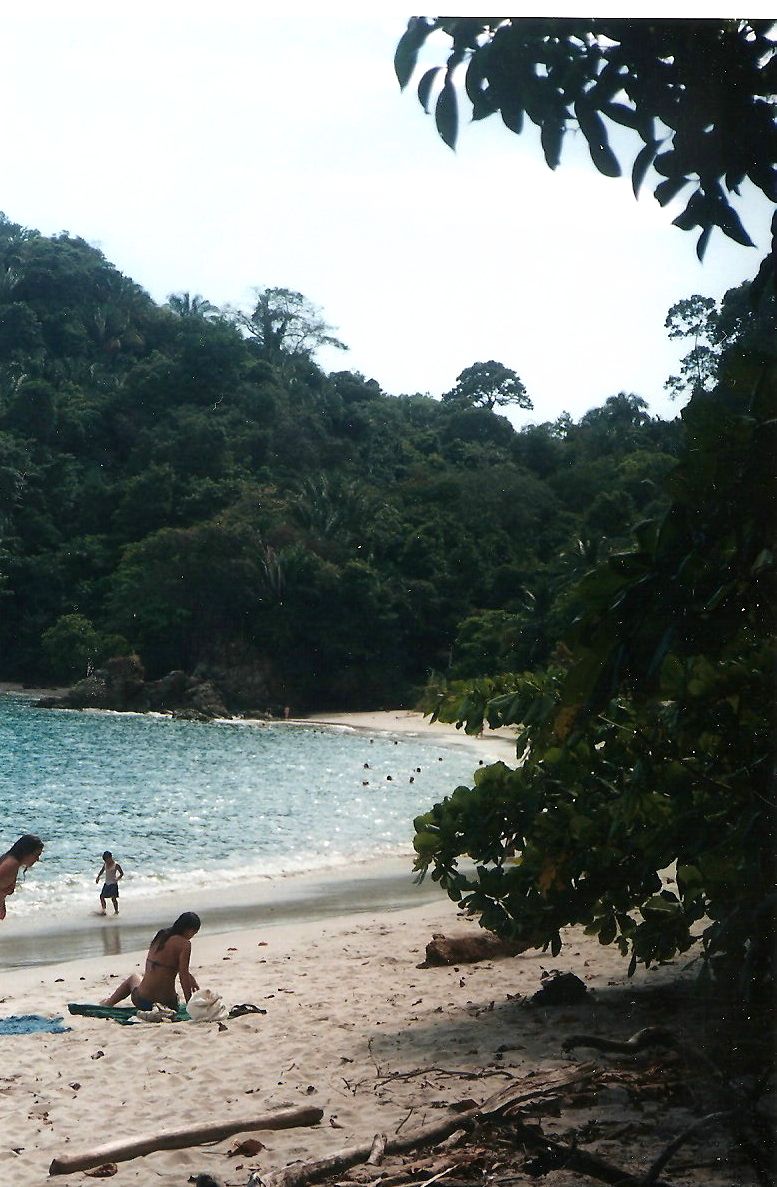

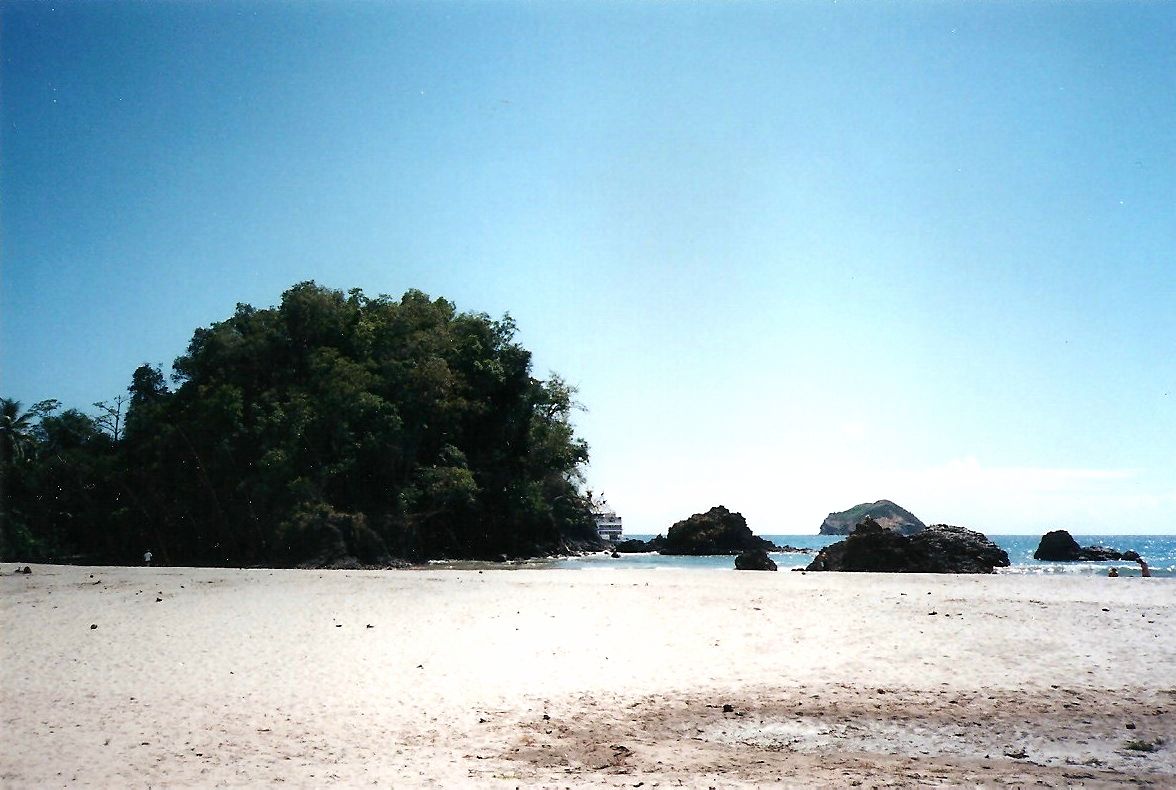
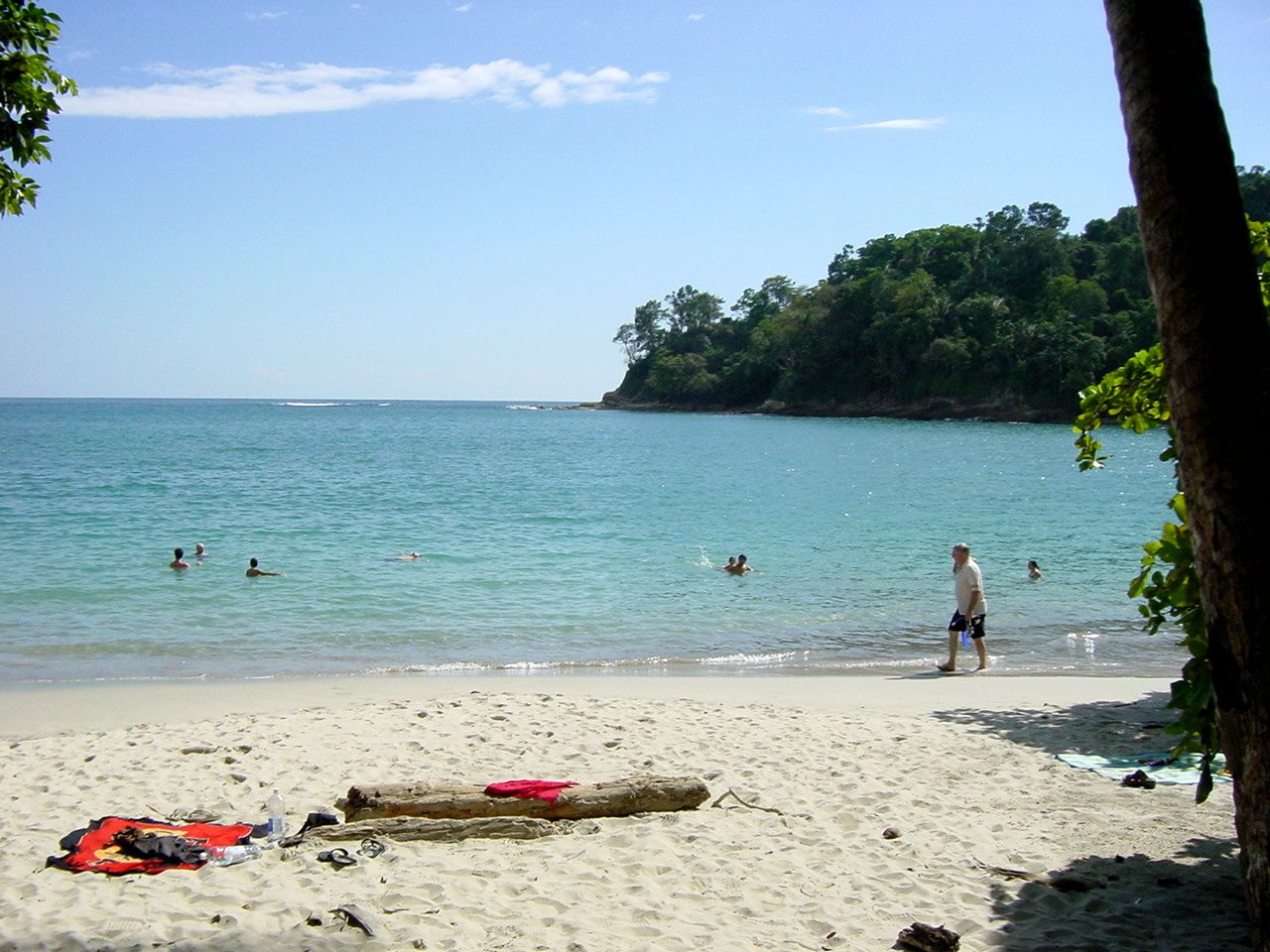
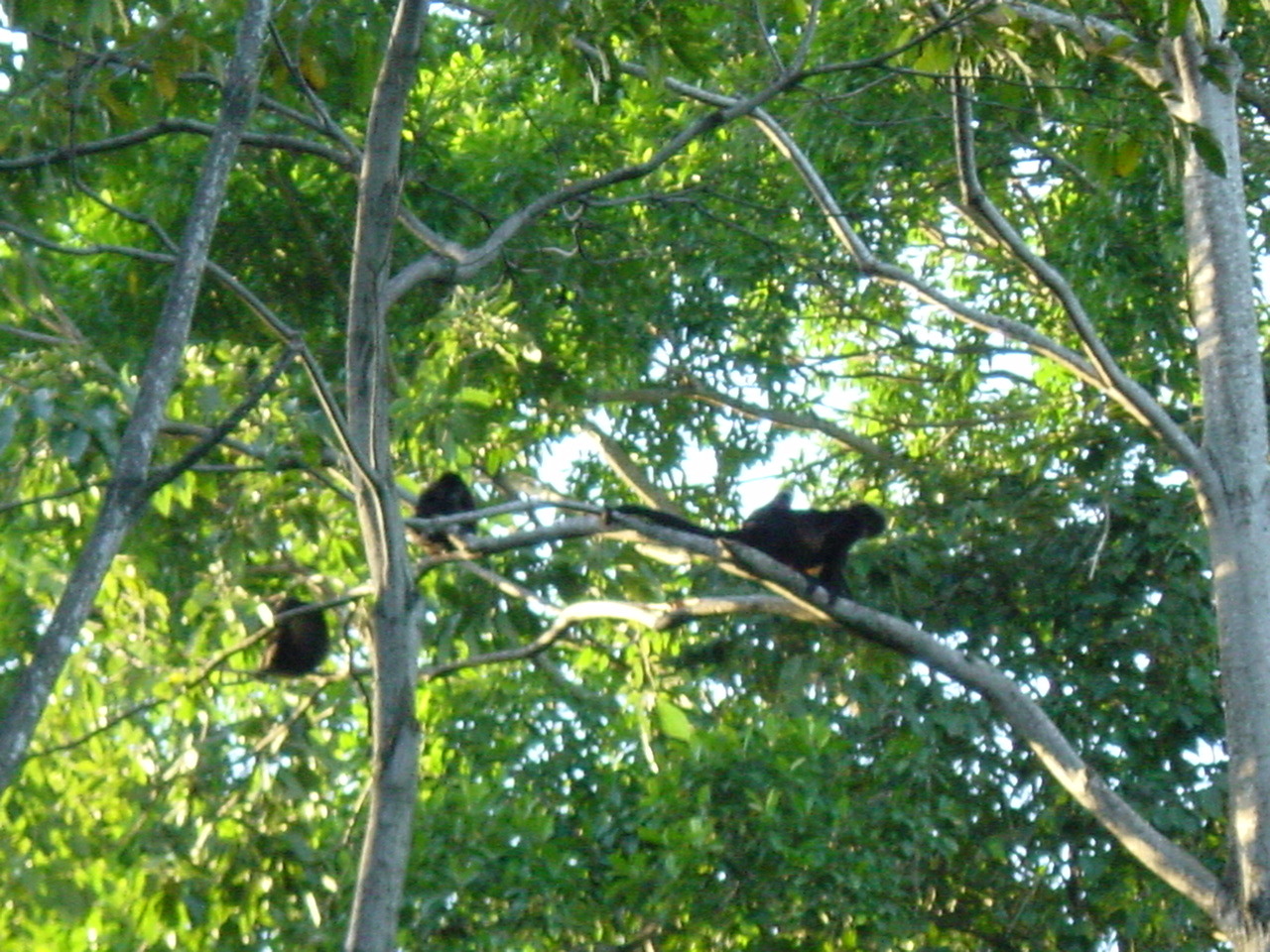
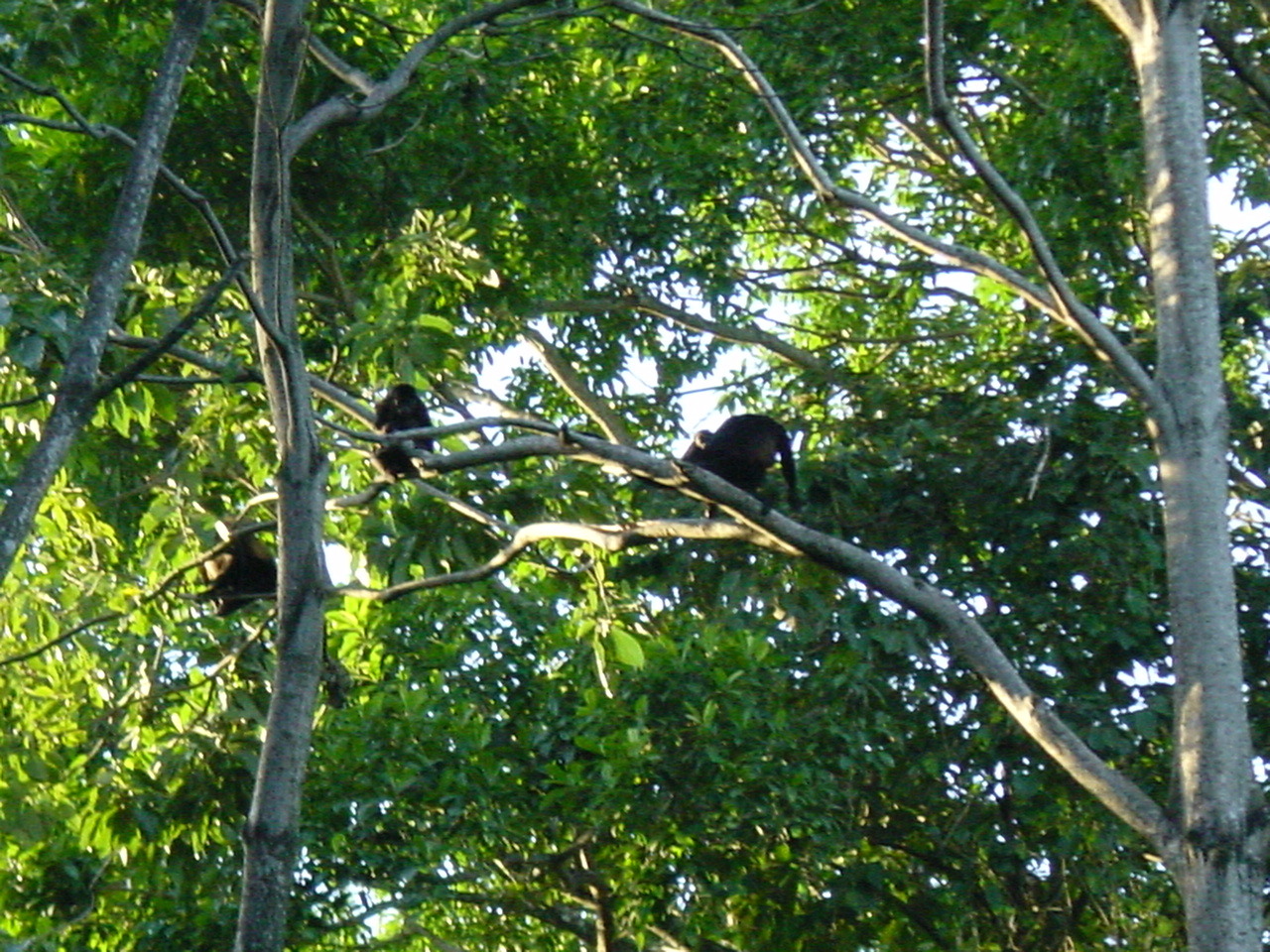
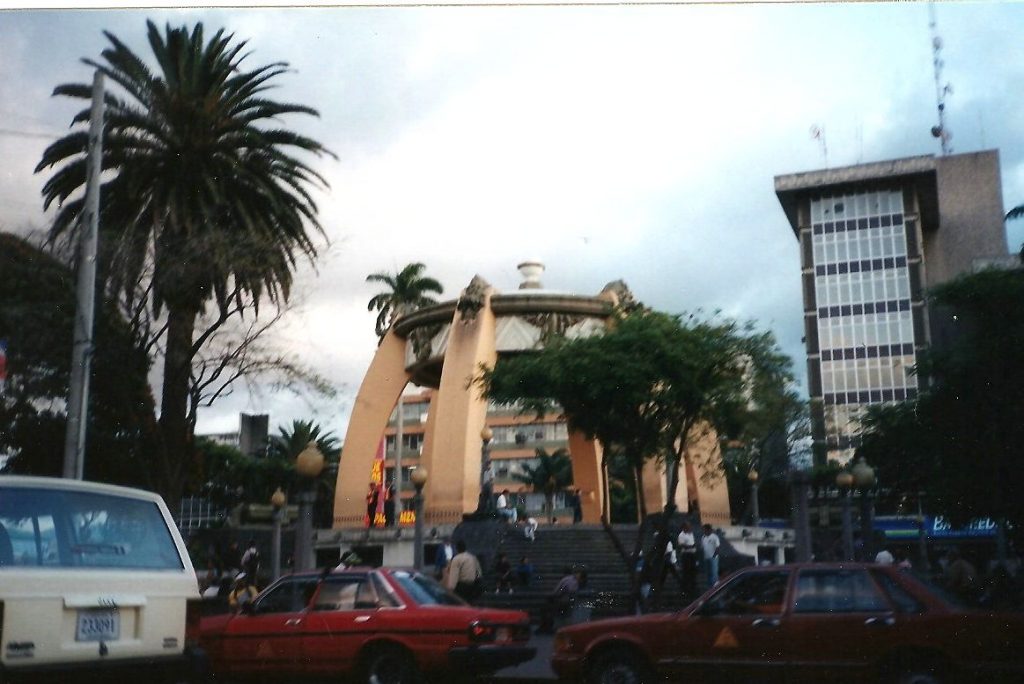
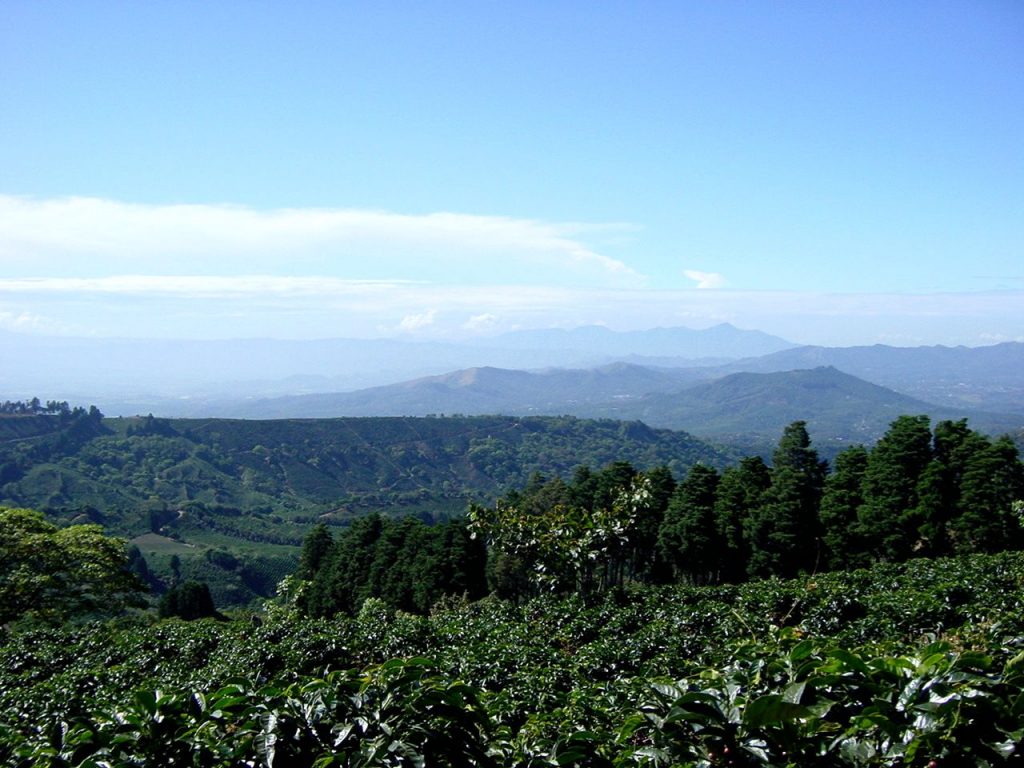
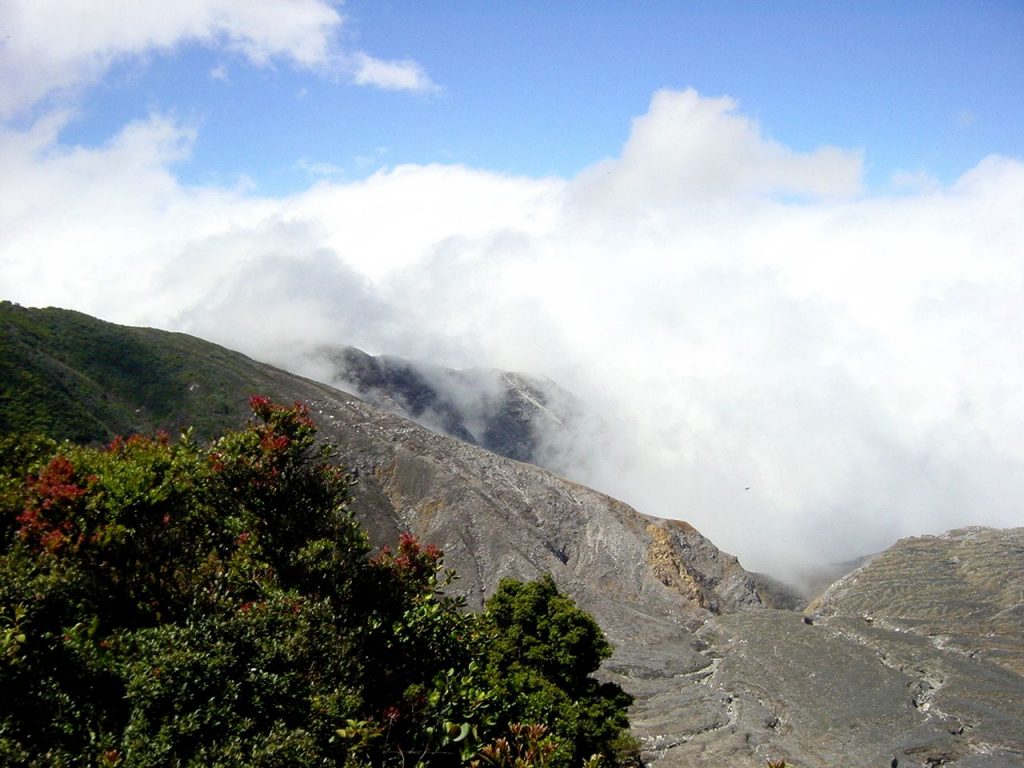
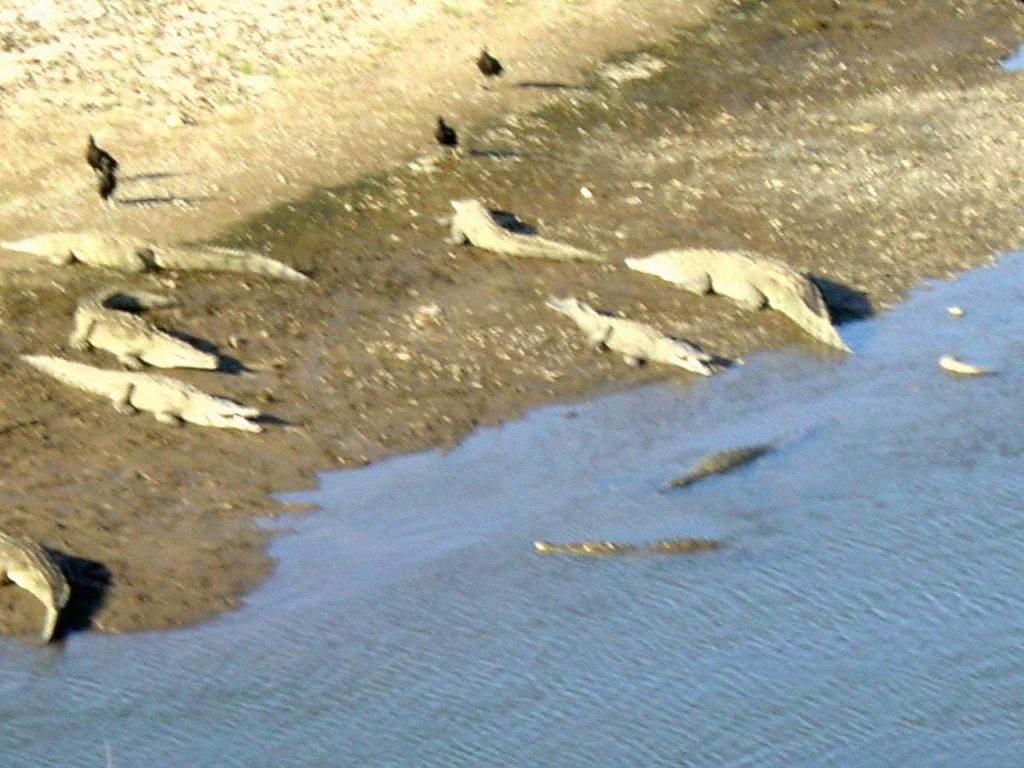
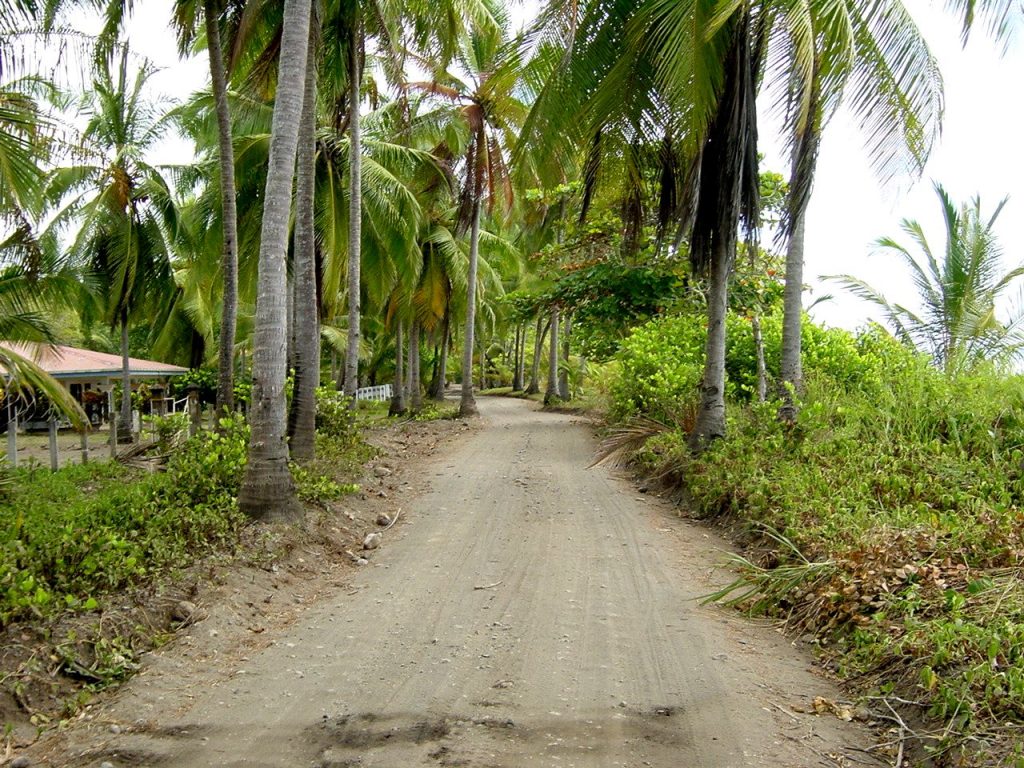

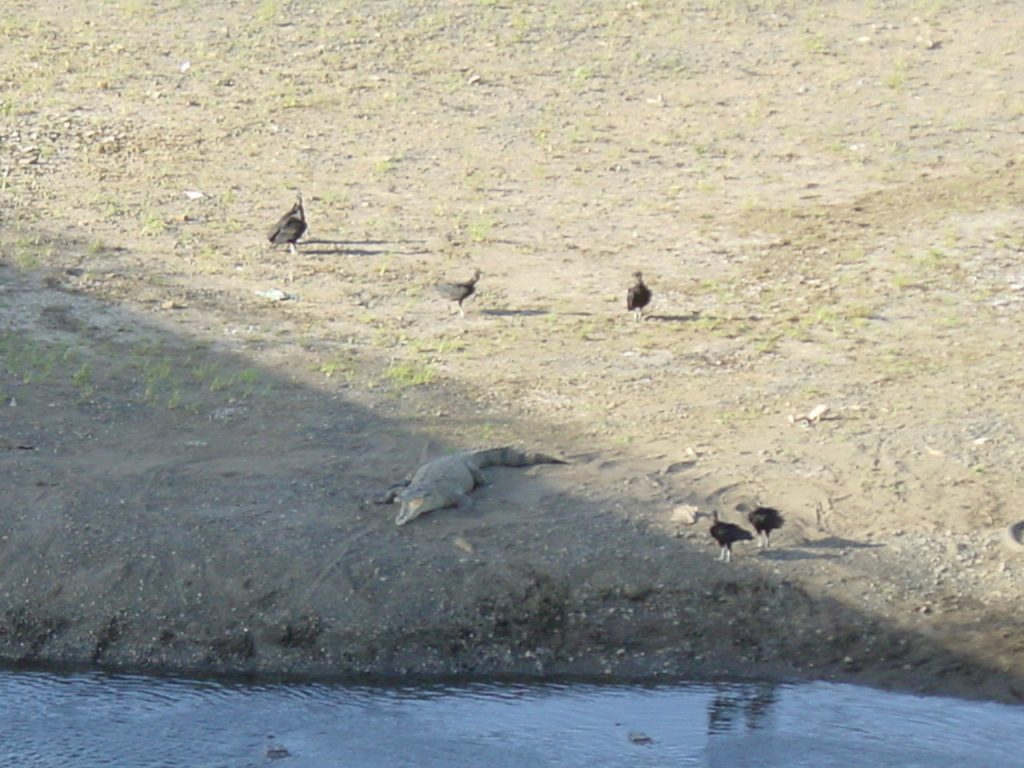
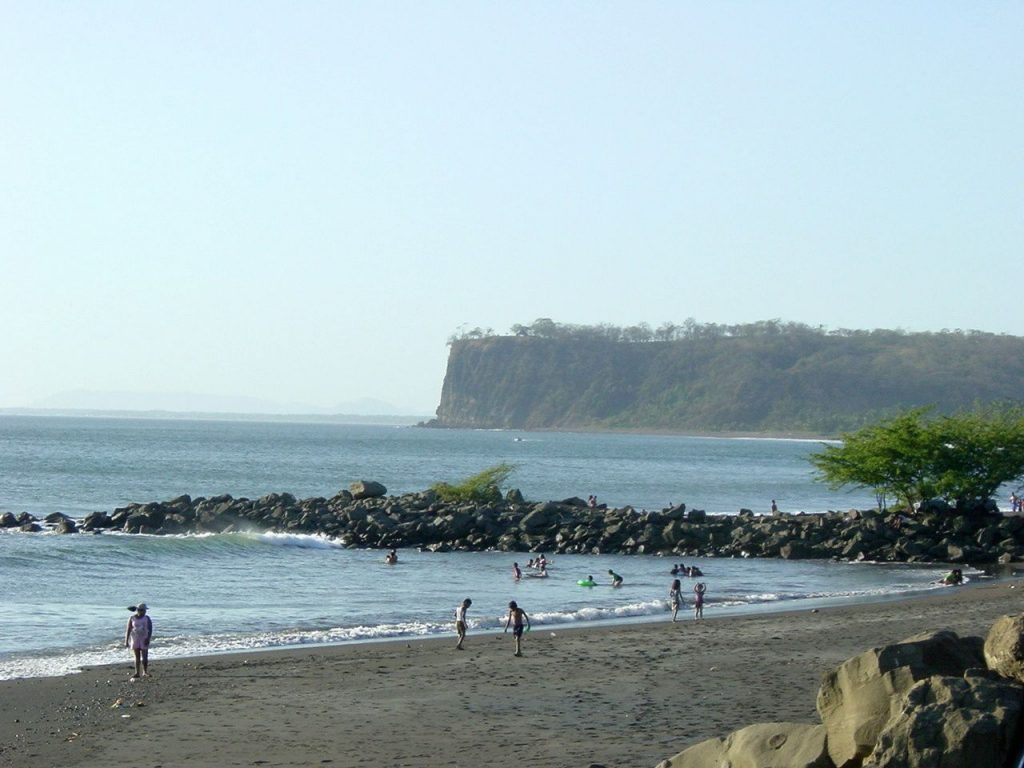
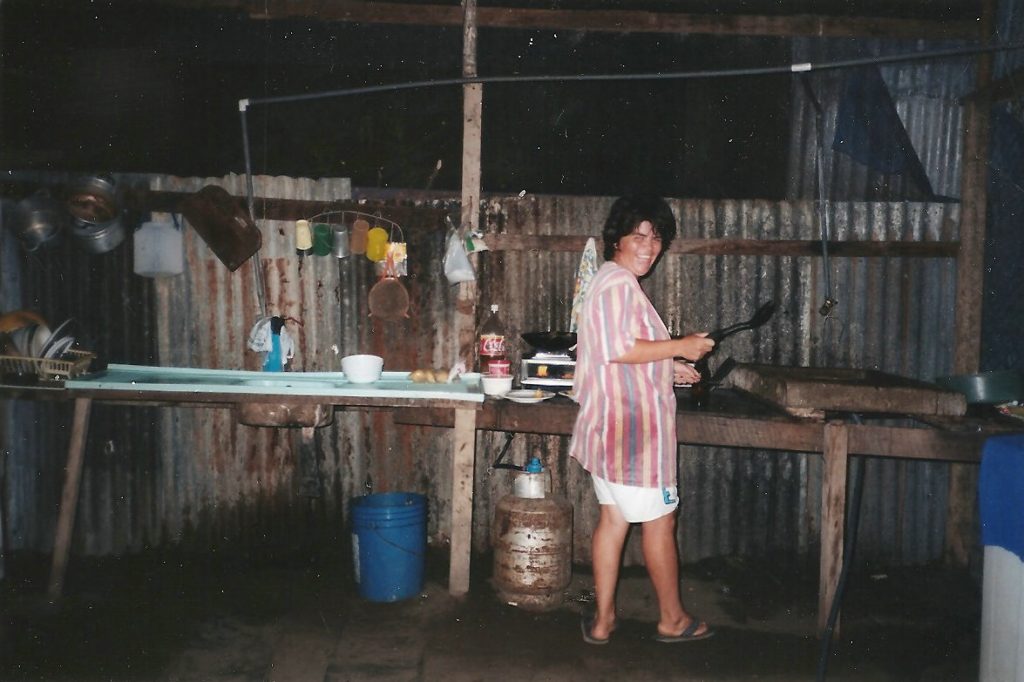
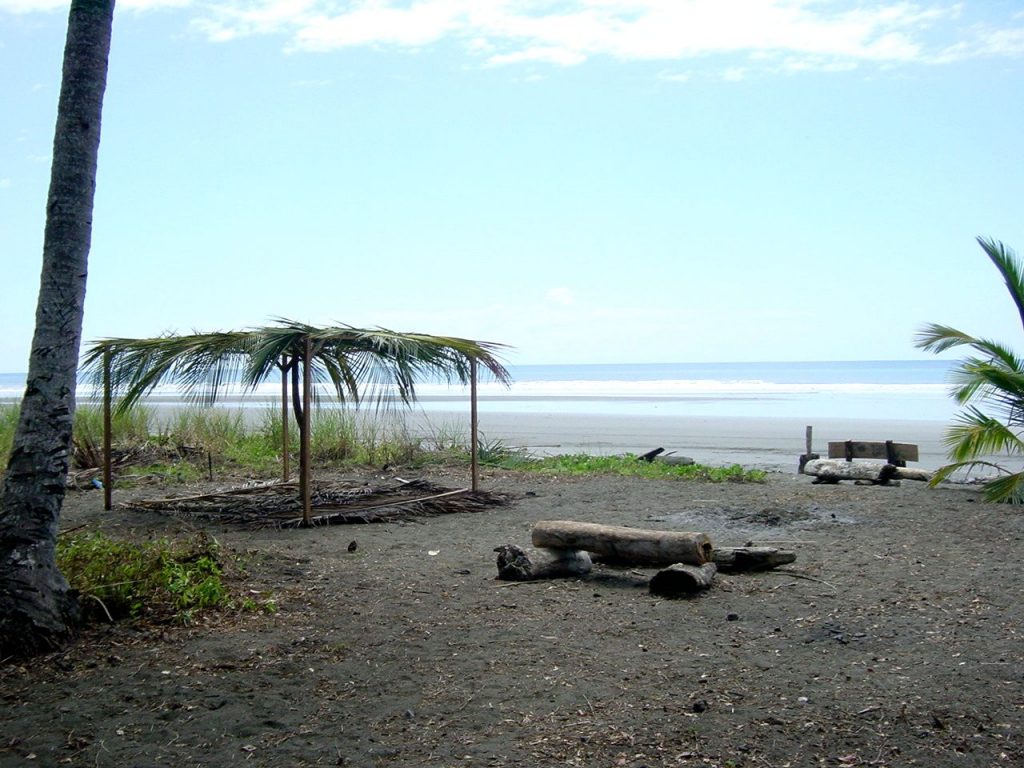
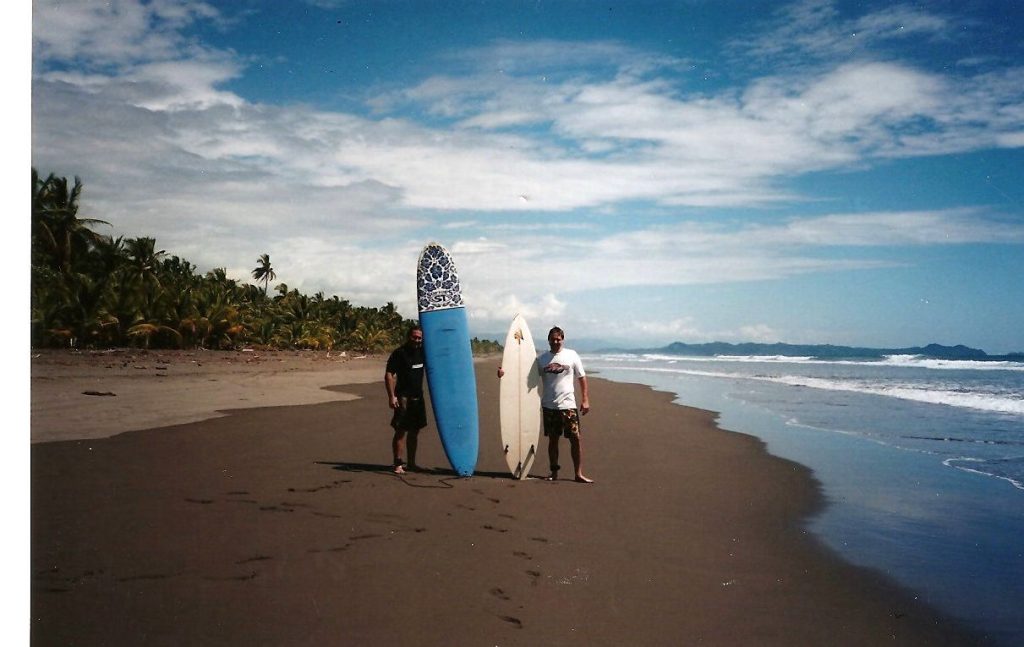
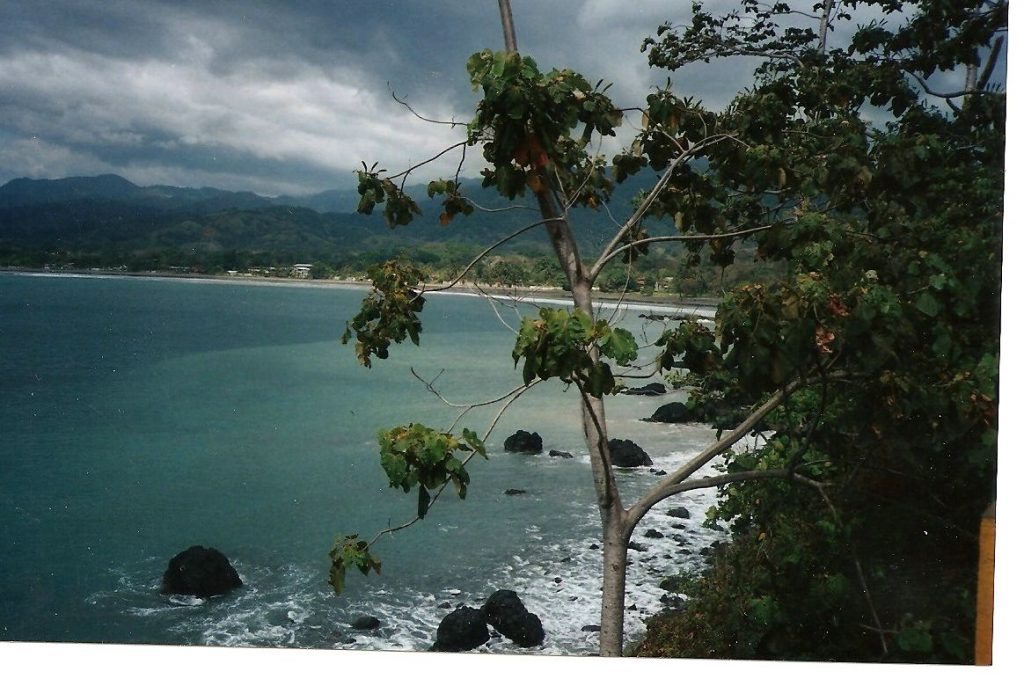
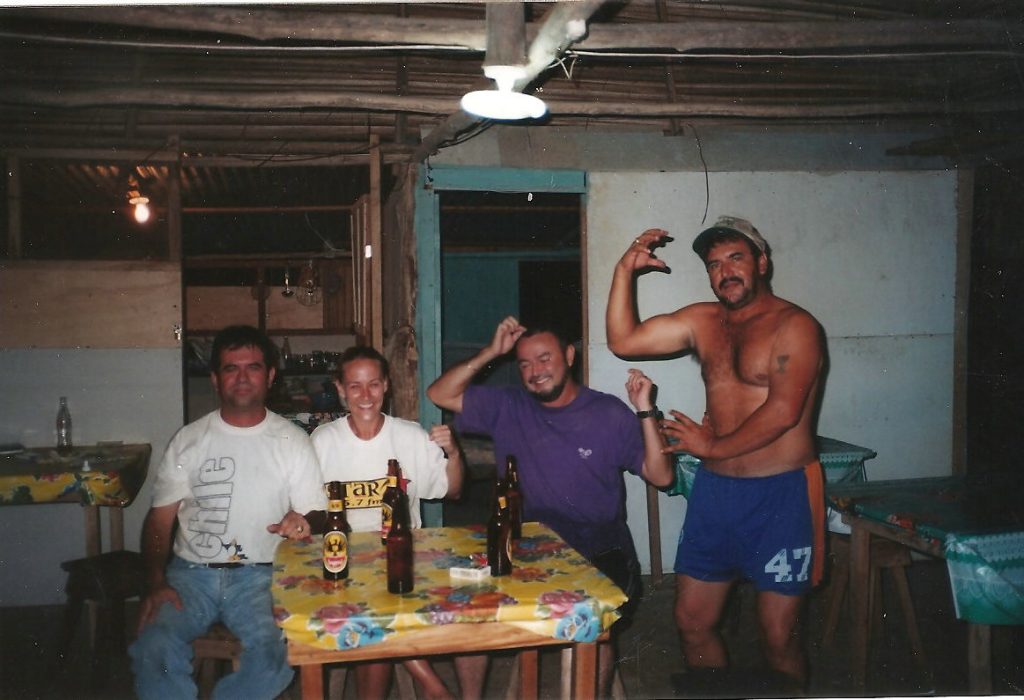
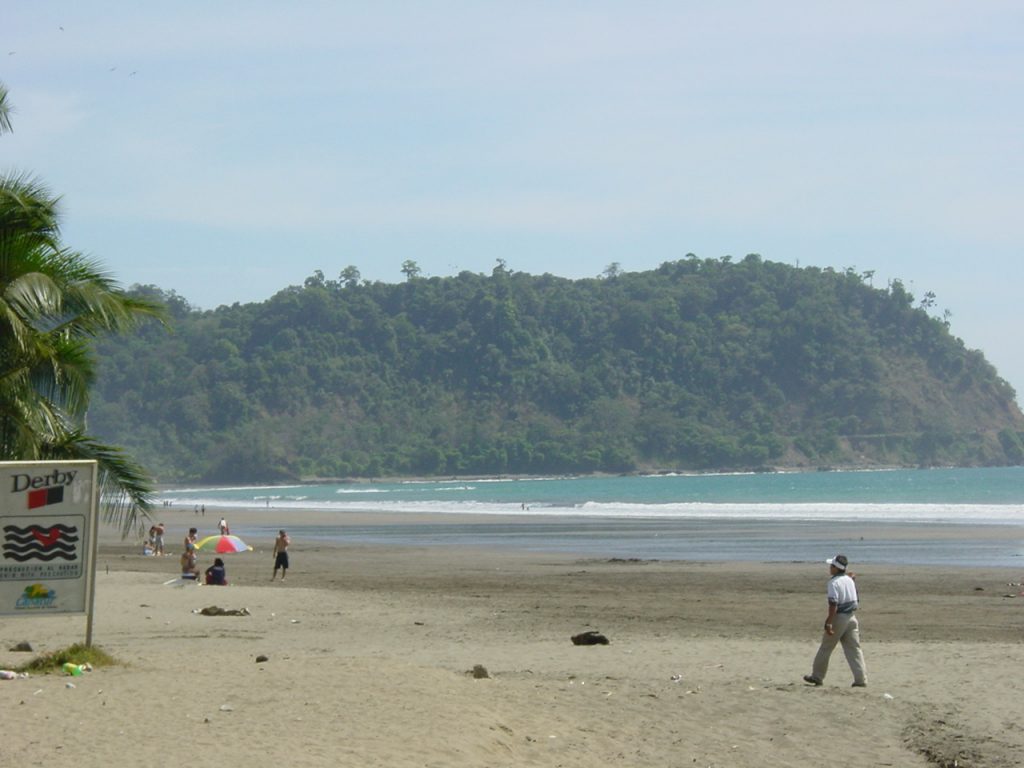
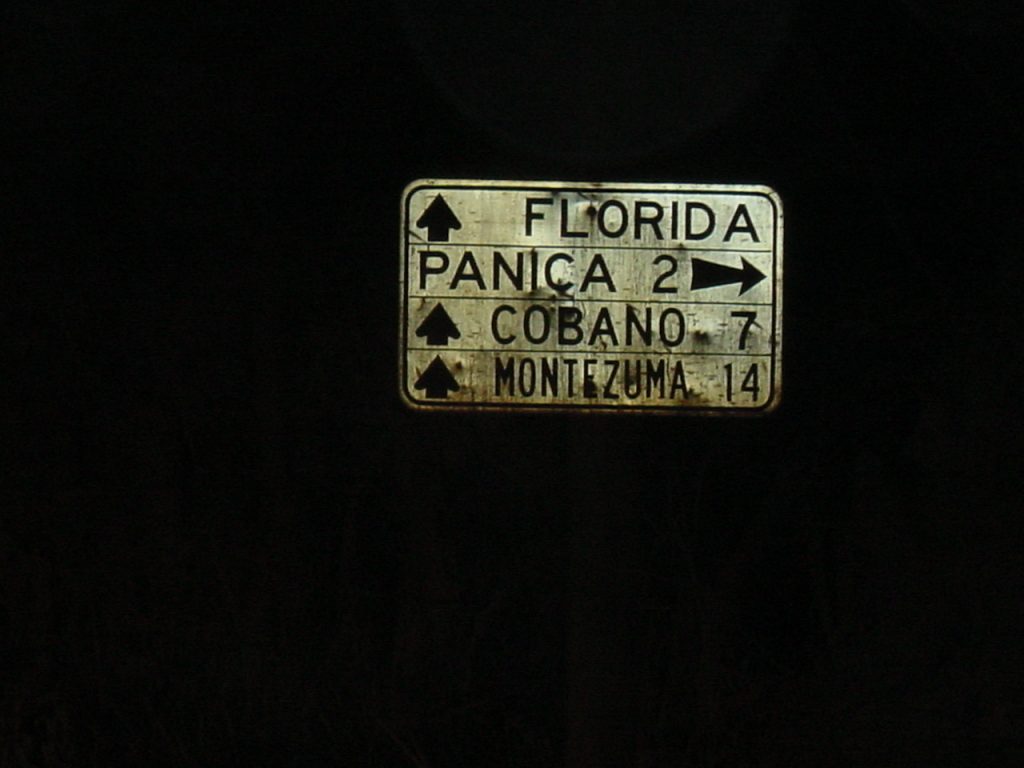
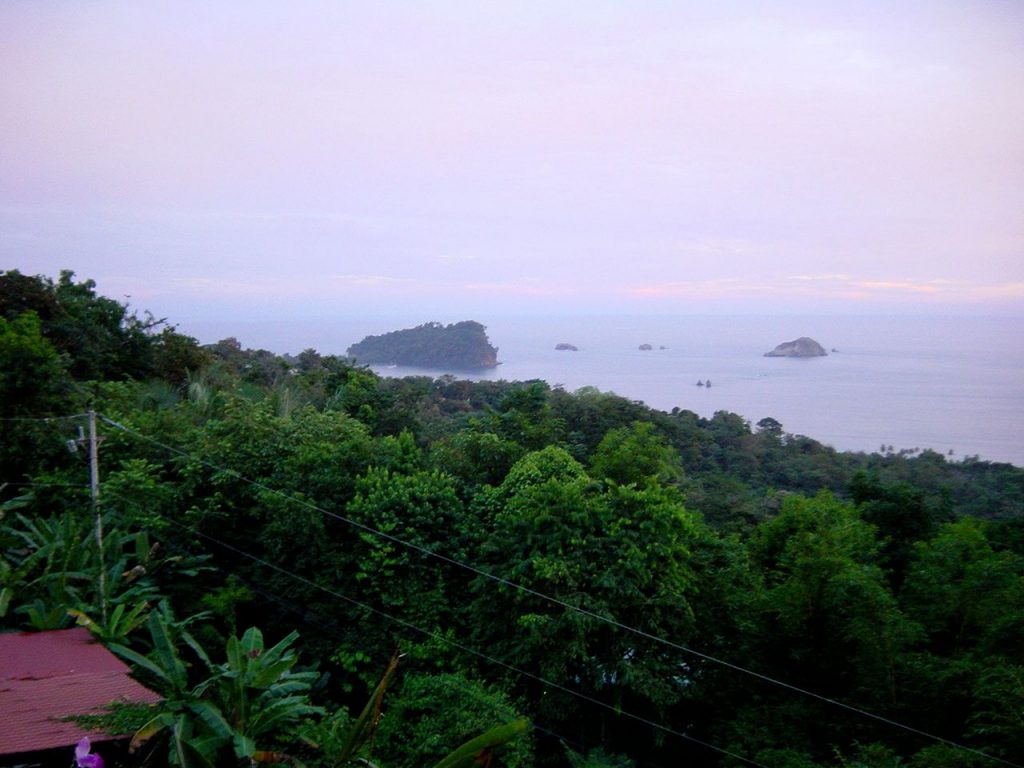
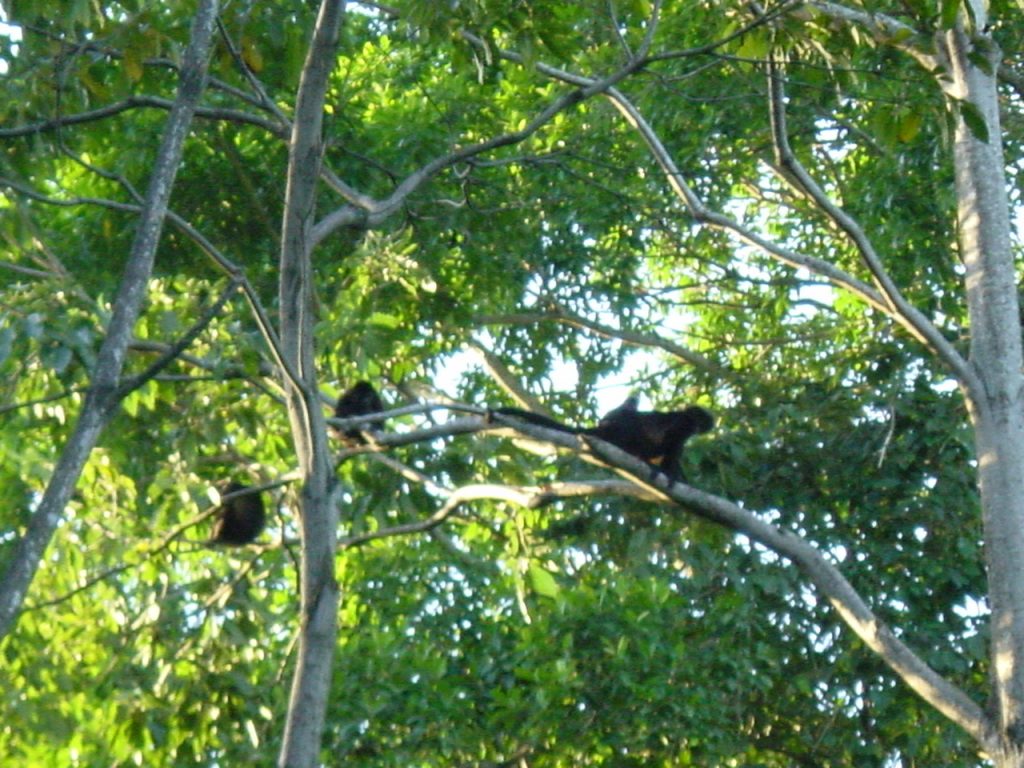
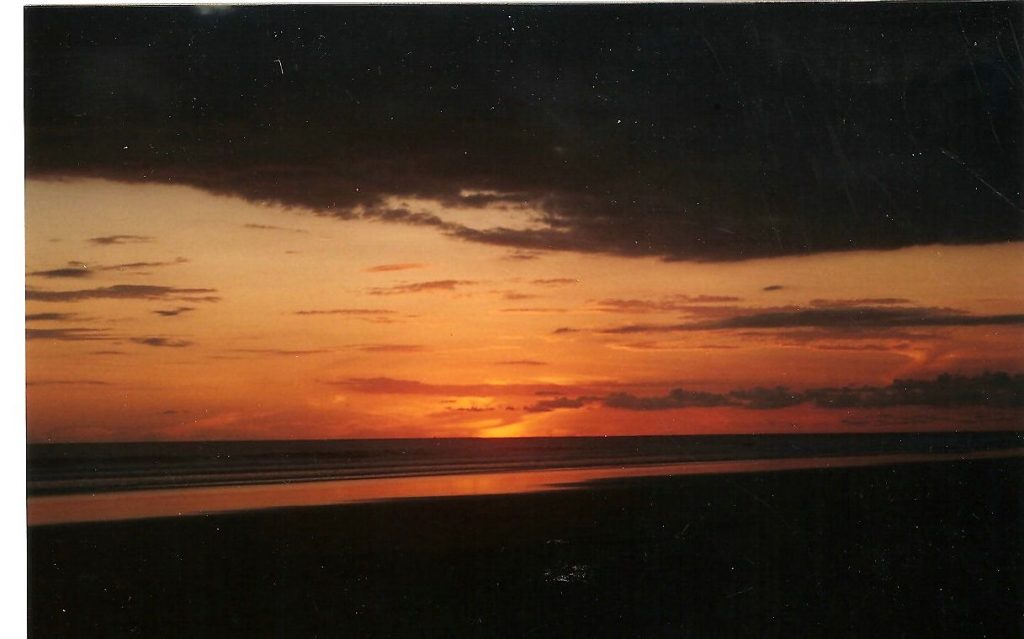
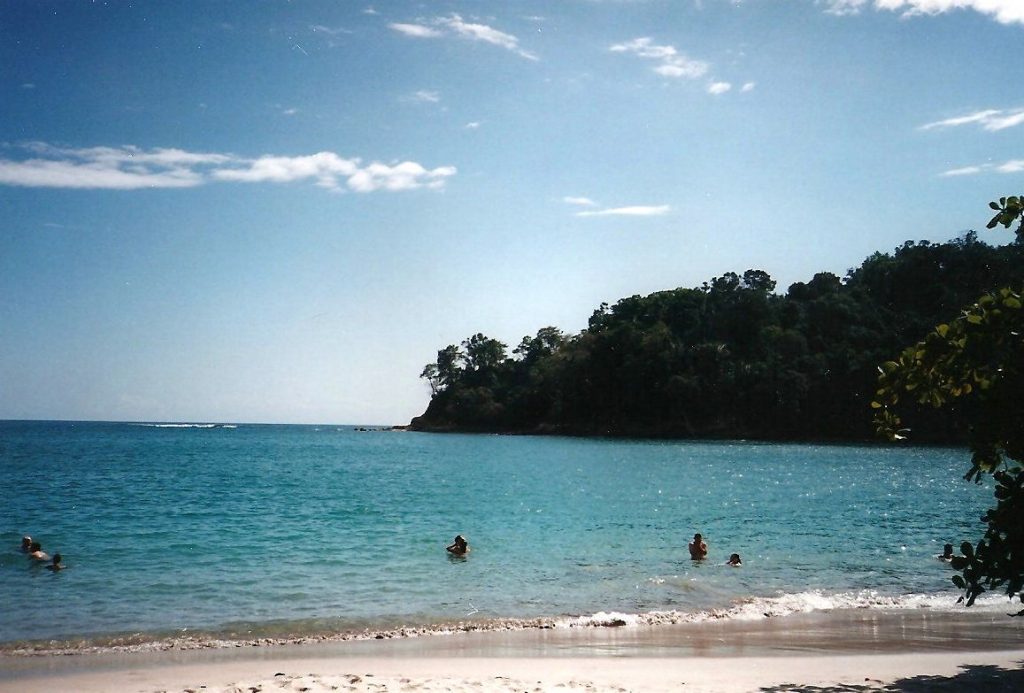
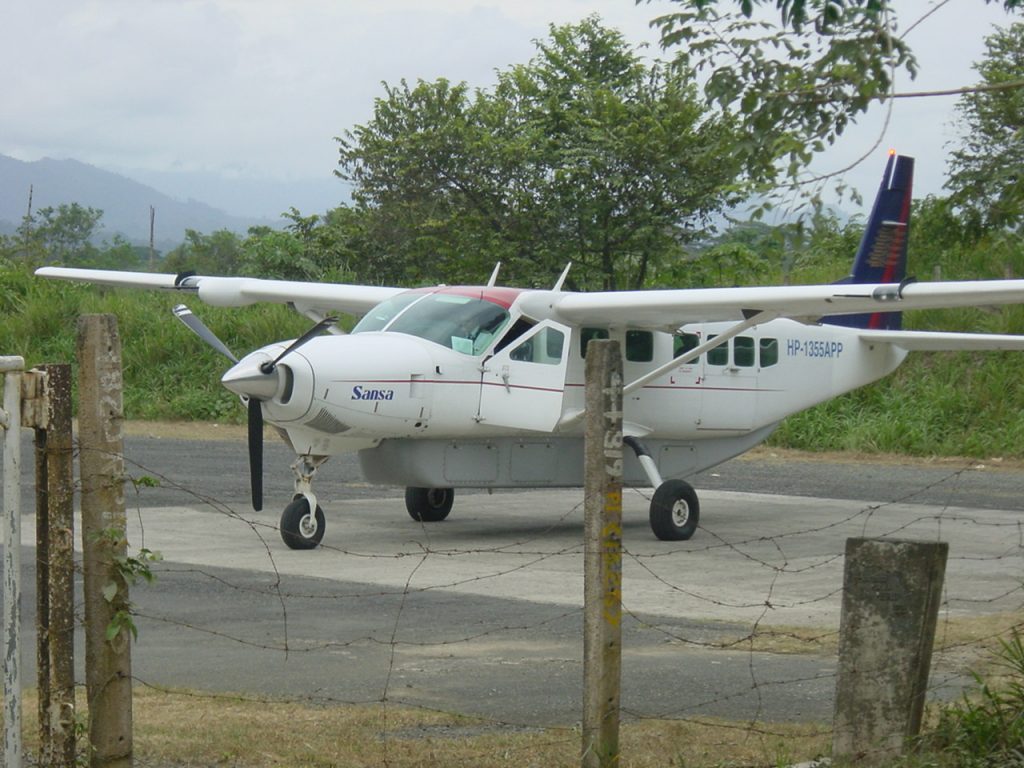
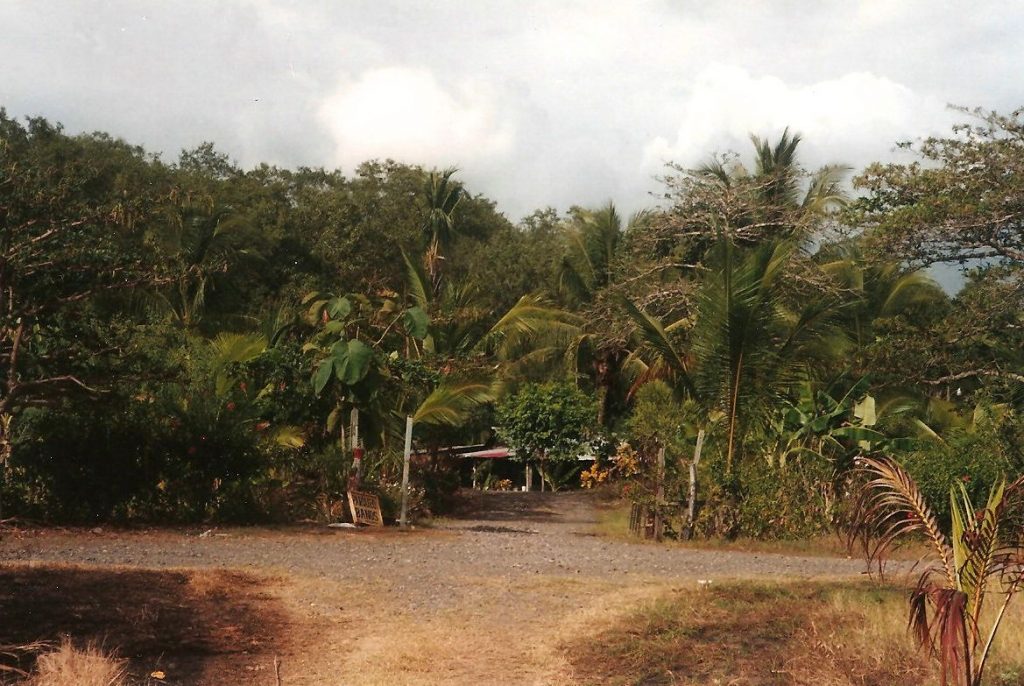
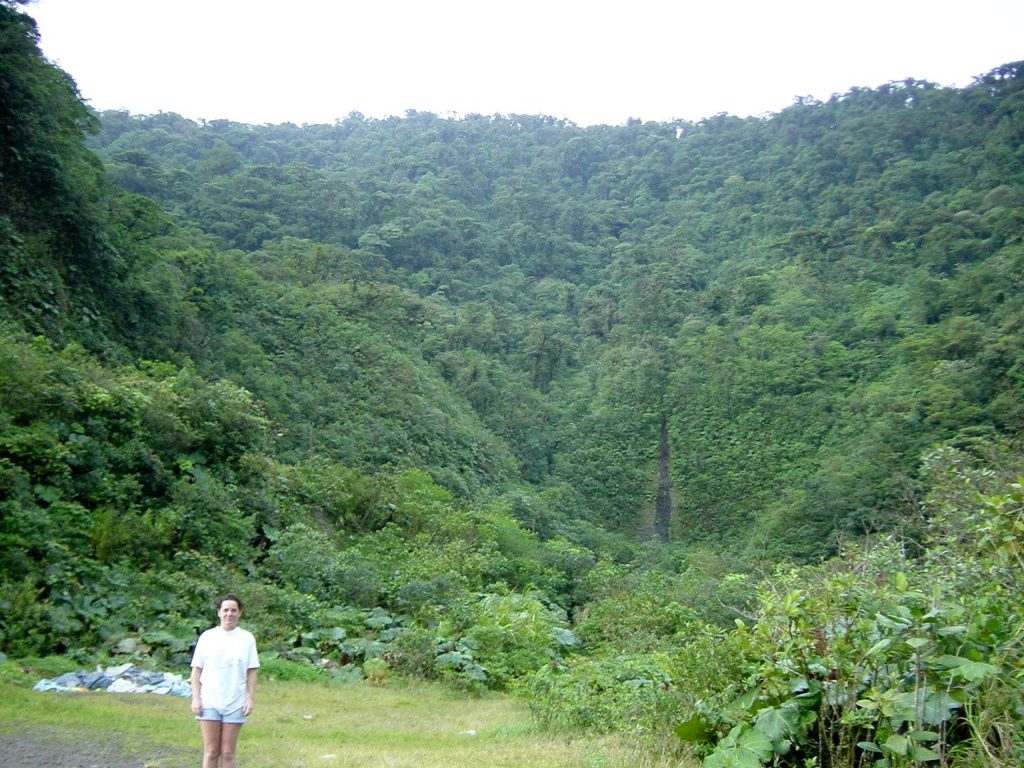
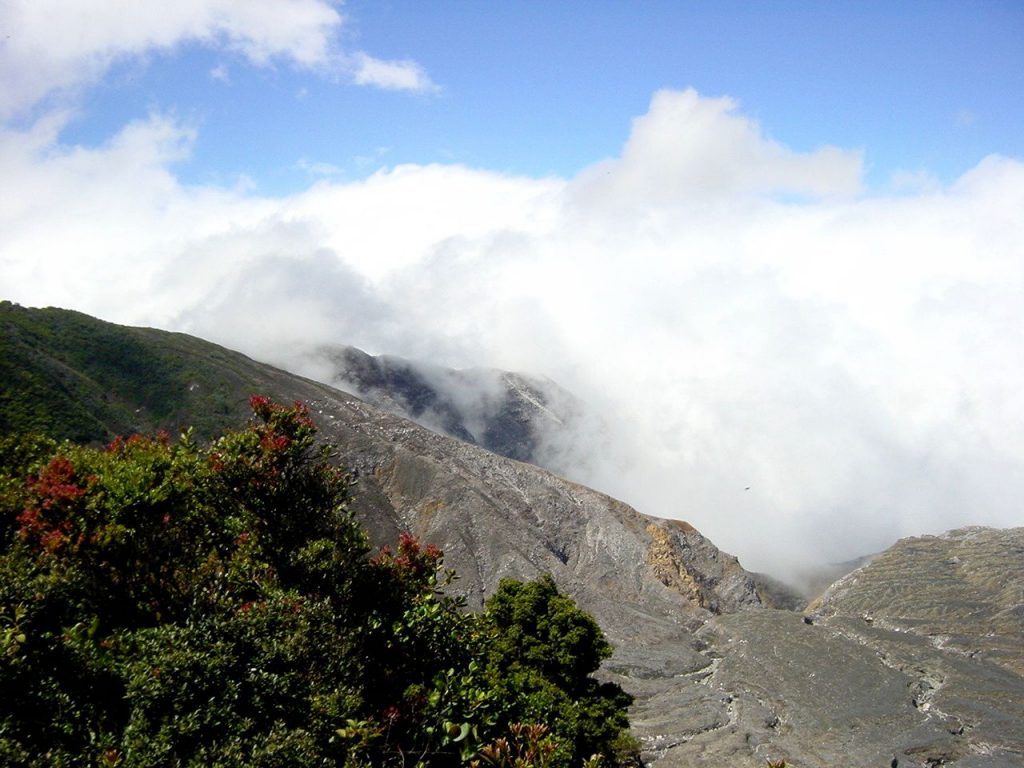
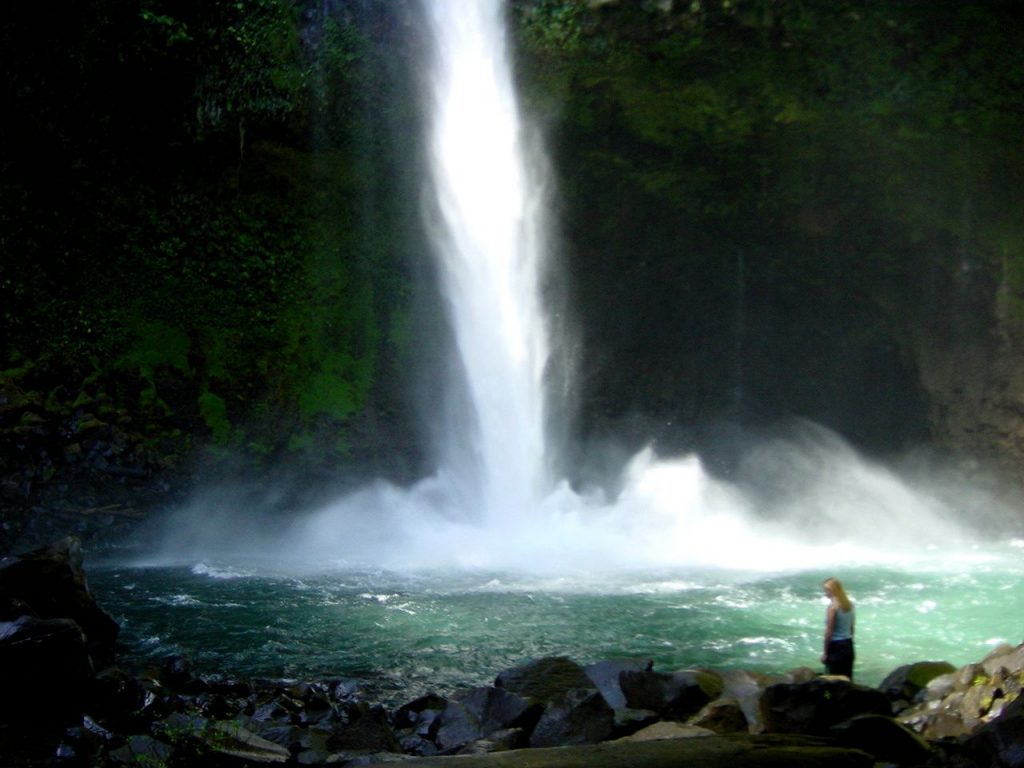
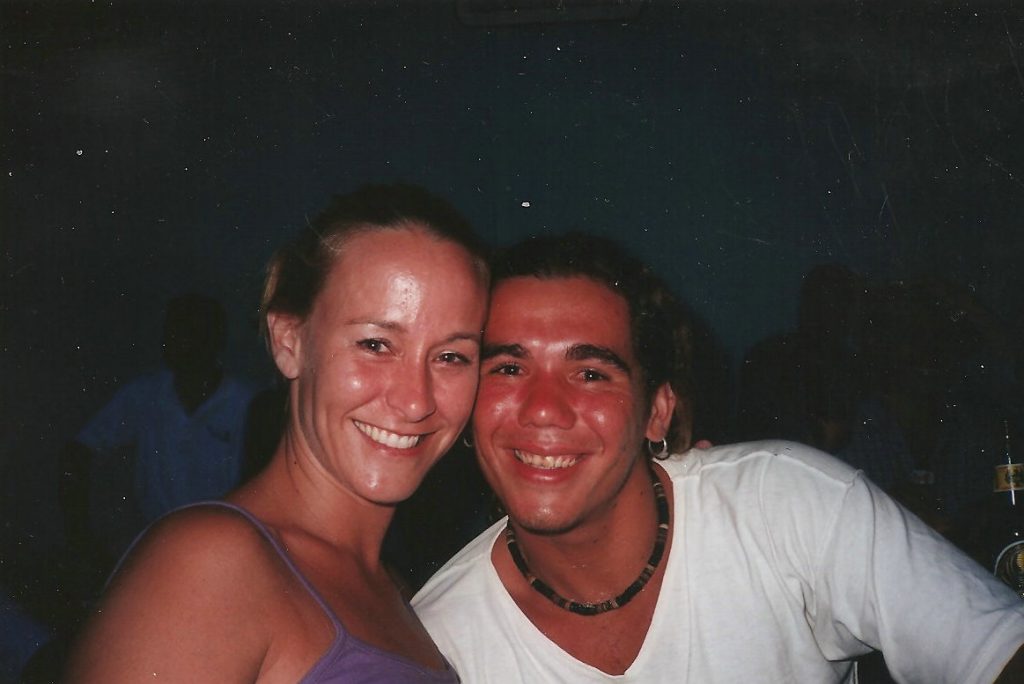
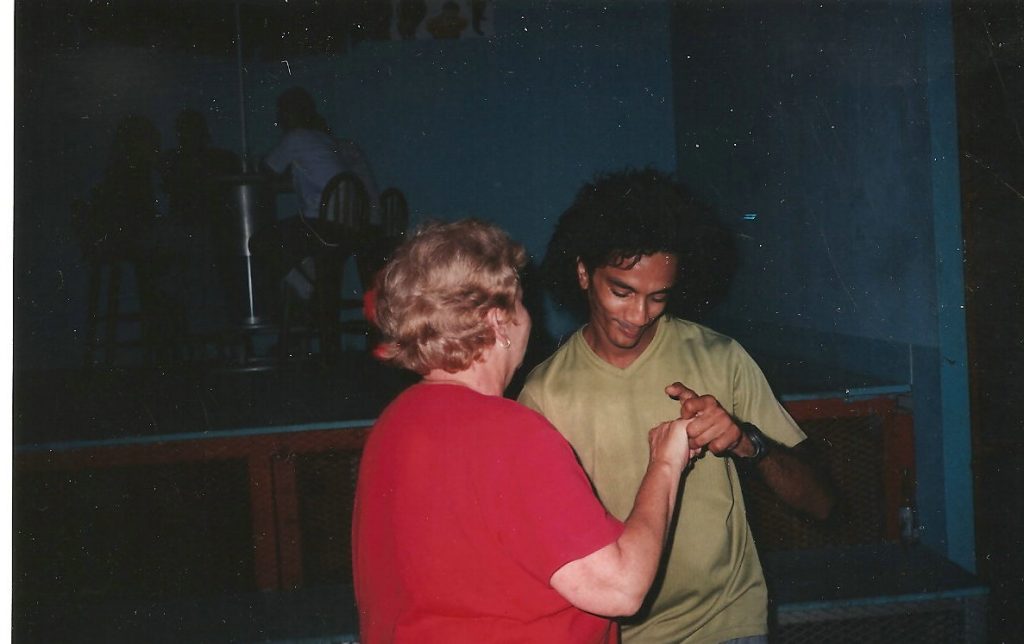
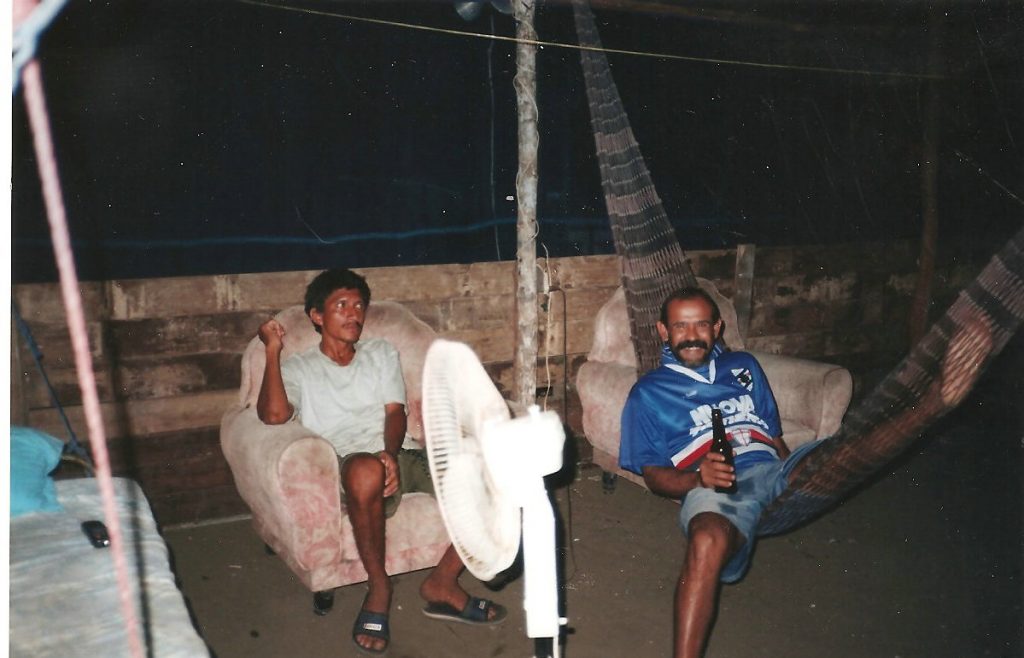
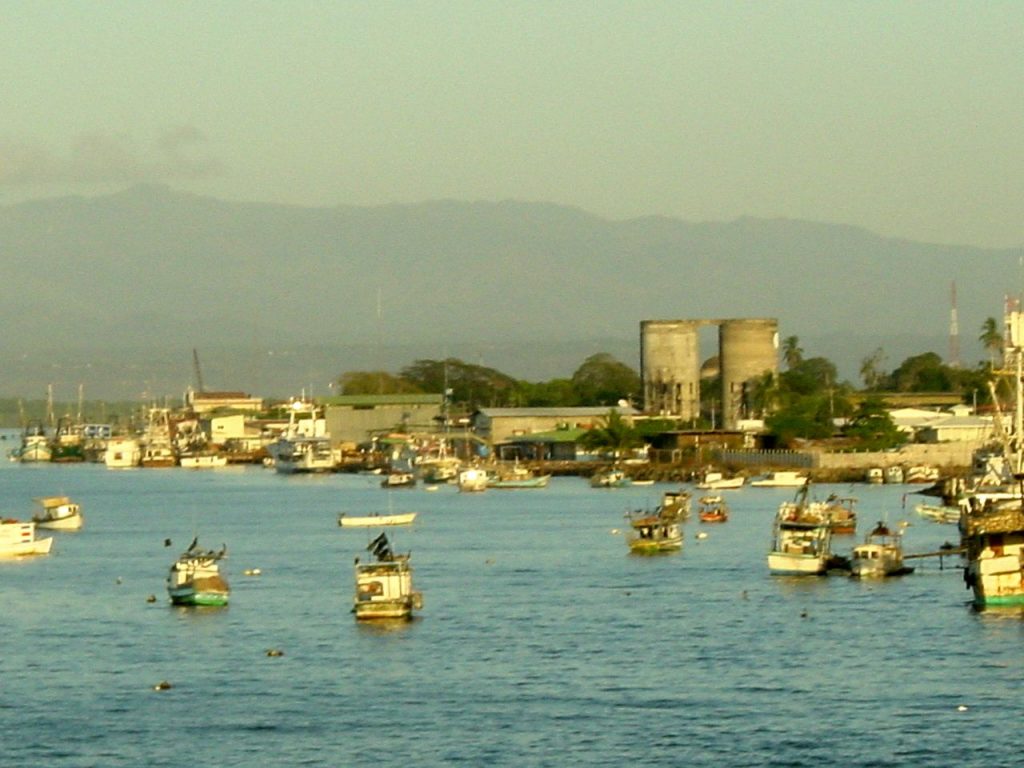
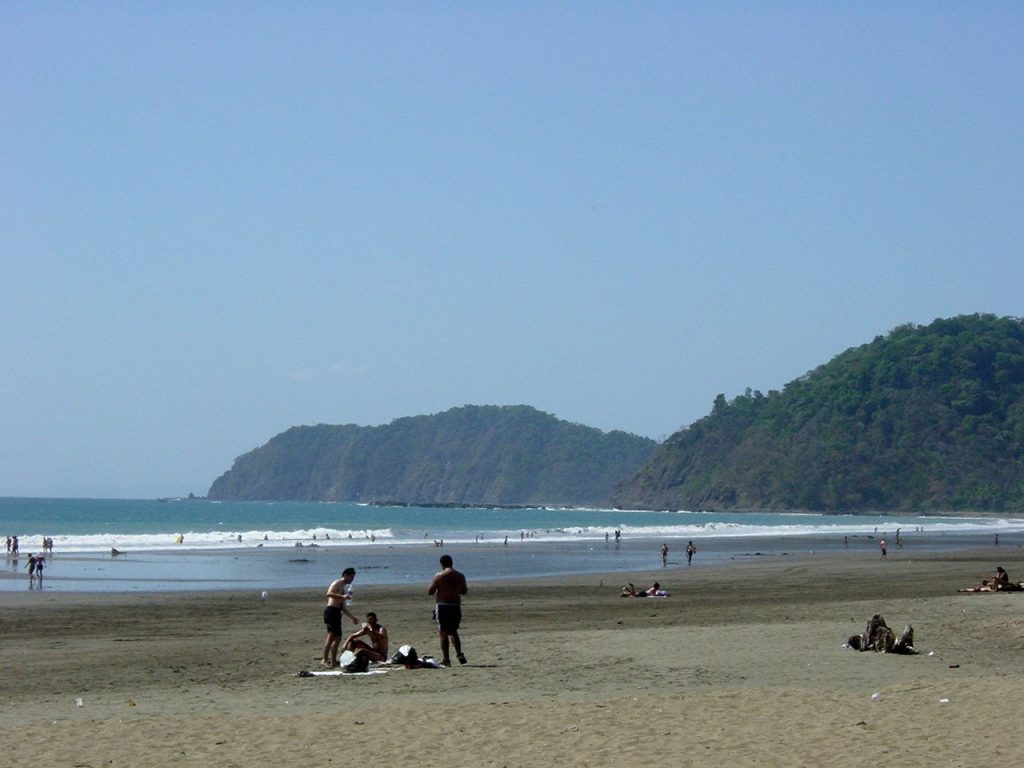
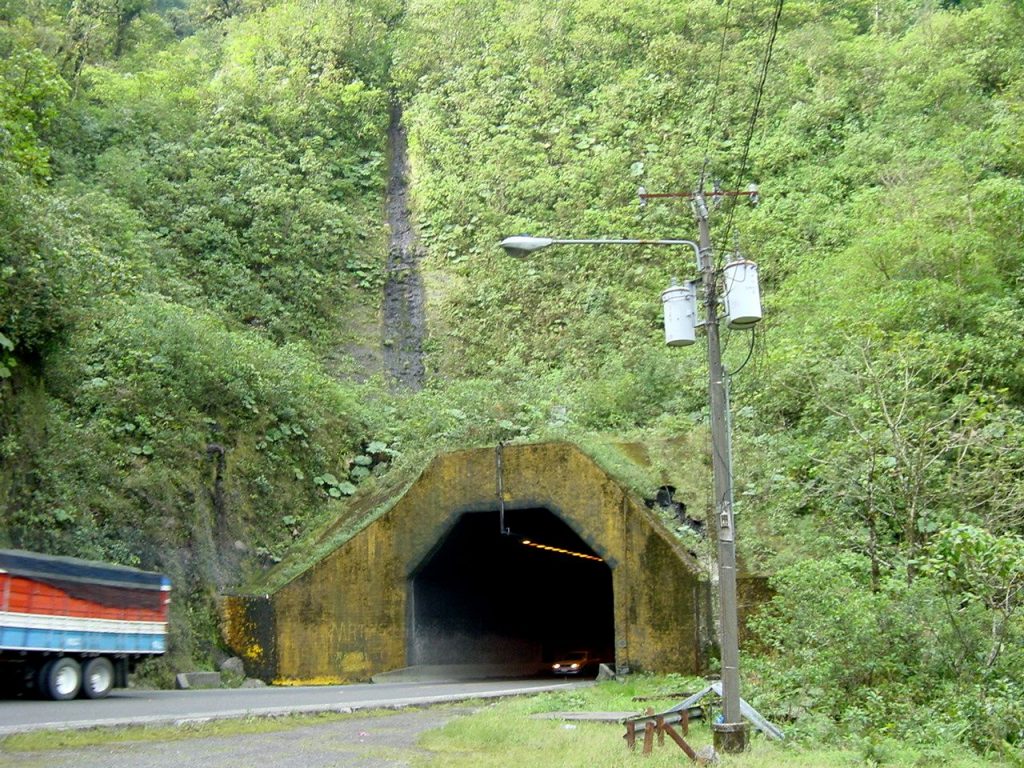

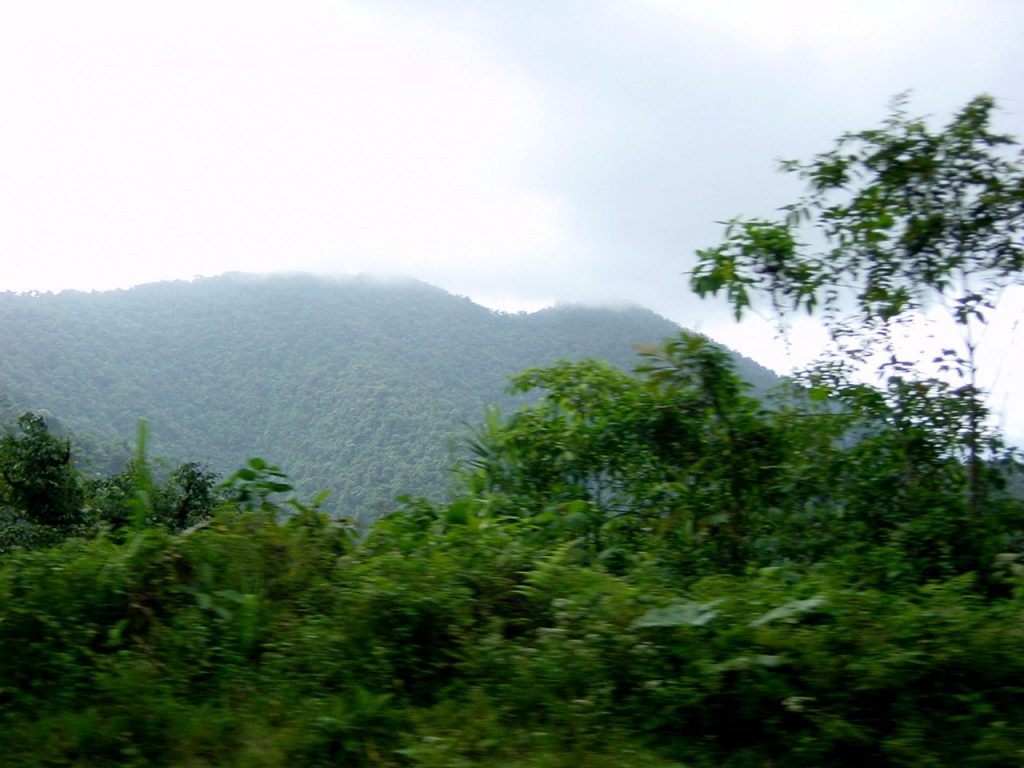
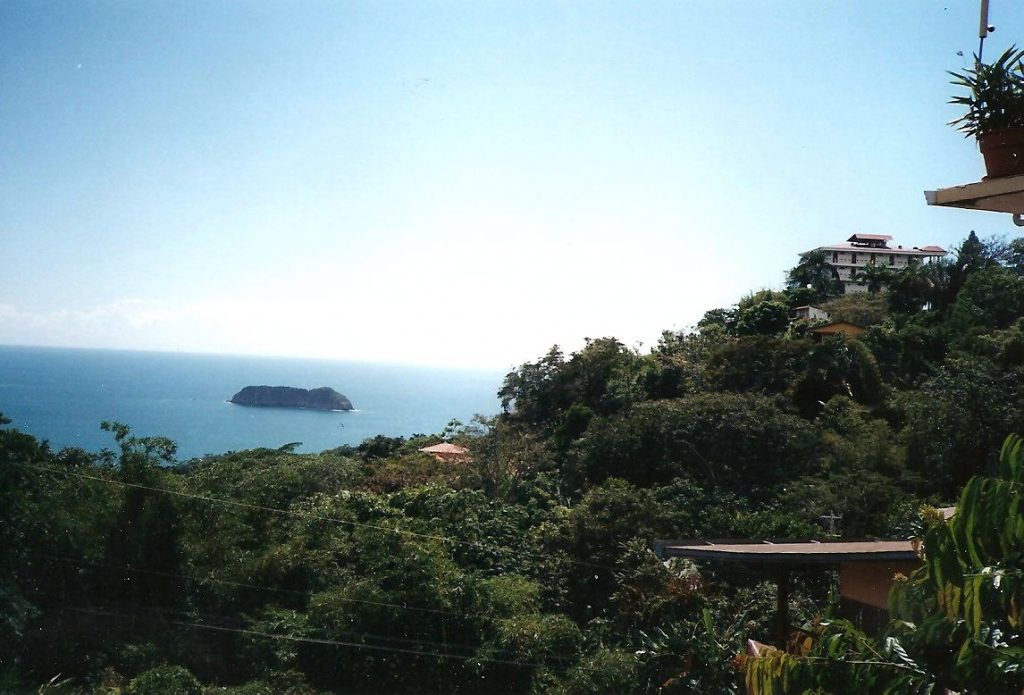
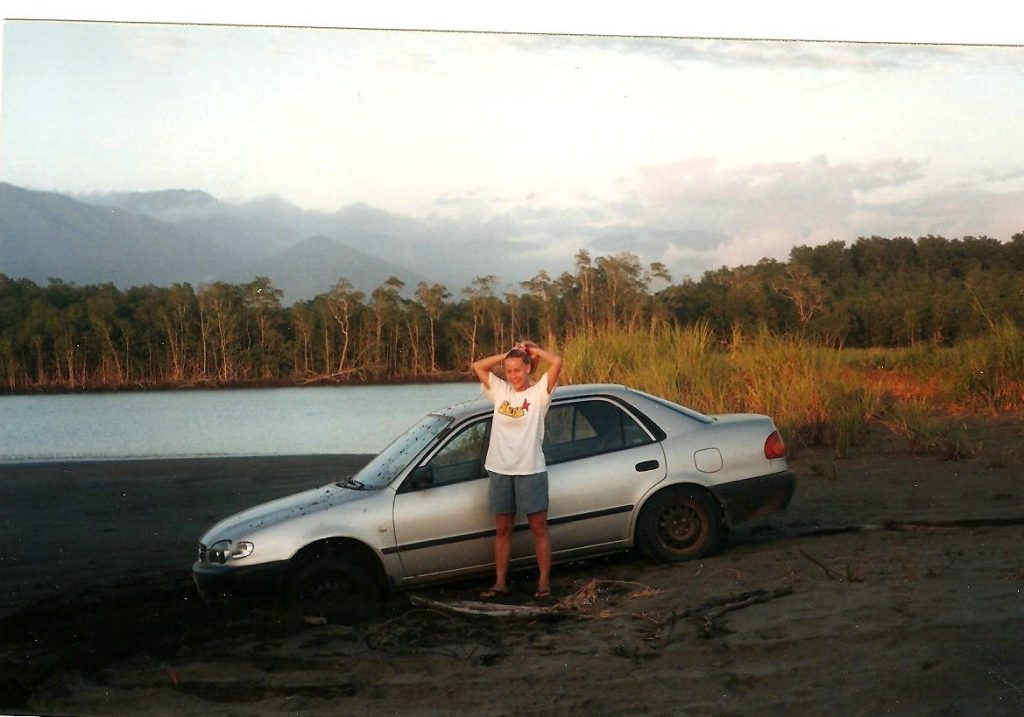
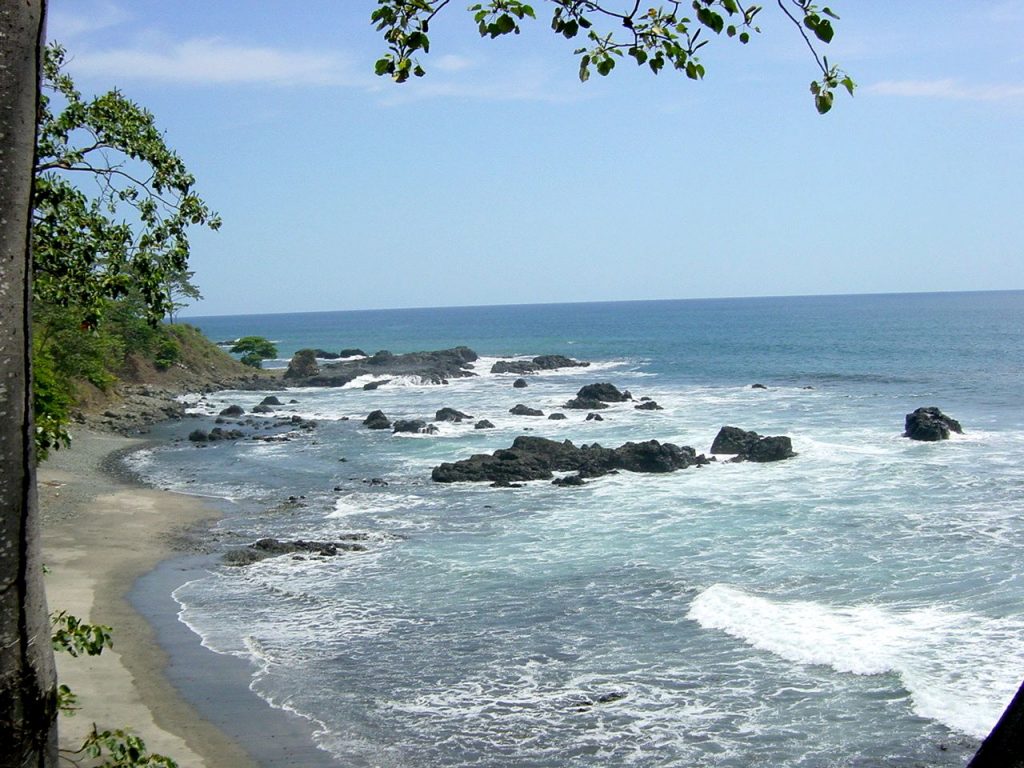
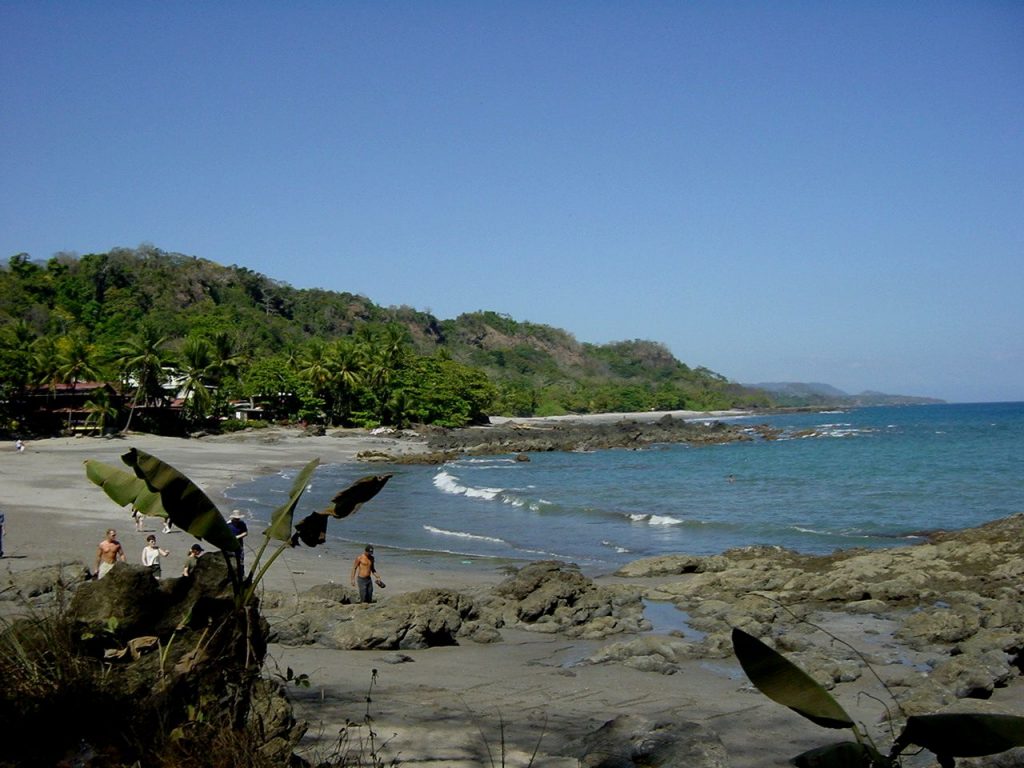
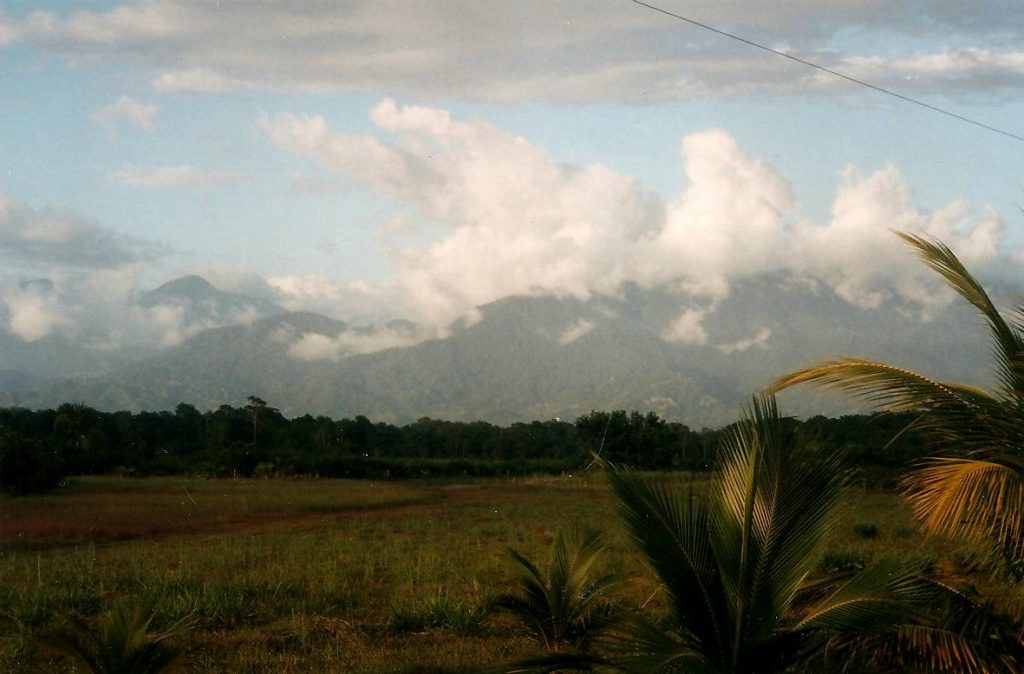
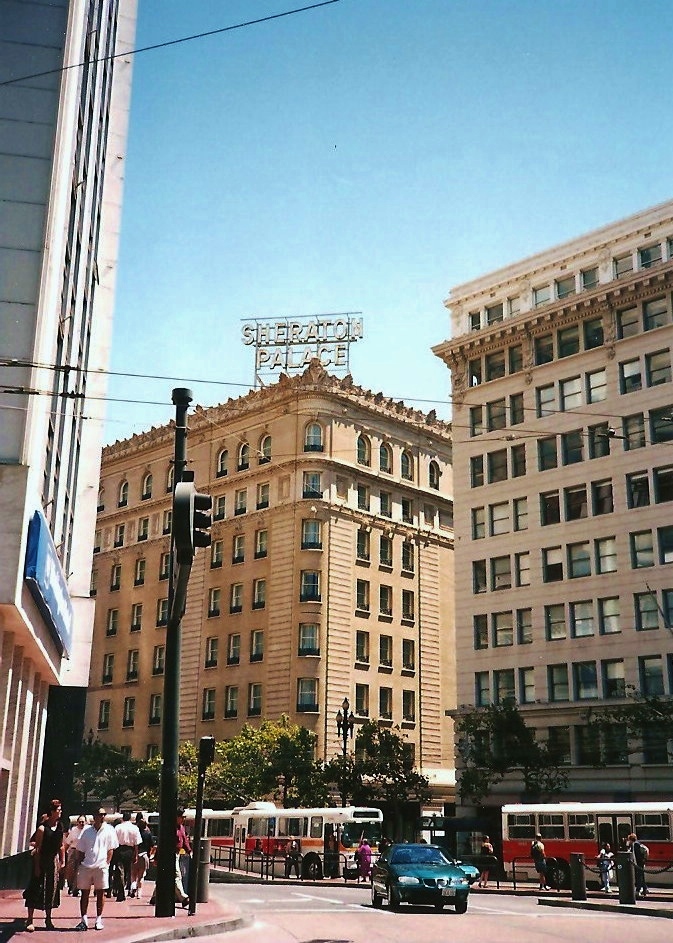
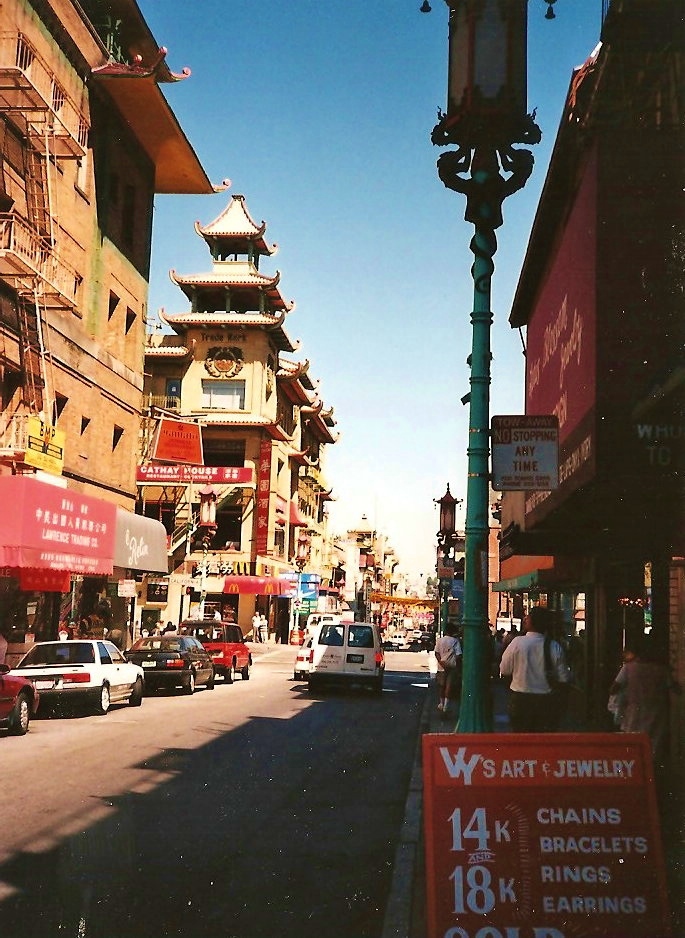
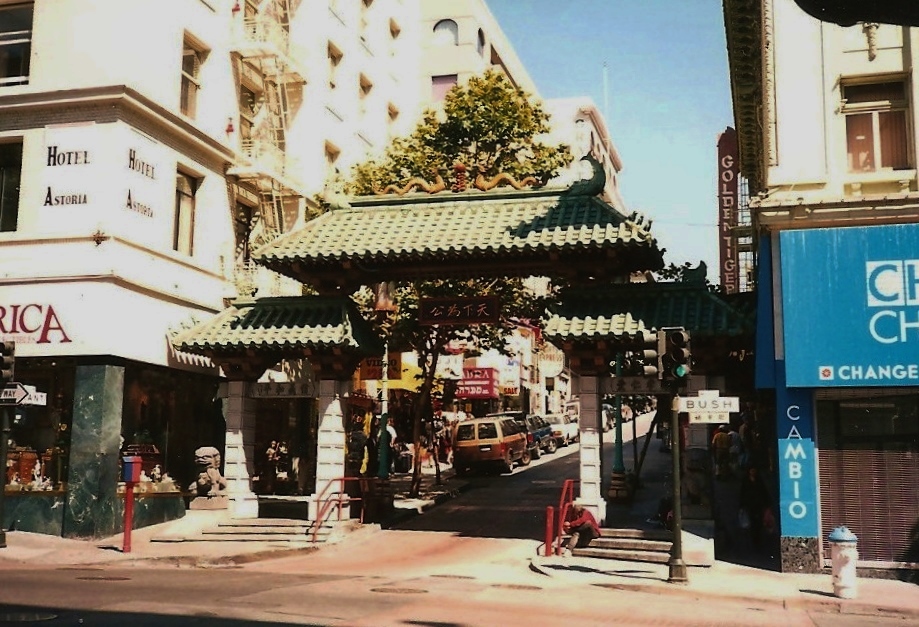
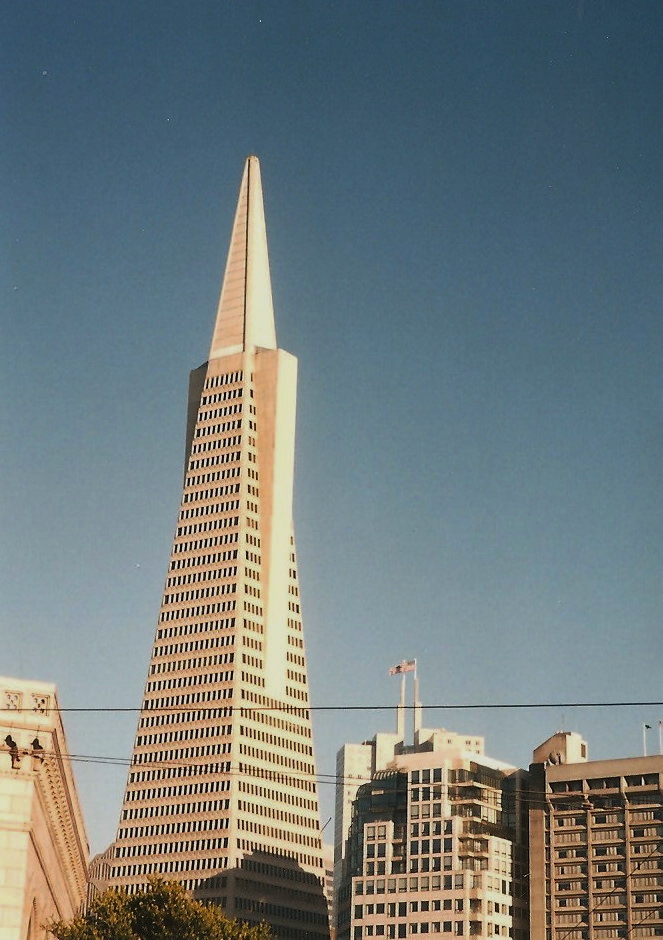
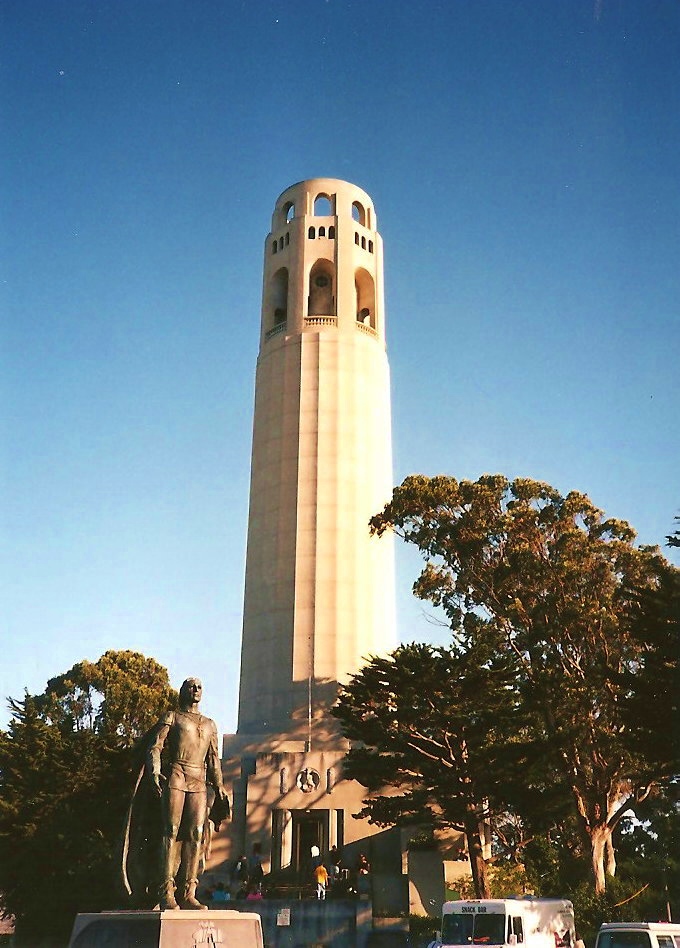
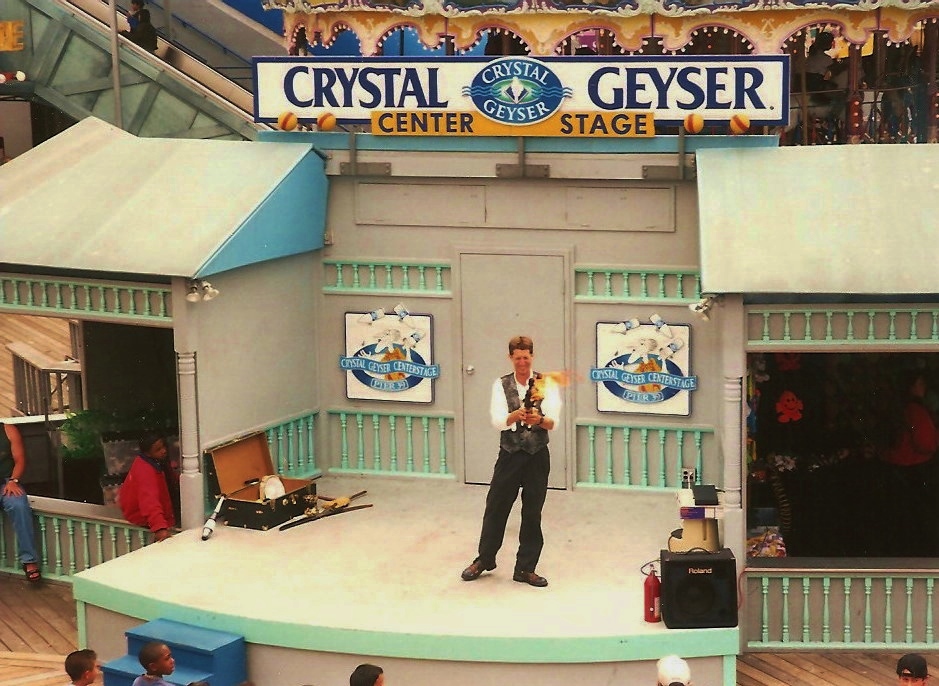 Following a zig-zag of streets, I continued strolling towards the shoreline where I arrived at Fisherman’s Wharf. I spent a few moments watching the street performers near Pier 39. Talented entertainers mesmerized their audience with magic tricks, feats of juggling and short stints at stand-up comedy. It was the first time I had ever seen a silver painted mime and was amazed at his talent of standing so still that I was convinced he was a statue.
Following a zig-zag of streets, I continued strolling towards the shoreline where I arrived at Fisherman’s Wharf. I spent a few moments watching the street performers near Pier 39. Talented entertainers mesmerized their audience with magic tricks, feats of juggling and short stints at stand-up comedy. It was the first time I had ever seen a silver painted mime and was amazed at his talent of standing so still that I was convinced he was a statue. 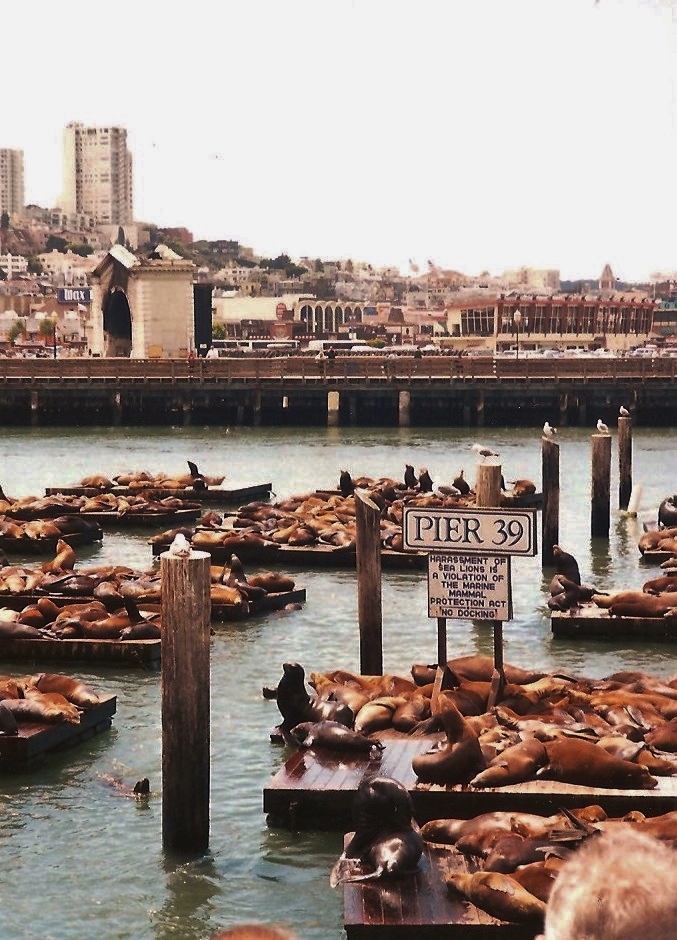
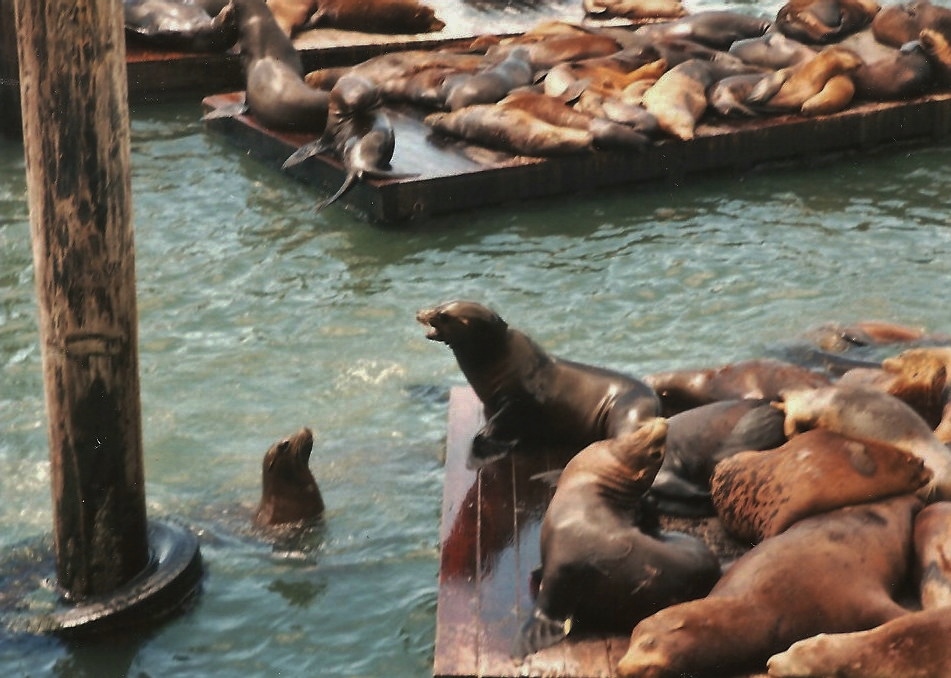
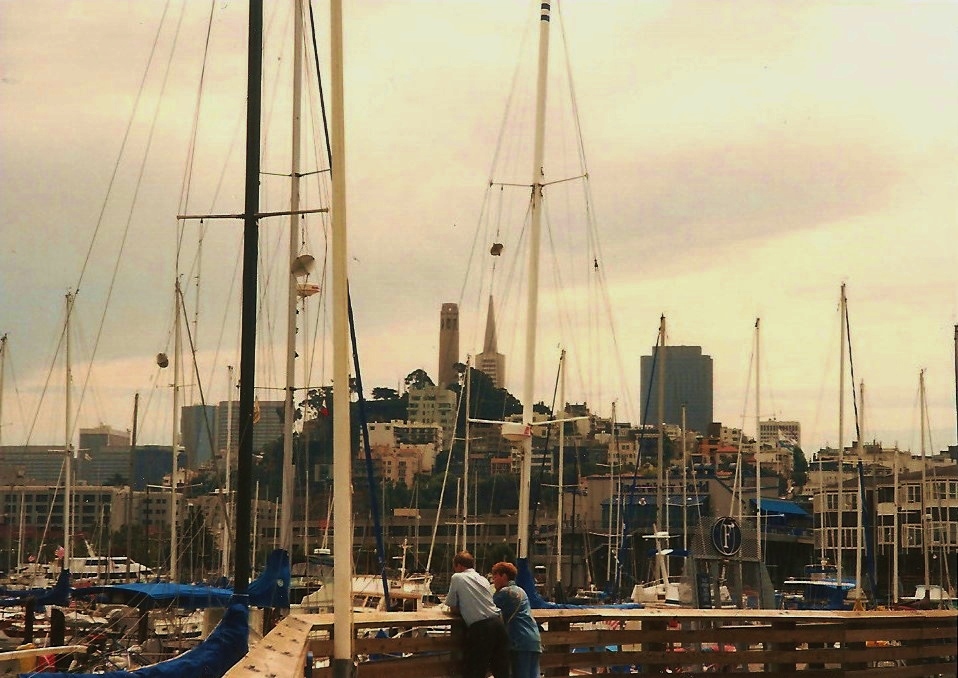
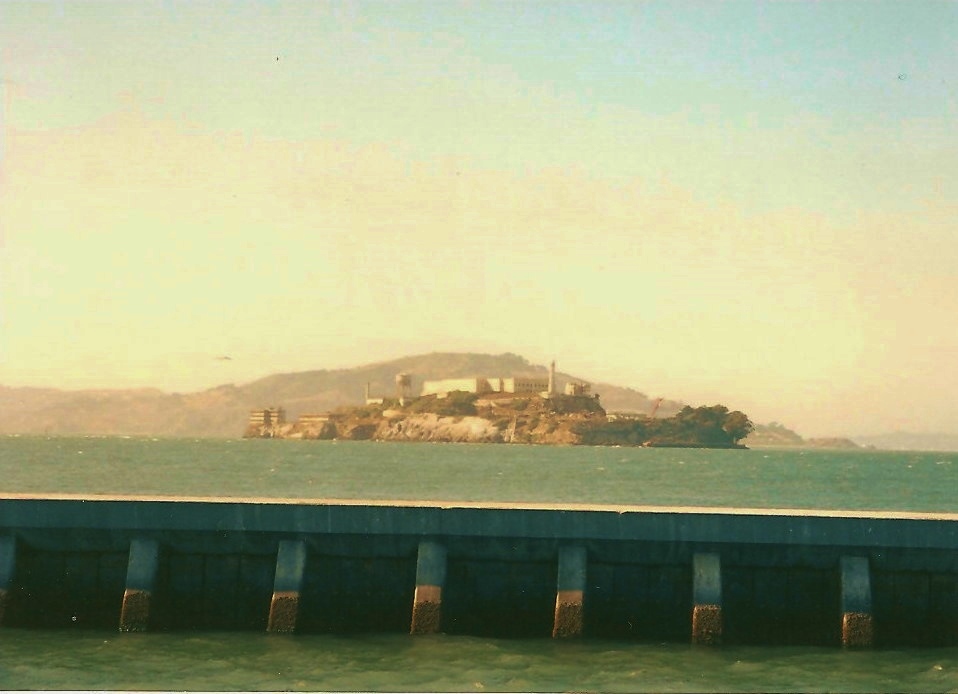
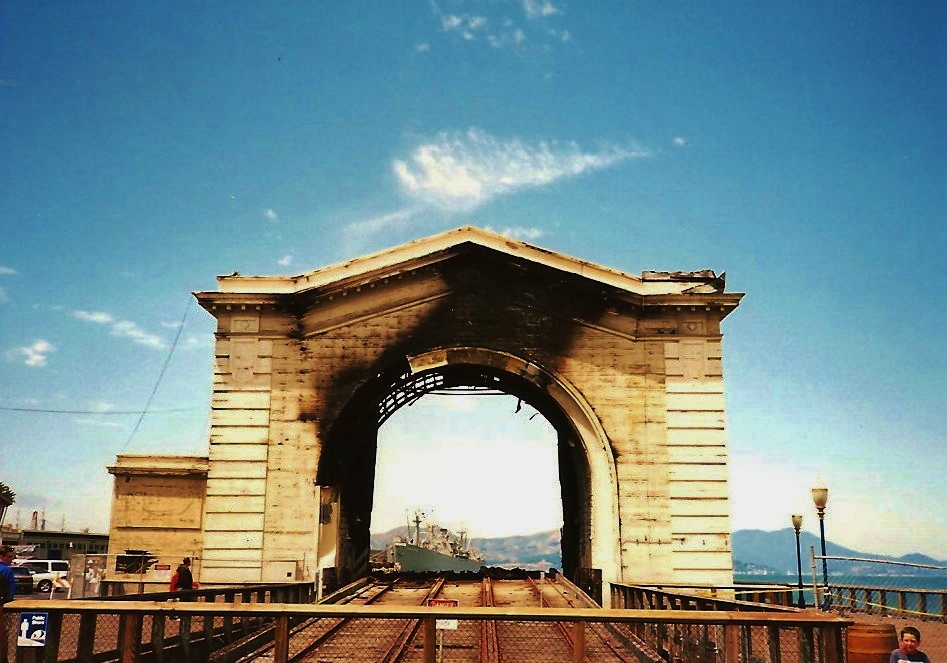
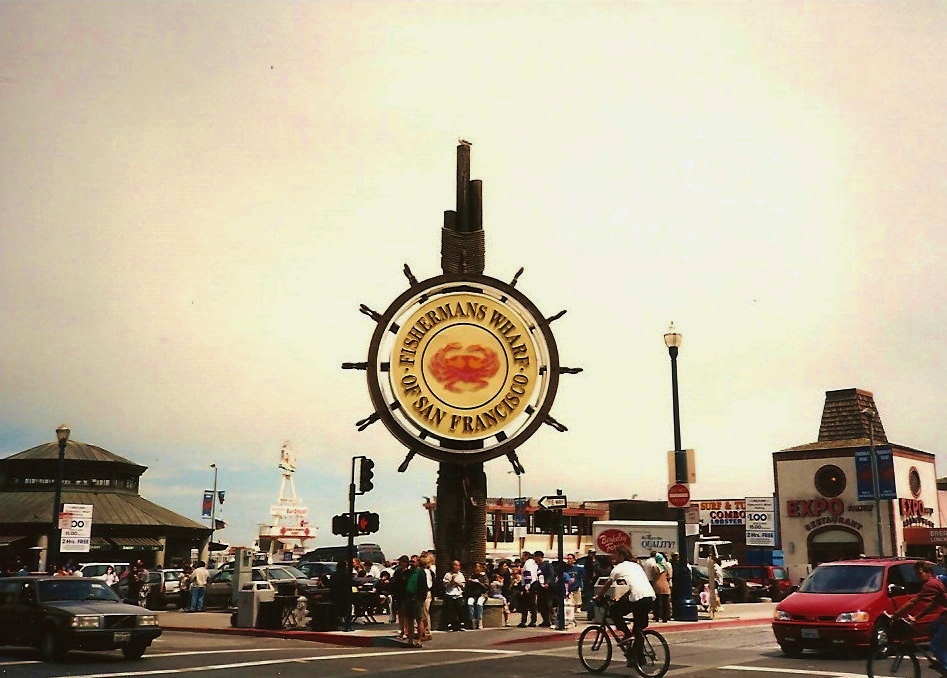
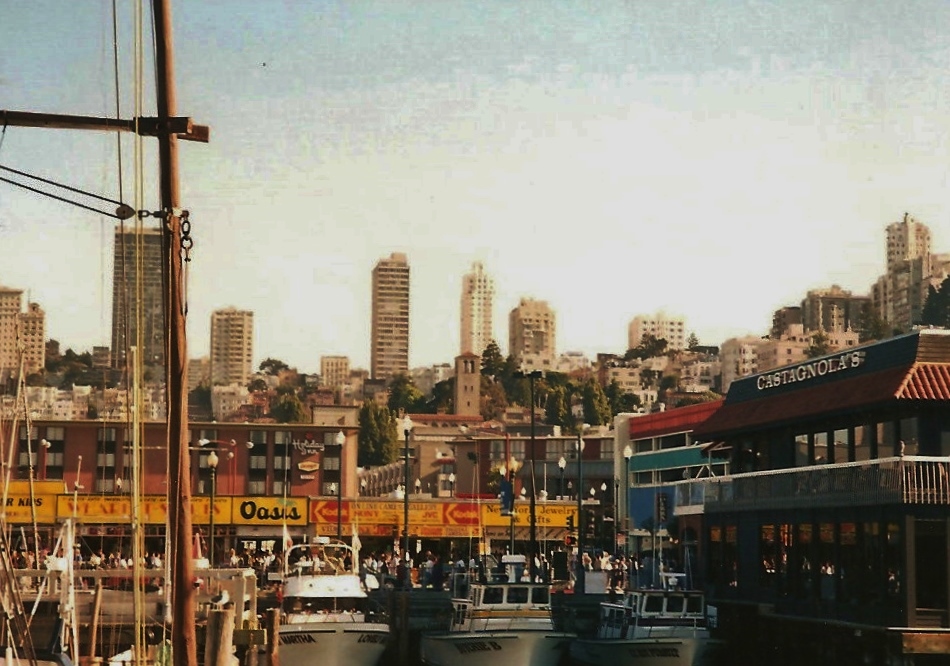
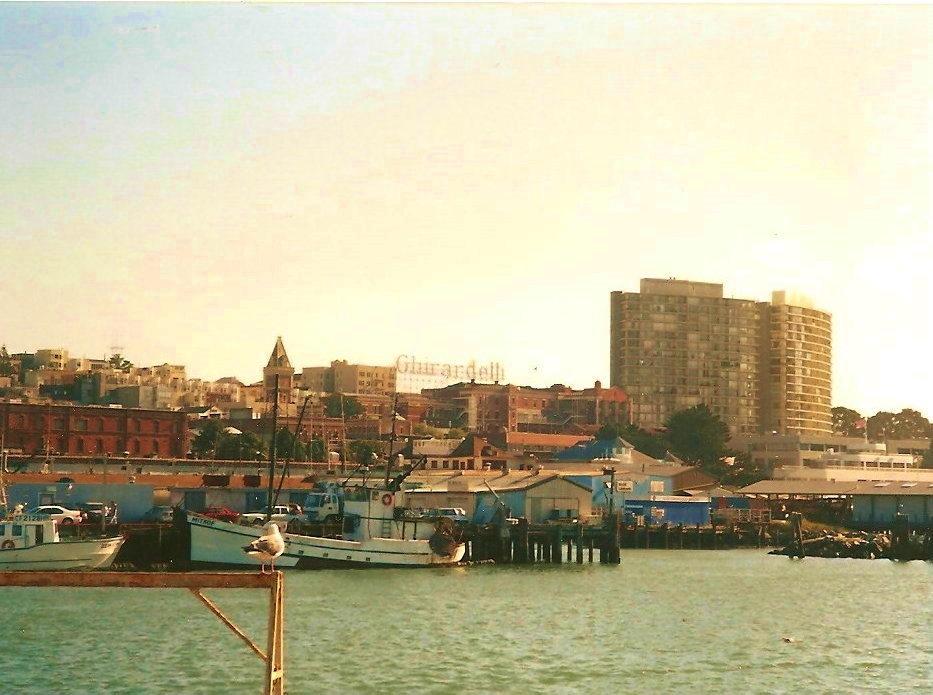
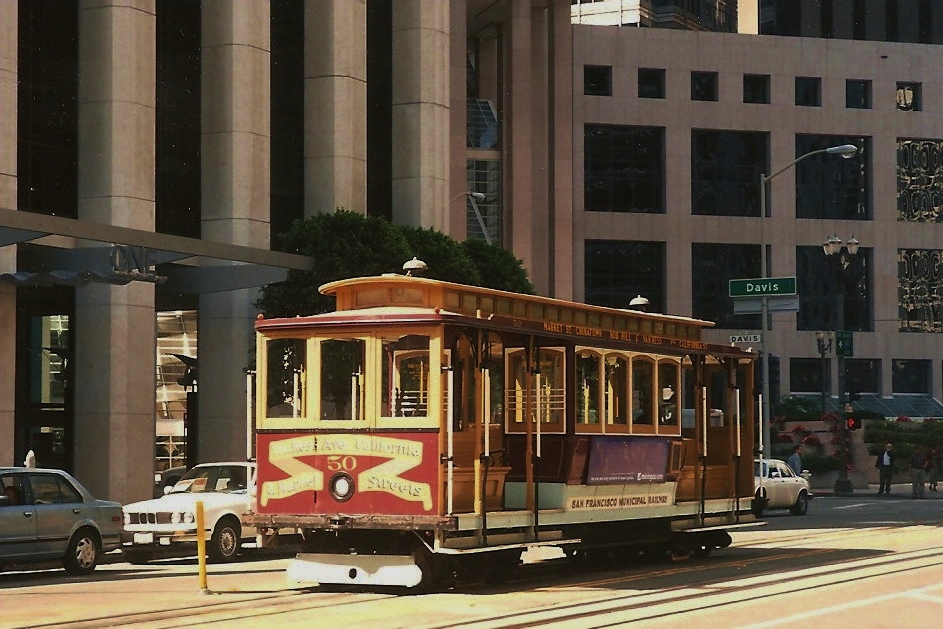
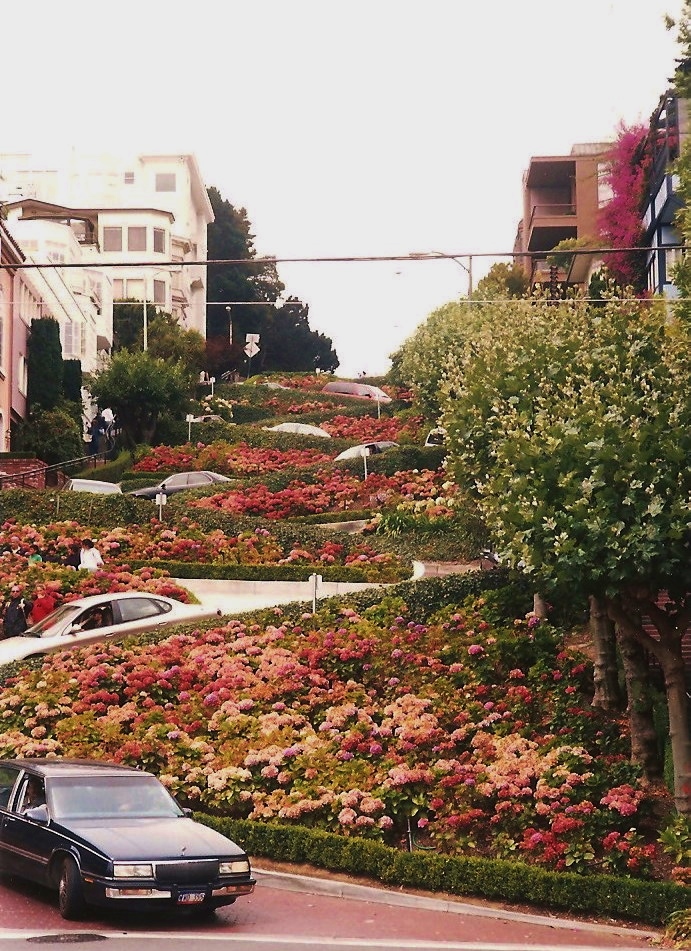
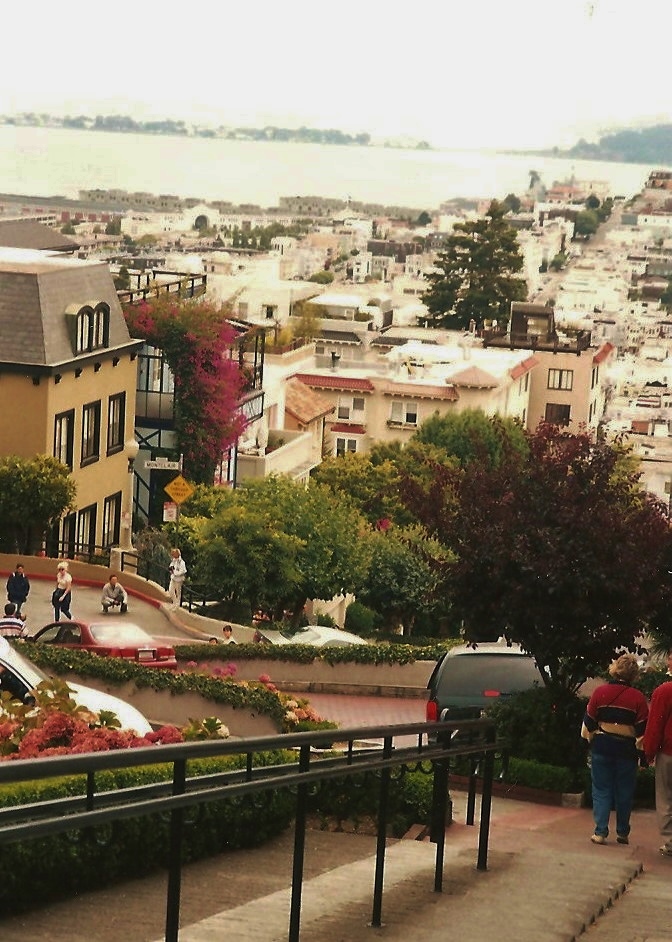

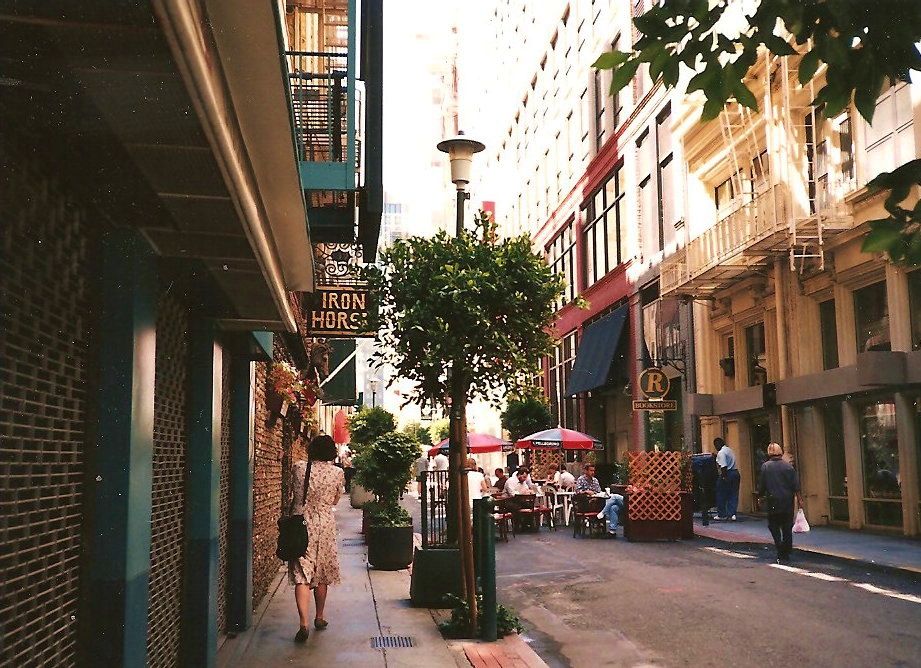
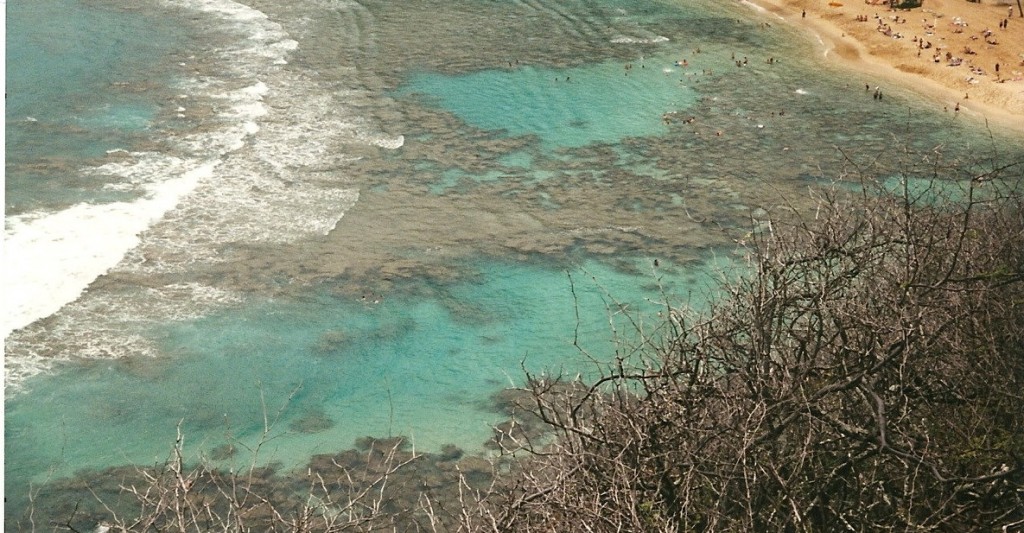
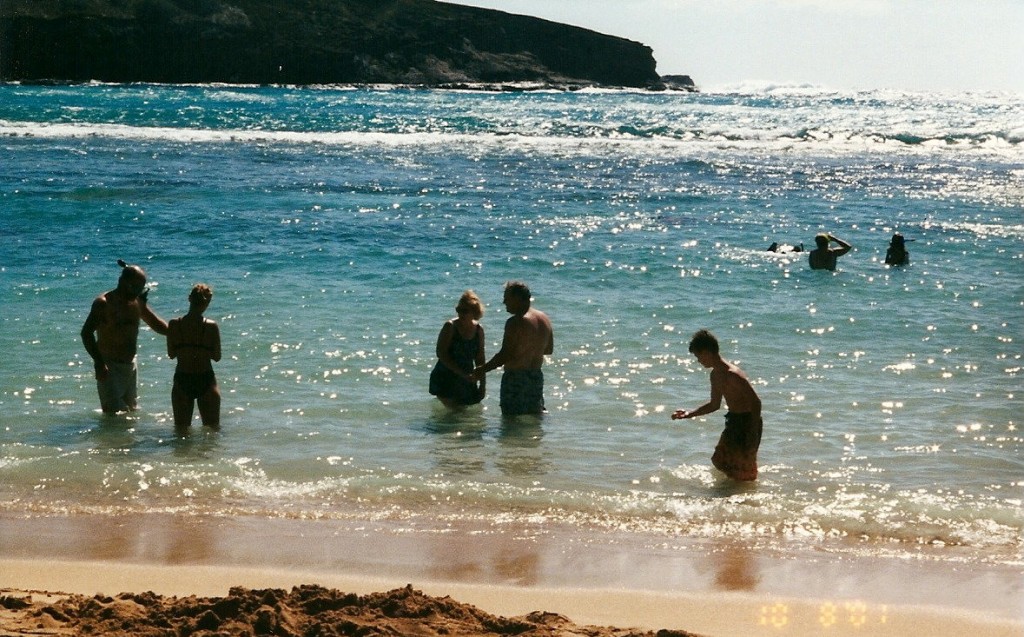
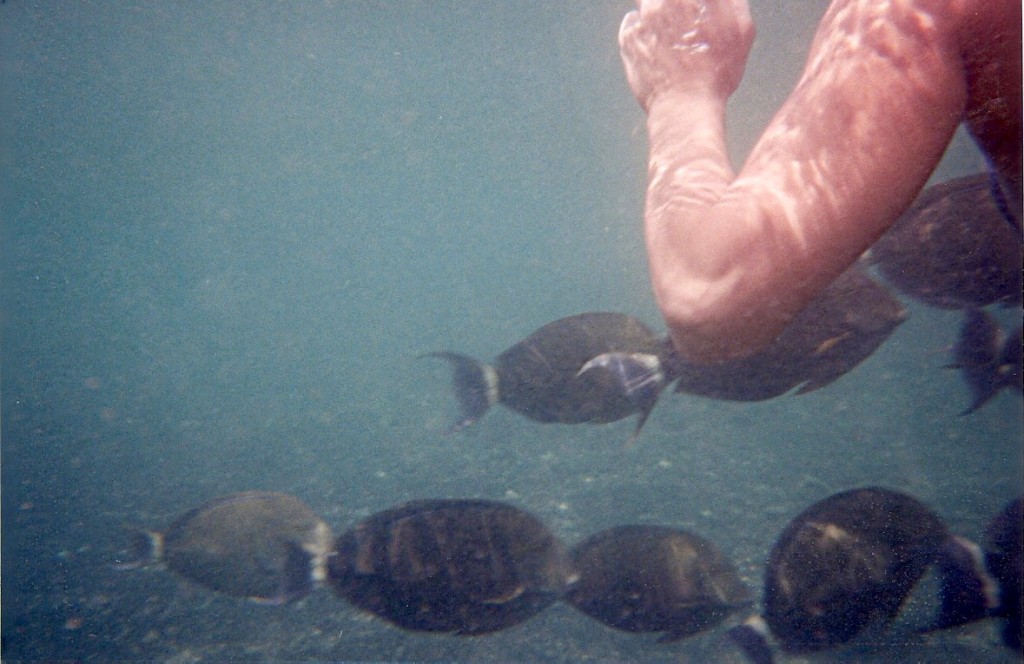

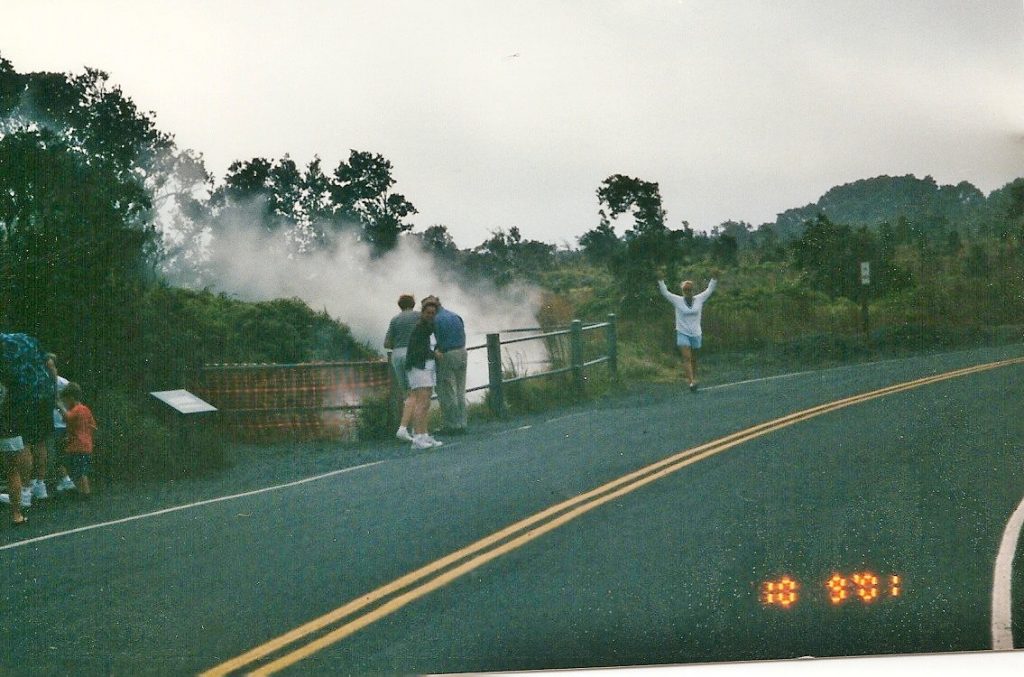
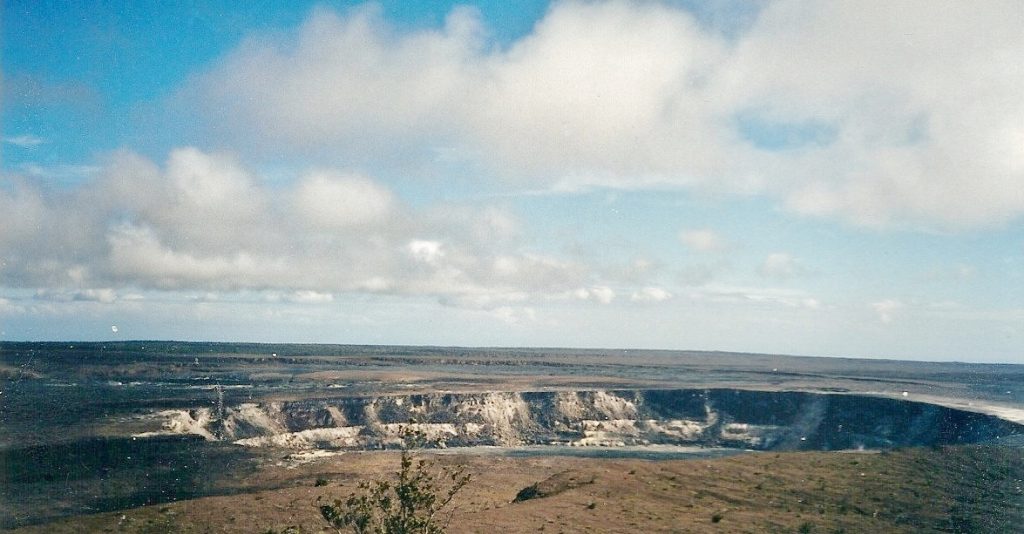
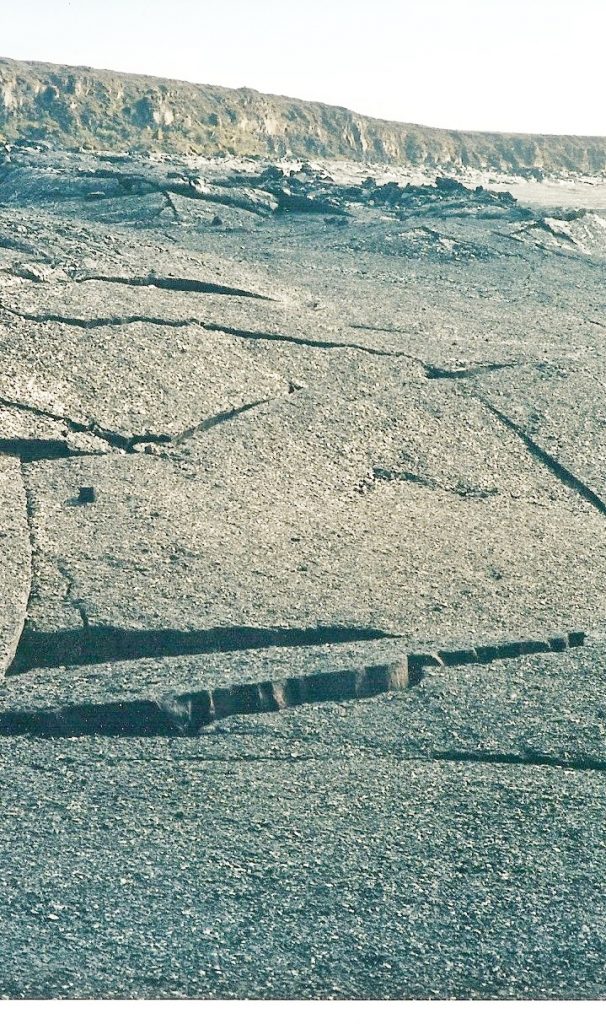
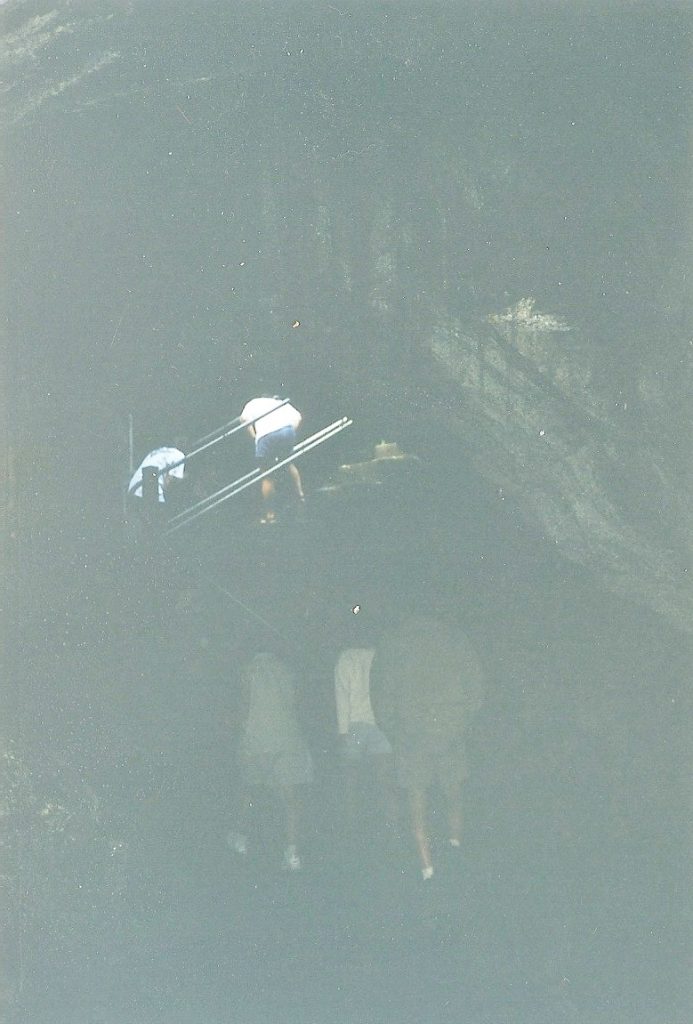

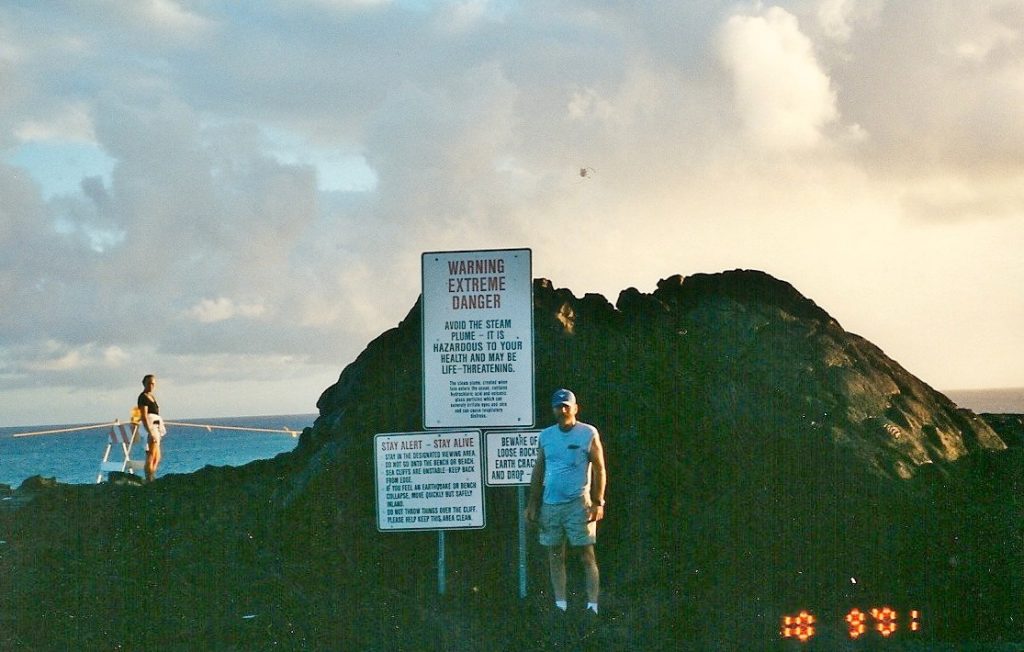

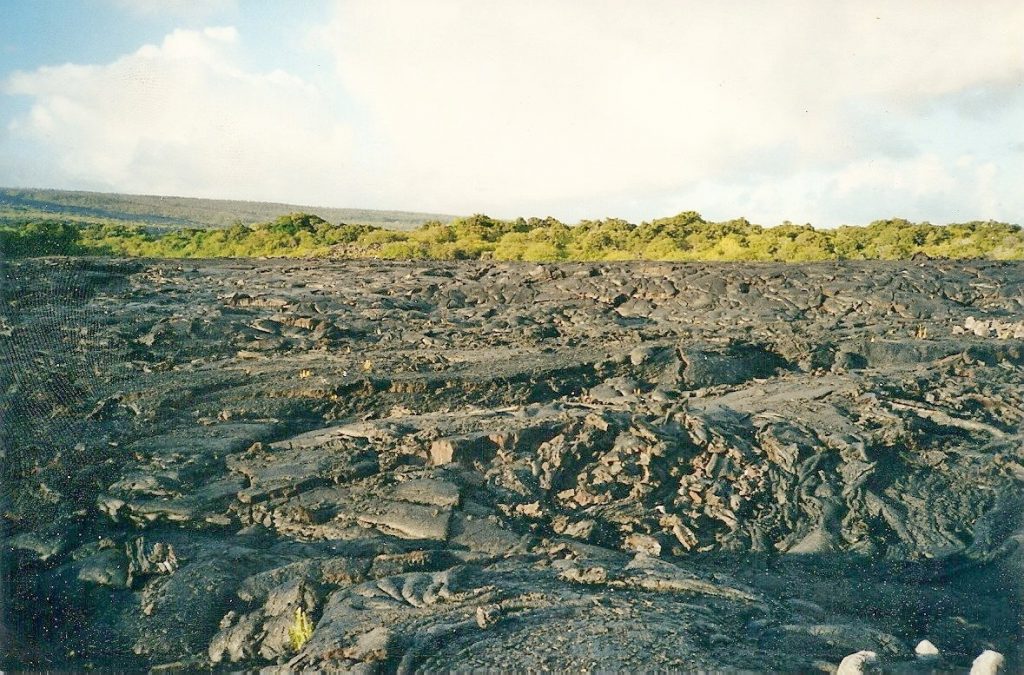
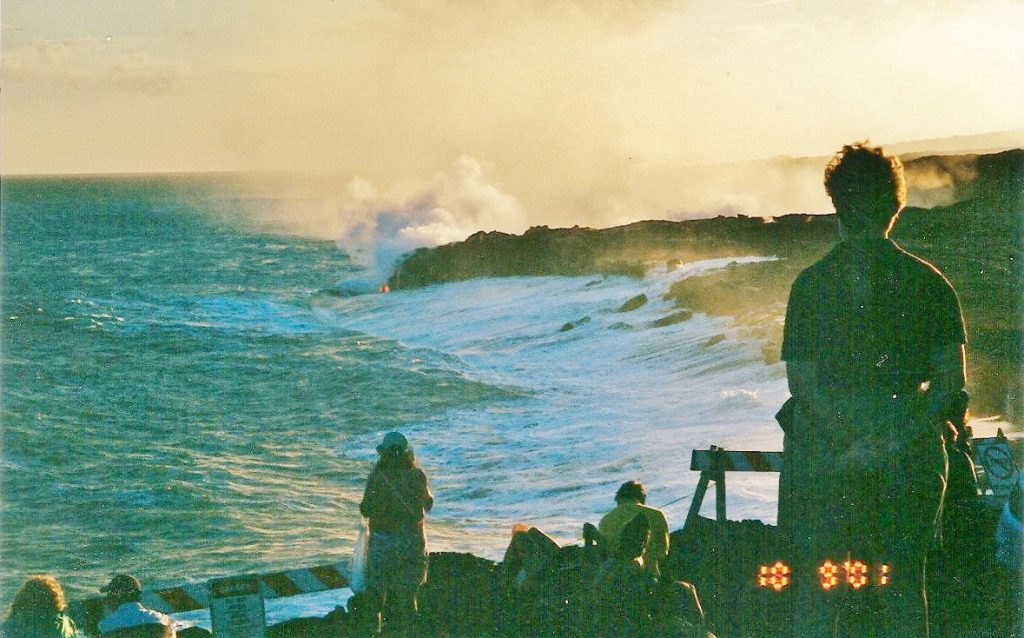
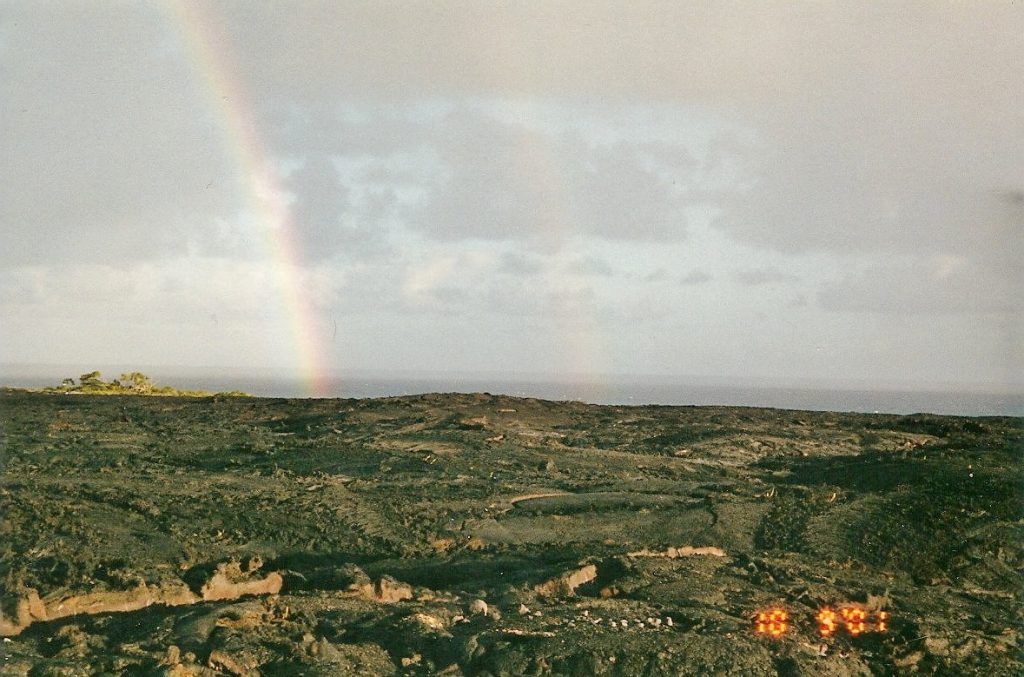
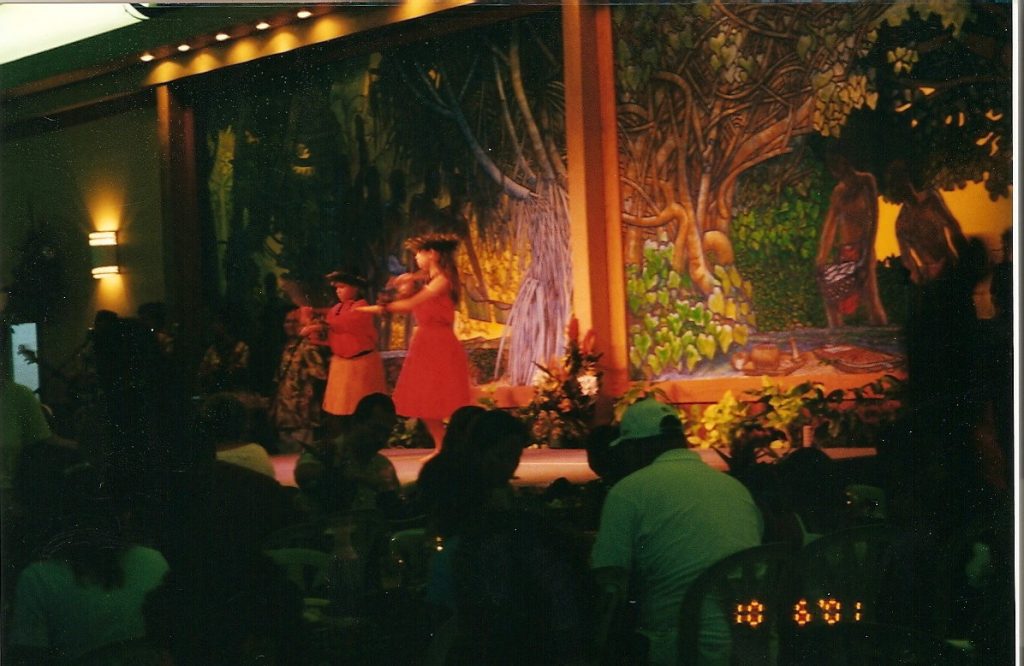
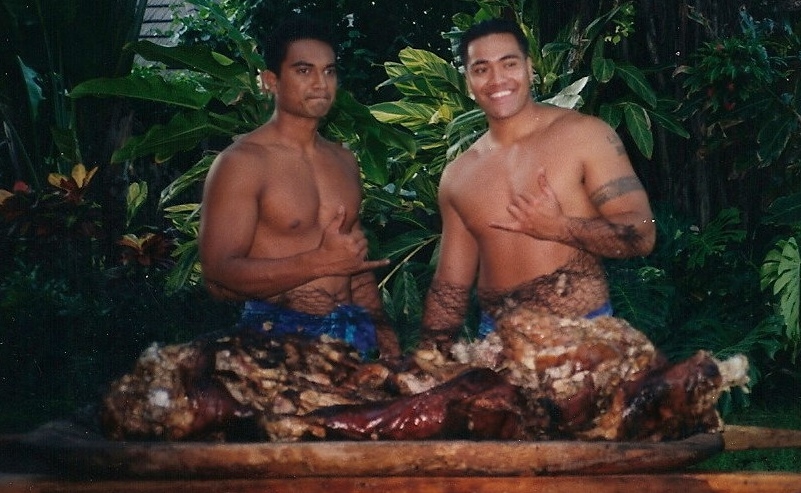
 Our flight arrived early enough to visit a couple of Kaua’i’s amazing waterfalls before sailing the Na’ Pali coast. Kaua’i, also referred to as the “Garden Isle,” is known for its spectacular mountains. Home to the Waimea Canyon, is is also known as “the Grand Canyon of the Pacific.”
Our flight arrived early enough to visit a couple of Kaua’i’s amazing waterfalls before sailing the Na’ Pali coast. Kaua’i, also referred to as the “Garden Isle,” is known for its spectacular mountains. Home to the Waimea Canyon, is is also known as “the Grand Canyon of the Pacific.”